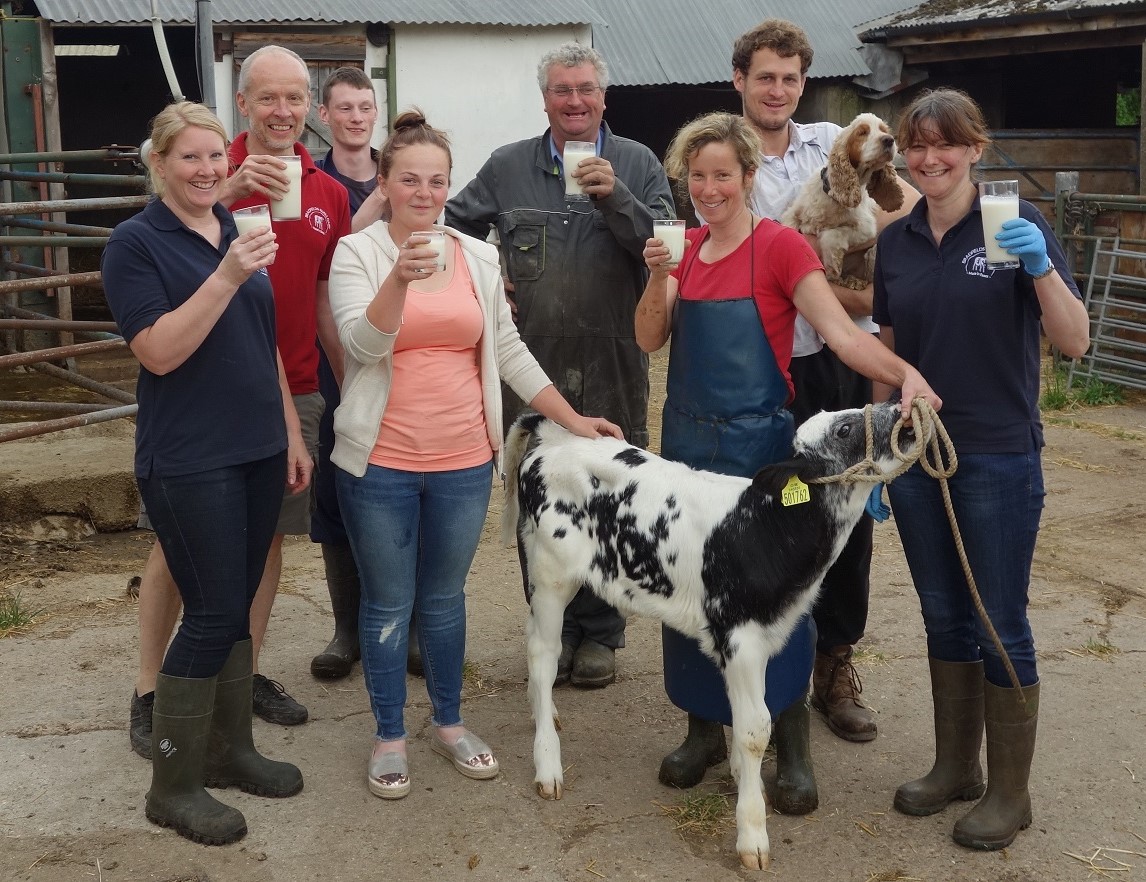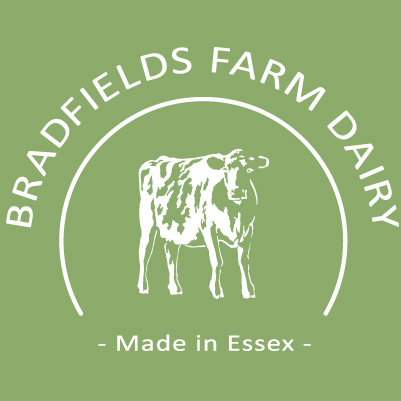Bradfields Farm dates back hundreds of years. The farmhouse itself is thought to be over 400 years old and the site was one of three early Manors in North Benfleet. It has been known as Bardwells, Bardfields and Birdfields over the years.
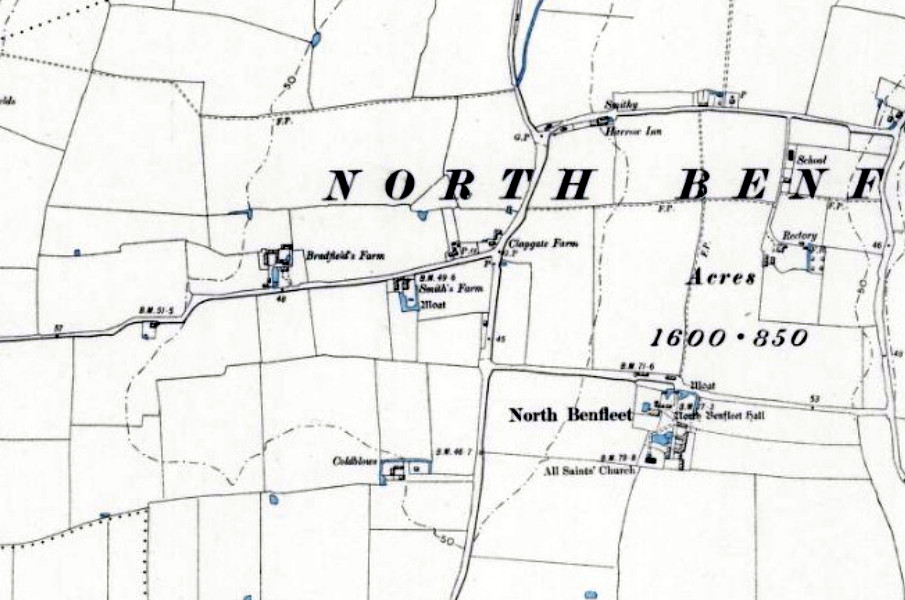
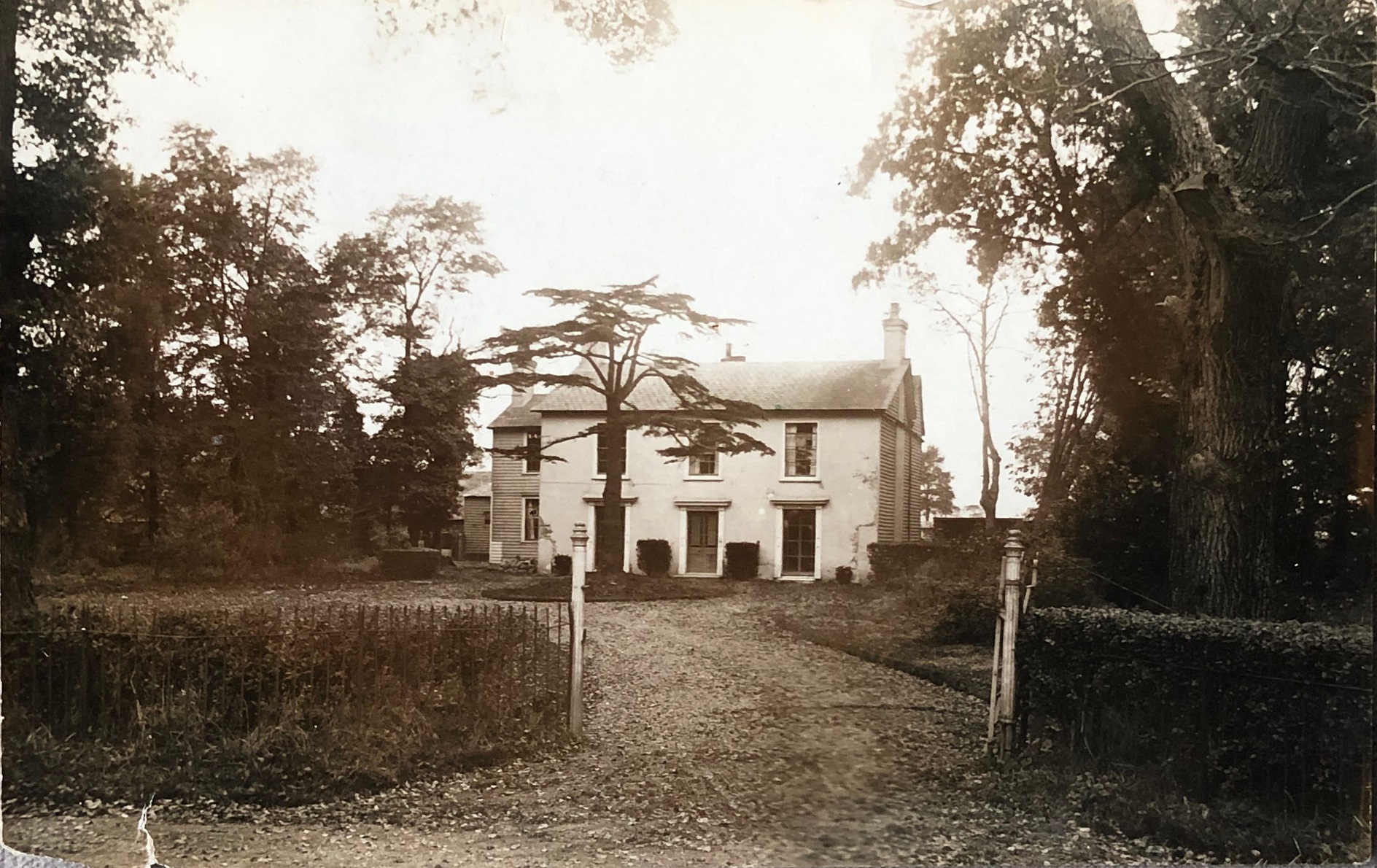
The Sparks family
There are Sparks family members in the North Benfleet parish records going back to 1736. The earliest document we have found so far showing ownership of Bradfields Farm is the will of Thomas Sparks which gained probate on his death in 1832. It begins:
“I Thomas Sparks of North Benfleet in the county of Essex farmer do make and declare my last will and testament in manner as following first I give and devise unto my eldest son Thomas Sparks his heirs and assigns all that my freehold mortgage or [ ] and farm situate in North Benfleet aforesaid called and known by the name of Bradfields otherwise Bardwells”
Sadly, his son Thomas Sparks was buried in North Benfleet churchyard in 1835, aged 29.
By the 1841 census, the record for Bradfields Farm includes:
John Sparks, age 20 Farmer
Mary Sparks age 45 Independent means
It looks as though young John Sparks took on the farm after his brother’s death and was living at Bradfields with his mother.
By the 1851 census, he is married with children:
John Sparks, head, age 34, Farmer 750 acres, 17 labourers
Eleanor Sparks, wife, age 30
Mary Sparks, mother, widow age 61
By 1861 John Sparks owns much less land and has more children, the list includes a housemaid, cook and a groom all living at the farm:
John Sparks, head age 44, Farmer of 250 acres employing 6 labourers and 4 boys, born North Benfleet,
Eleanor Sparks, wife, age 41
In 1871, John Sparks aged 54, born North Benfleet is living in Croydon and working as an East India and Egyptian Merchant while Bradfields is owned by Wellington Long, who was born in Corringham in 1823.
We don’t know when he bought Bradfields. He is shown as a farmer in Corringham in the 1855 The 1871 census reads:
Wellington Long, age 35, born Corringham
Farmer farming 450 acres, employing 17 men, 10 boys and 3 women
Mr Long is responsible for improving the farmhouse, he added extra rooms to the west and extended the front replacing the weather boards with the plaster finish it has today.
Wellington Long died not long after the census, in 1872. The Return of Owners of Land, 1873 shows that Long, W. S, Executors of” owned 124 acres, 1 rod and 18 perches of land in North Benfleet.
The next family we know of at Bradfields is the Dormans. In 1901 we have a firm record of Dormans at Bradfields in the census:
William Dorman, head, widower, age 71, Farmer, Employer
Arthur Dorman, head, age 39, Farmer’s son, Worker
Agnes L Dorman, wife, age 39
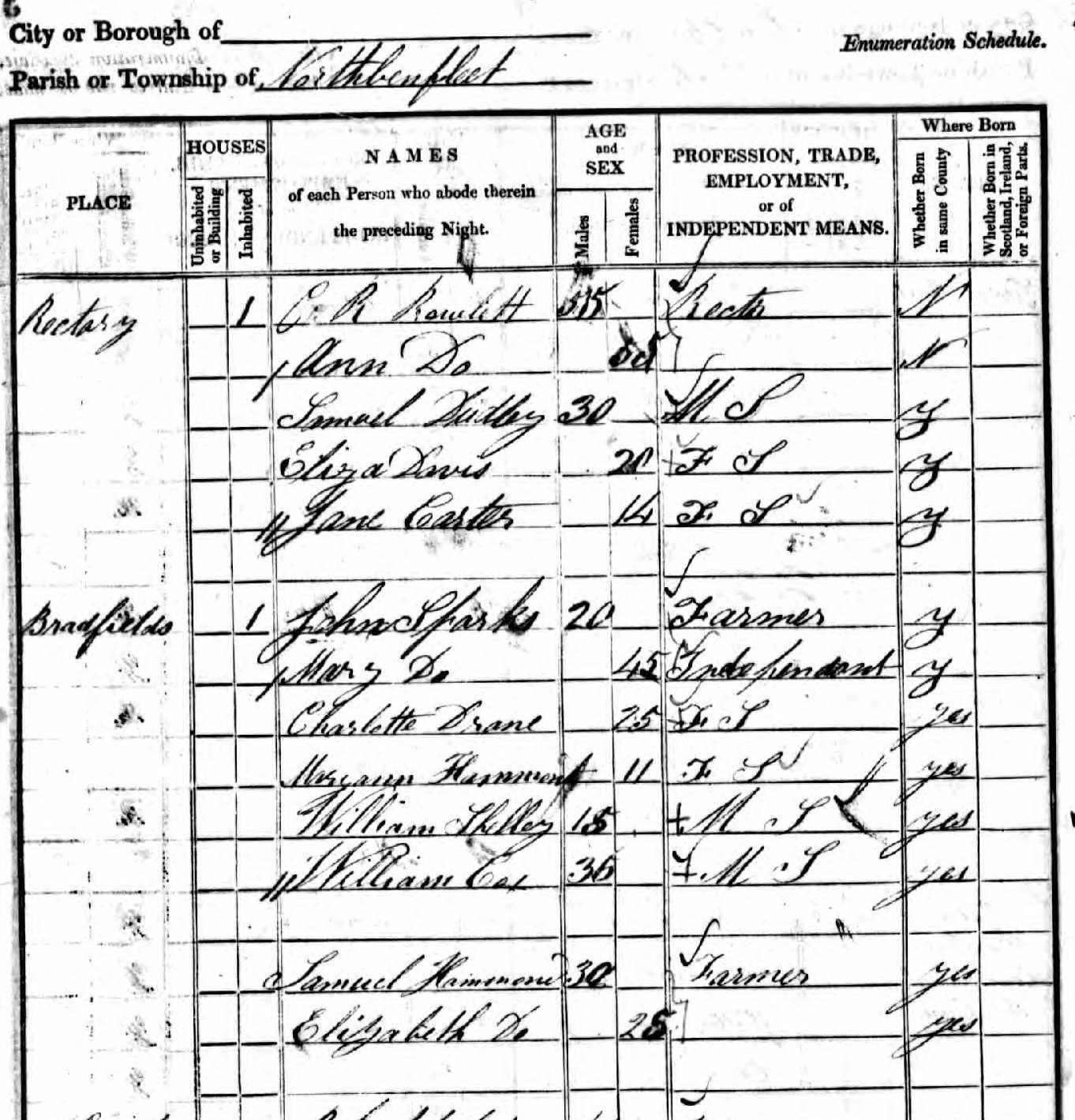
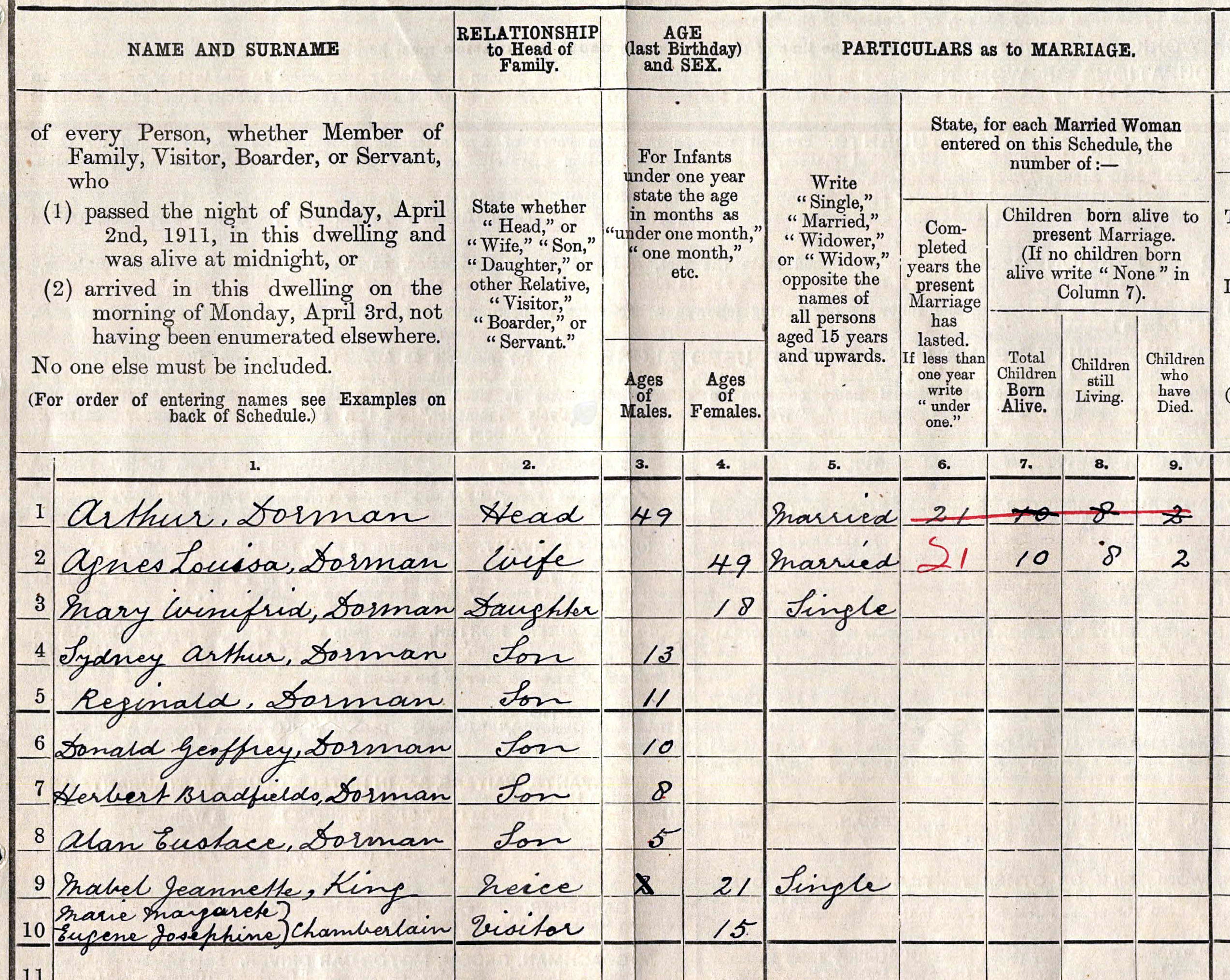
By the 1911 census, William has died and Arthur and Agnes have more children, including Herbert Bradfields Dorman age 8, who they have named after the farm!
Arthur Dorman, head, age 49 Farmer
Agnes Louisa Dorman, age 49
Herbert Bradfields Dorman age 8
The Dorman’s put the farm up for sale in 1913, at the time they had both Bradfields and North Benfleet Hall farms. We presume they sold to Joshua Rainer who sold it 9 years later.
Richard Arthur James Lambert bought Bradfields in 1922 from Joshua Rainer. He was not a farmer himself, he was a commercial traveller for the haberdashery firm W Williams & Son (Bread Street) Ltd.
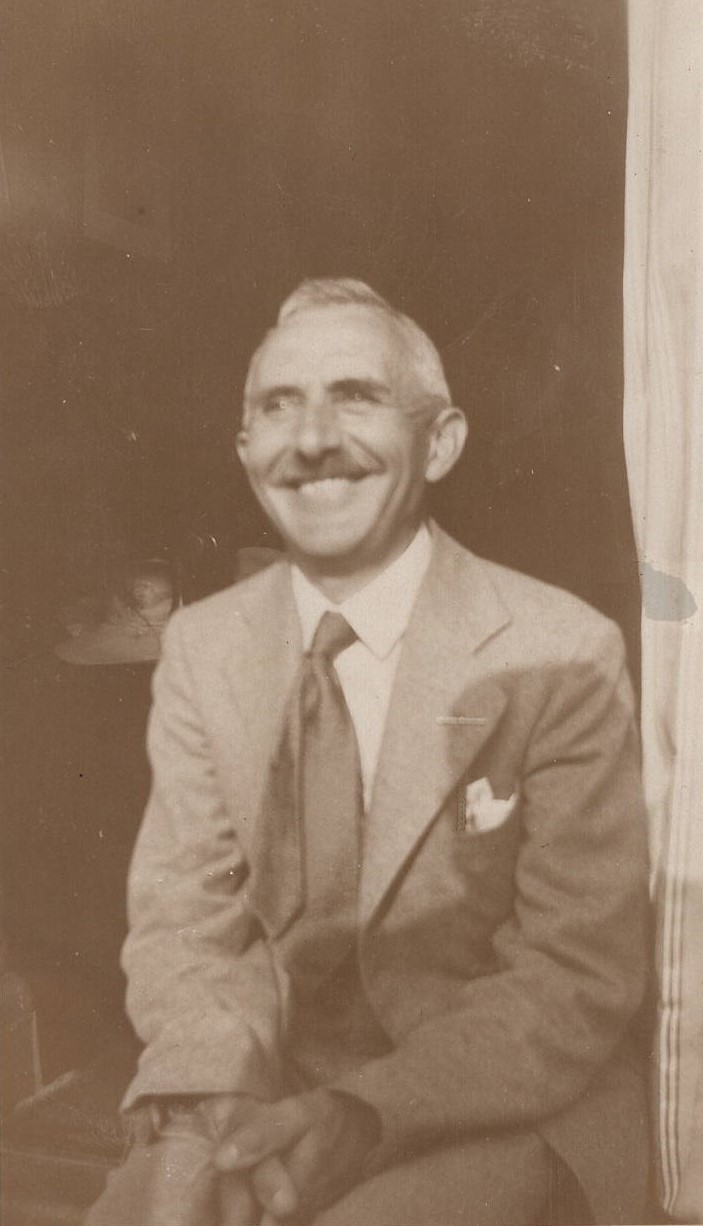
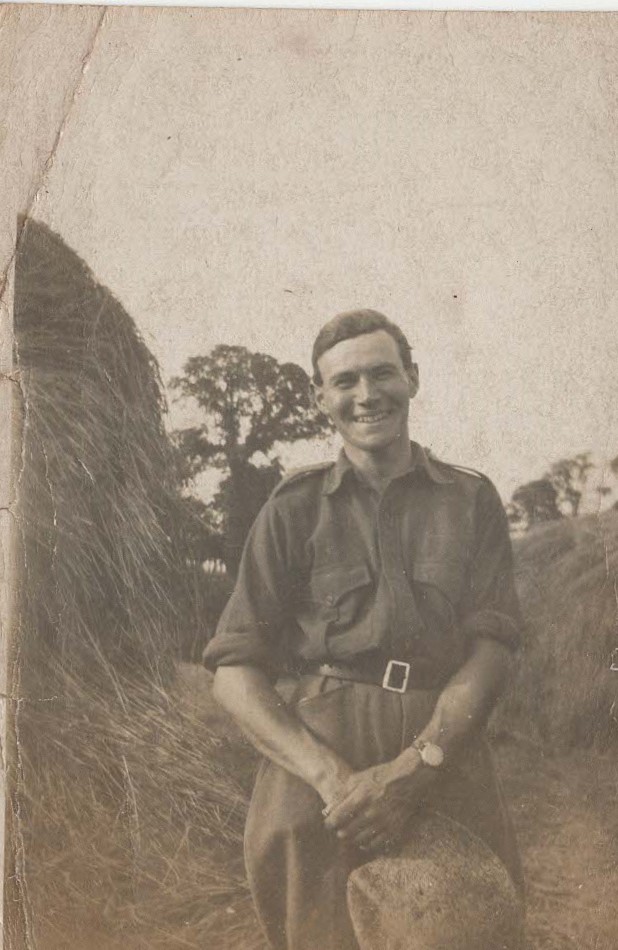
The 1920’s and 30’s
Bradfields Farm has been farmed by the Lambert family since 1922. When Reg Lambert was young, he dreamt of being a farmer. His parents decided to send him off to the Middle East to work on the telegraph (morse code) and see the world and forget farming. He returned to England with malaria and a continued desire to live his farming dream.
In spring 1922, the terms were agreed for the sale of Bradfields from Mr Thomas Rayner to Mr Richard AJ Lambert. The Valuation was drawn up by Messers Rumsey of Rochford on the 22nd of April and lists everything on the farm when our grandfather Reg took it on.
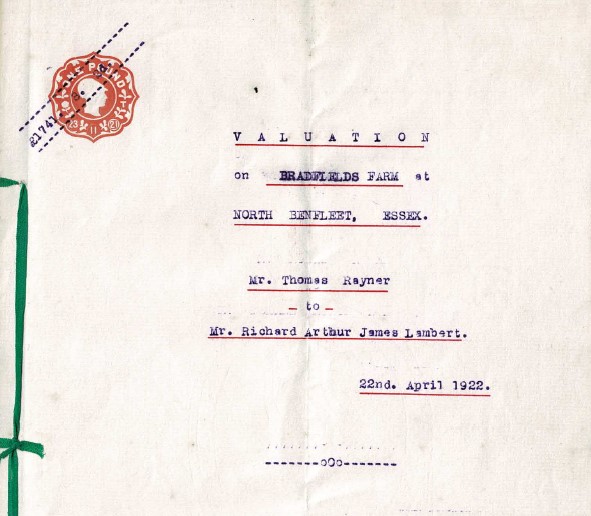
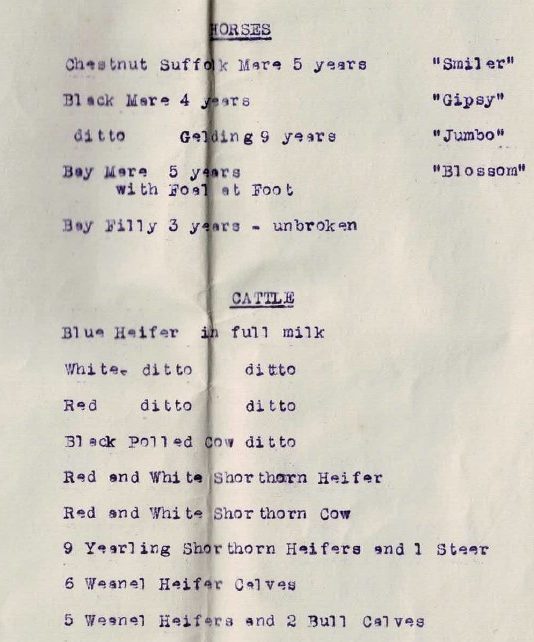
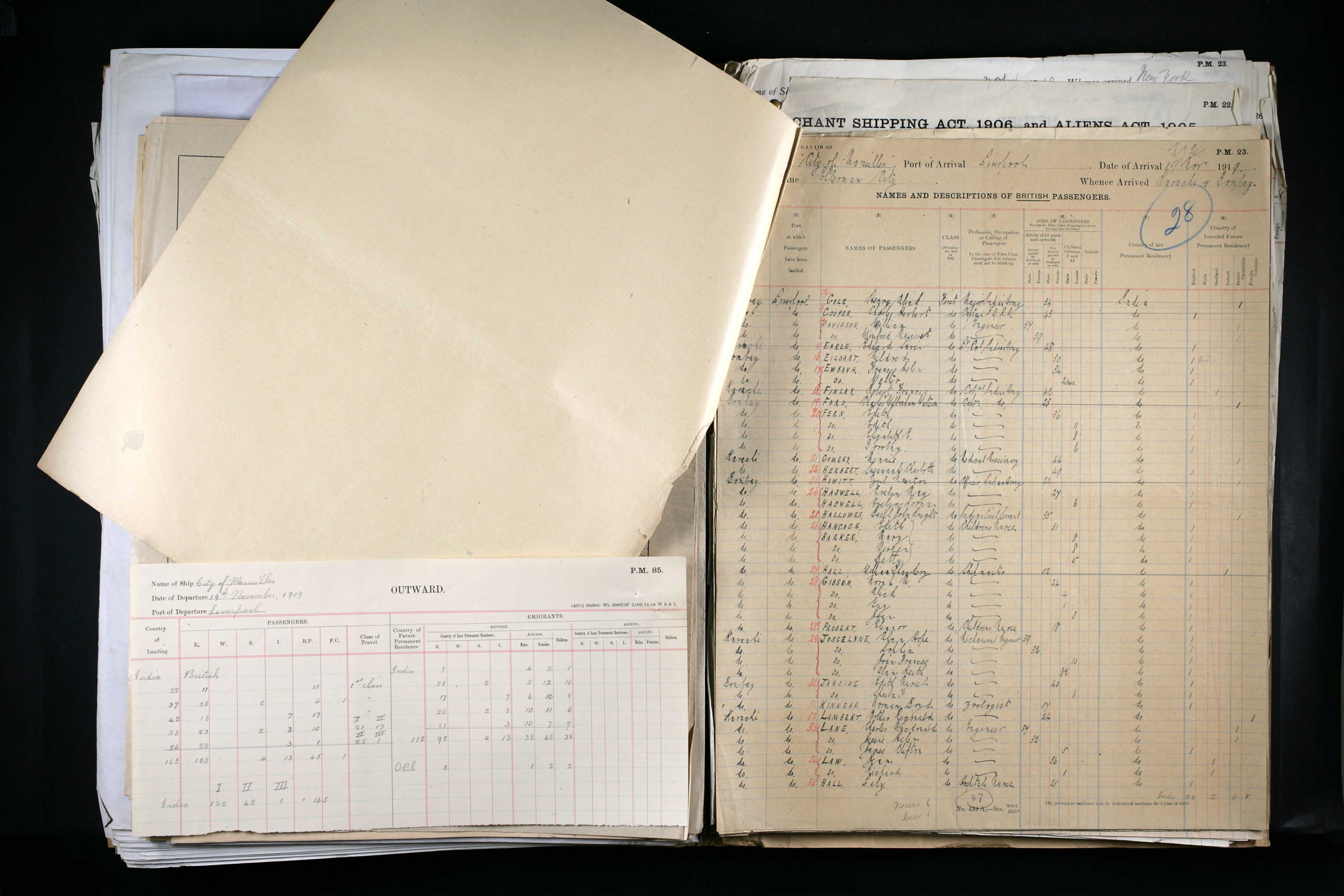

In the twenties Reg lived with his parents at Bradfields and would write to his fiancée Millicent Winifred Wright (Wynne) while he proved himself as a farmer. In 1927 Wynne lodged in Ilford while she worked in an insurance office and he wrote to her regularly.
“One little piece of news I have that I know will please you and your people. We are going to have a written contract as tenants of Bradfields so that as long as we pay the rent and want to stay we are secure. I wonder how quickly we can save enough money to farm somewhere lighter. This weather is getting a bit too much for this soil. We shall have to look out for a nice hill to live upon next time”.
So, some things never change and the London clay soil here was a struggle to deal with then as it is now!
Reg’s letters show that it was, as many farms were then, very varied and a true mixed farm. With hay cut, wheat and oats harvested pigs, cows and lots of chickens. There used to be 400 farms with cows in Essex and now there are only 5!
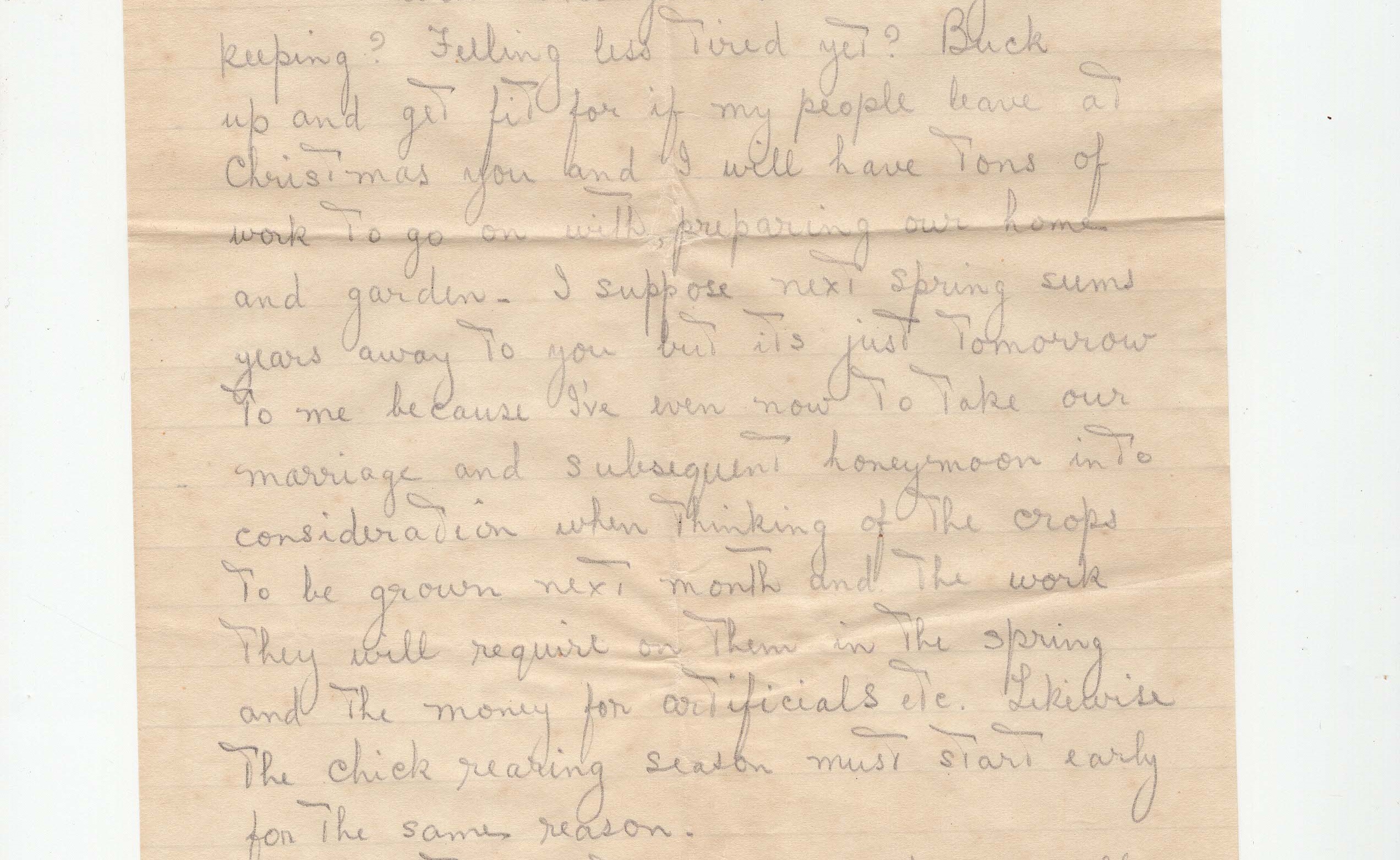
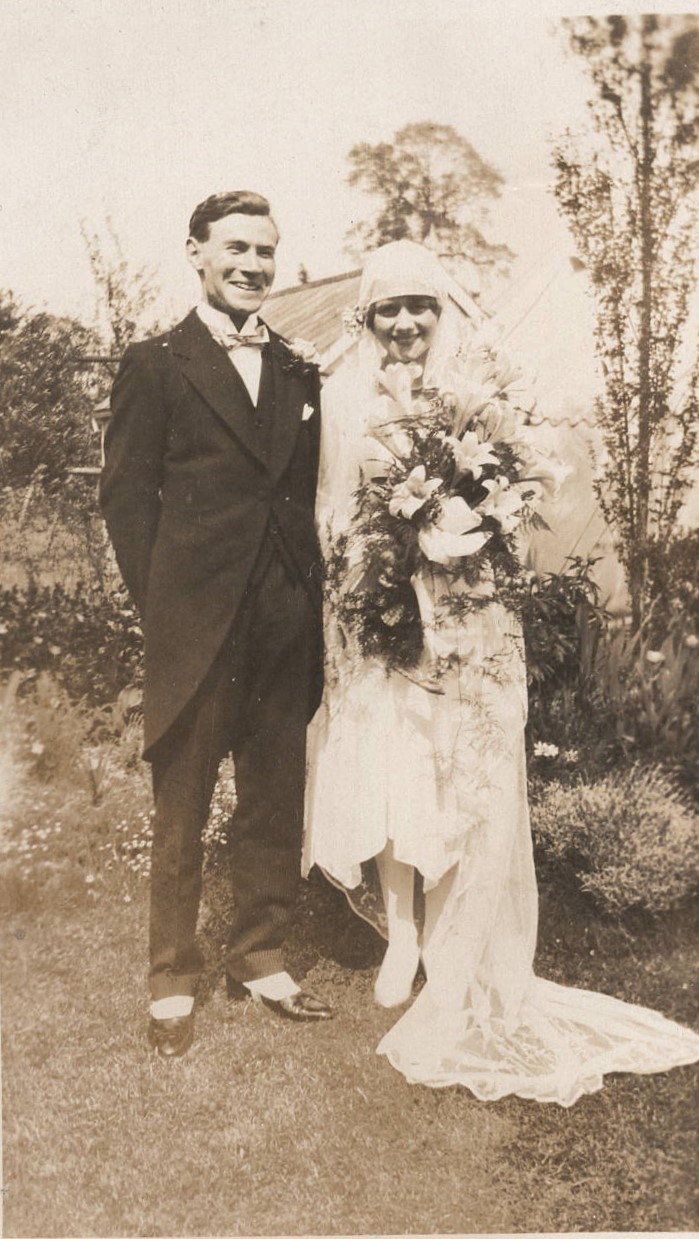
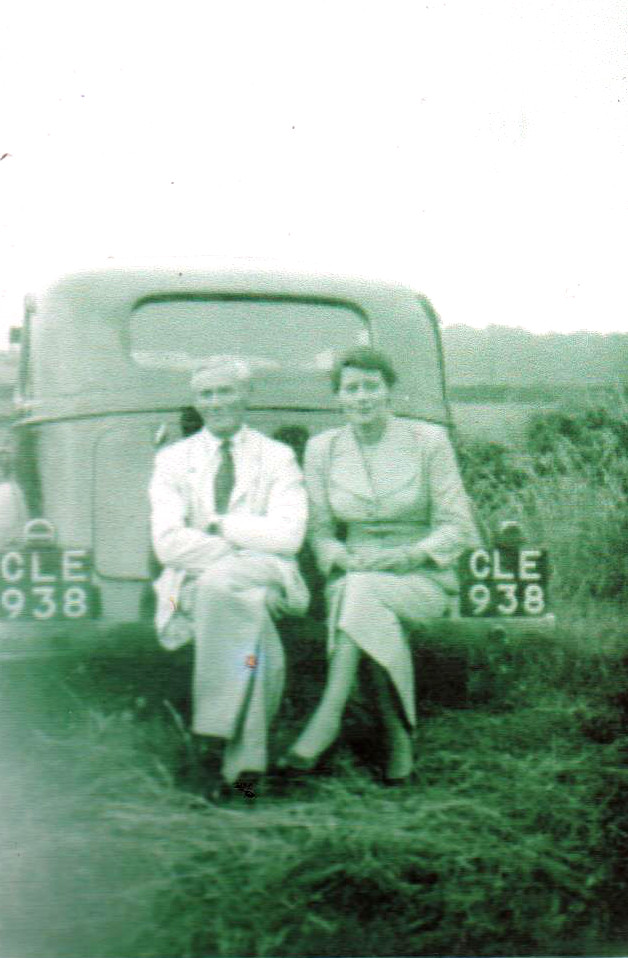
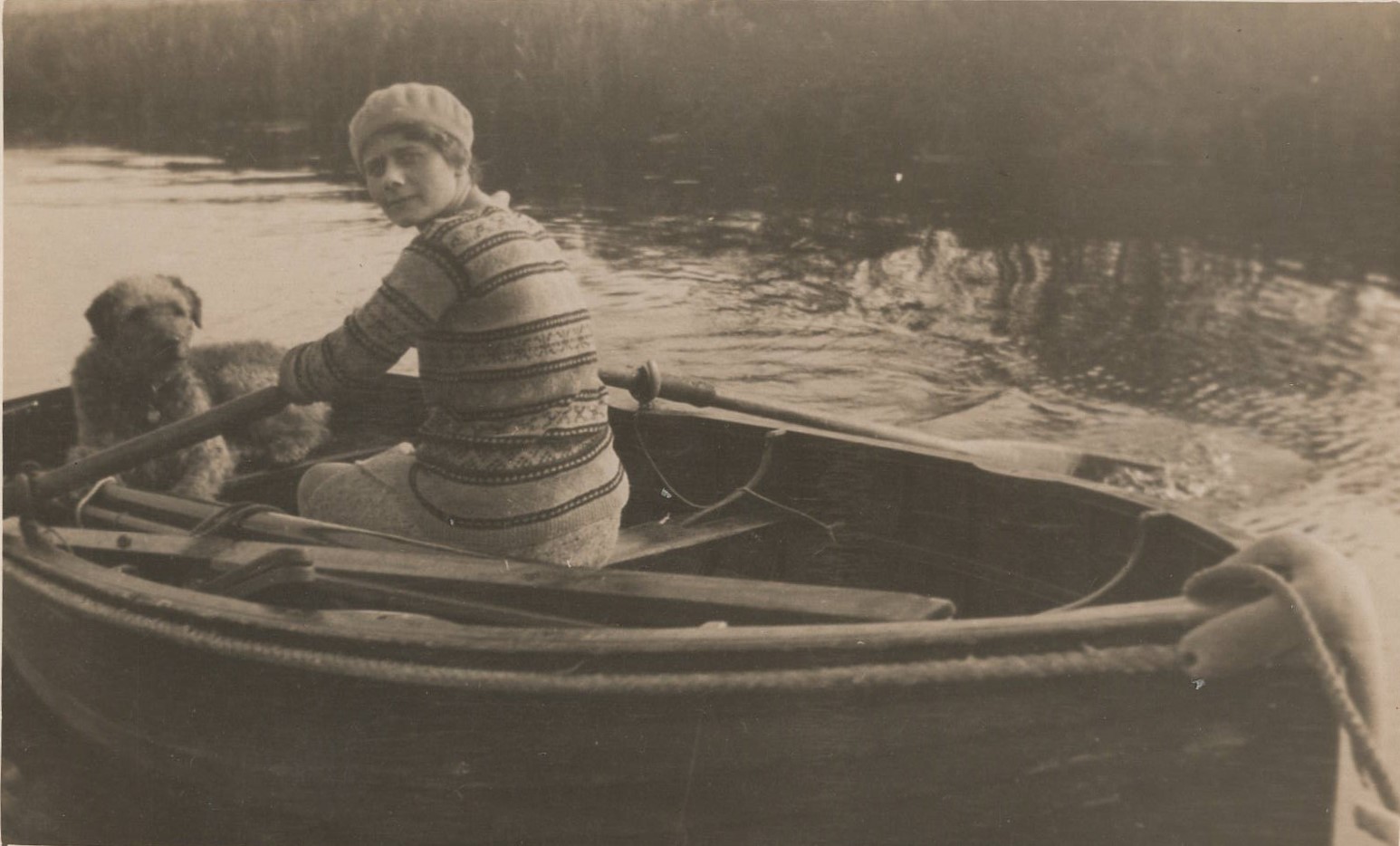
In 1928 Reg and Wynne got married and went on to have two children, Rachel and Nick, who both became farmers. Reg and Wynne farmed until Reg’s sudden death in 1969 following a car accident. Wynne continued to be a partner in the farming business with Nick until her death in 1983.
In the 1930’s milk was sold to which ever local dairy needed it. The nearest dairy was Mr Herrot’s at Rectory Road. He only had two cows. There was a well on site and he lowered his churns down it to cool them and would occasionally lose a churn down there.
In the 30’s, Farmers were paid for the milk according to how much the dairy that they were selling to was prepared to pay. If it was for liquid milk to drink in London, Farmers would get more than if it was going to cheese in the West Country.
Things changed with the advent of the Milk Marketing Board in the late 1930s. Farmers voted to have a statutory Milk Marketing Board who bought all the milk. They distributed it to whichever dairy needed it.
The MMB lasted until the 1990s. They took all the milk in the country and we had to sell it to them. The milk sold to the MMB was sold on for processing to the local Wagers dairy, or to three dairies in Southend – Howard’s, Eccles and the Co-op.
In the 1930’ s there was a general strike. The only way of selling the milk was to get the churns to Pitsea station by 5 am (having milked and rolled the churns down the stairs at the station). There was no choice because there was only one train a day during the General Strike. The milk was all going to London at that point.
Burnt Mills Road in the 1930’s with its majestic elm trees. All the elms died when they got Dutch Elm Disease. The hedges around the farm are still mainly elm but have to be kept cut as if they get big they will get Dutch elm disease too.
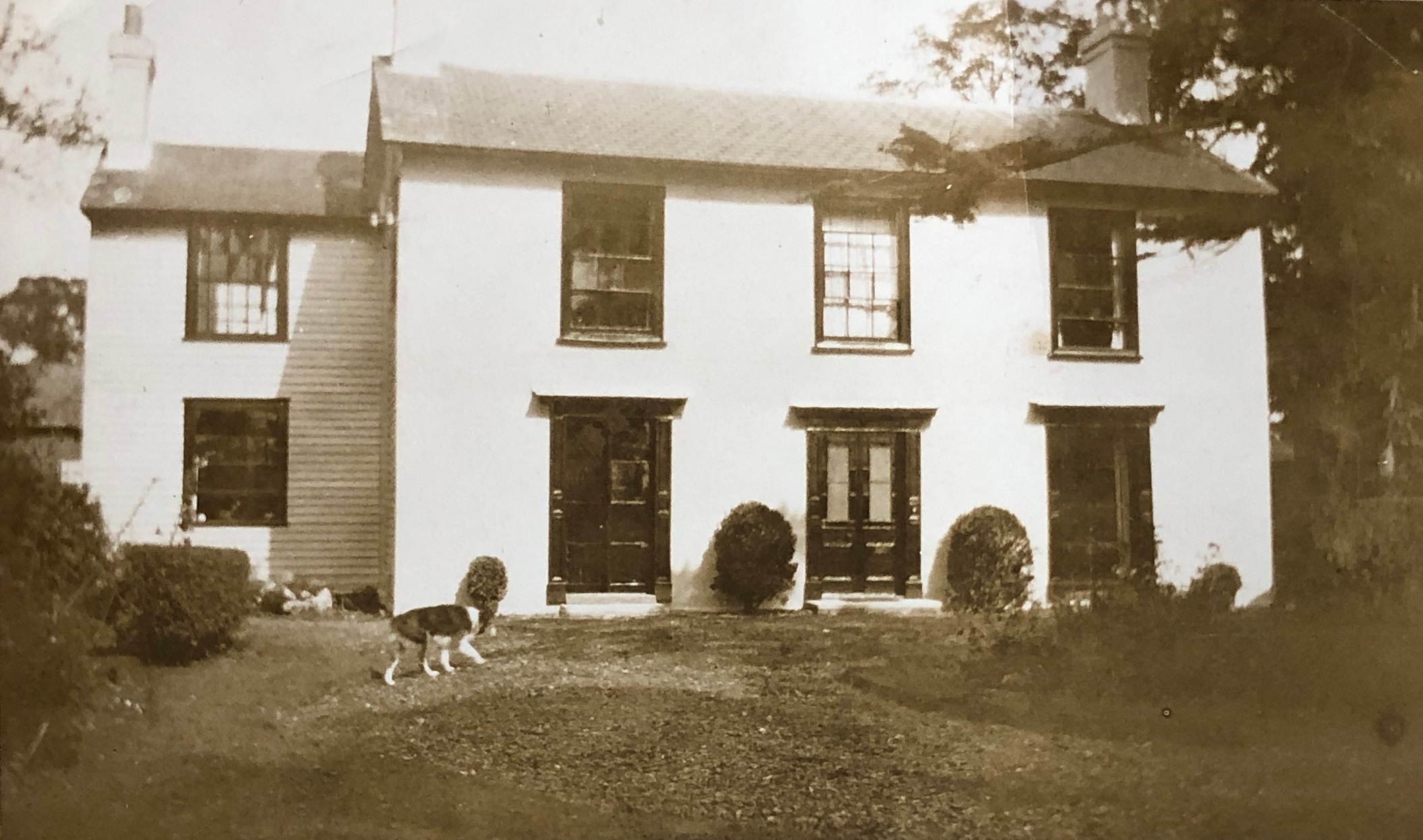
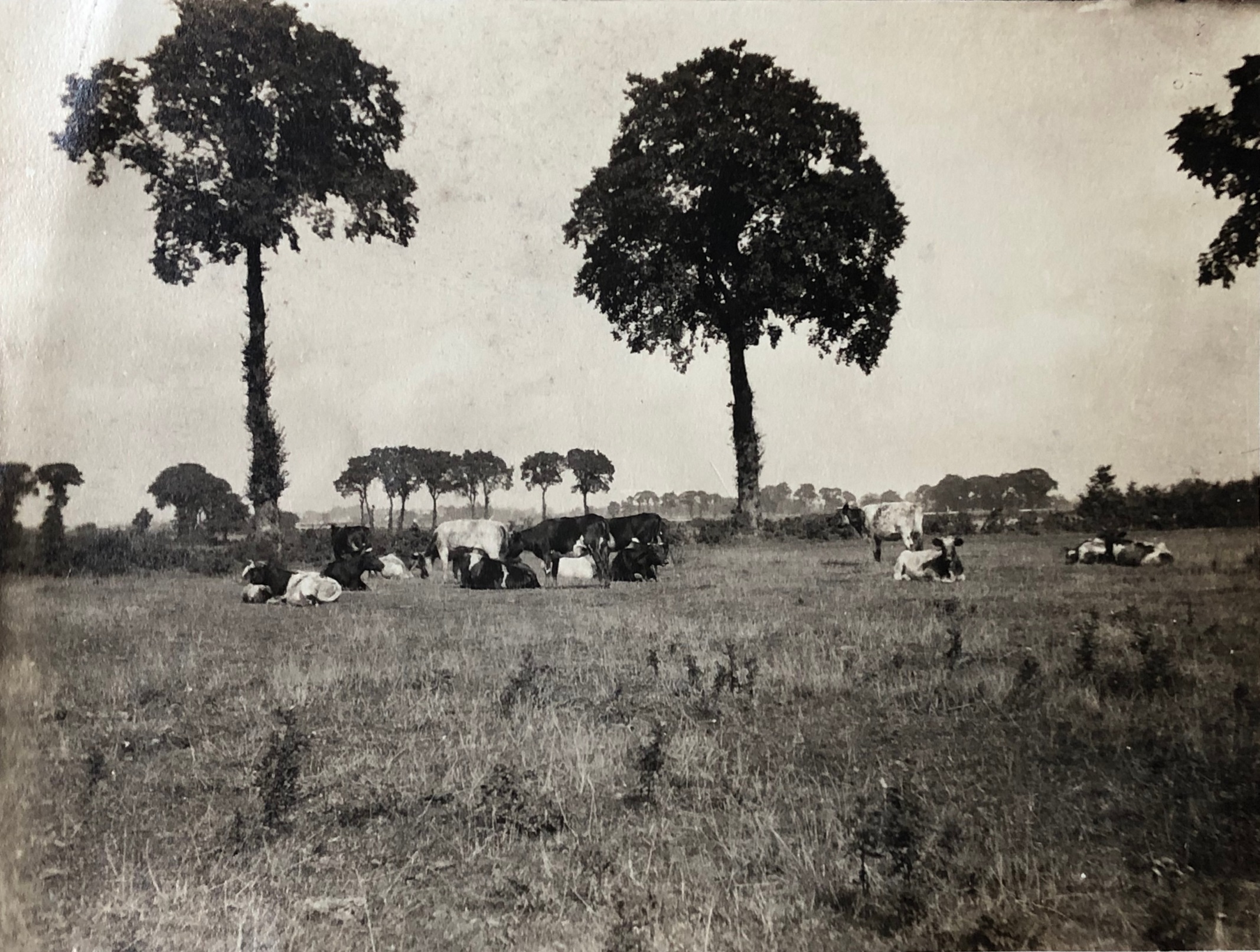
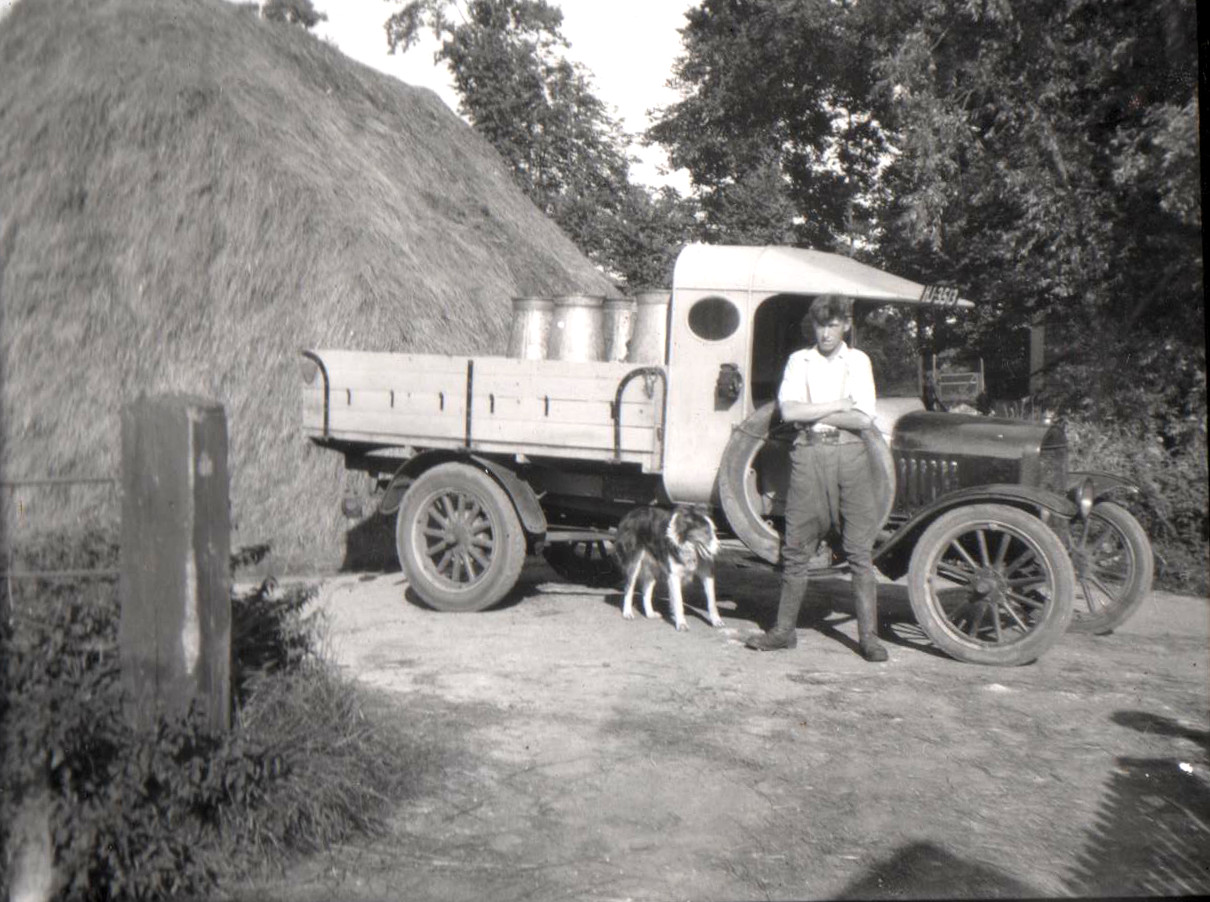
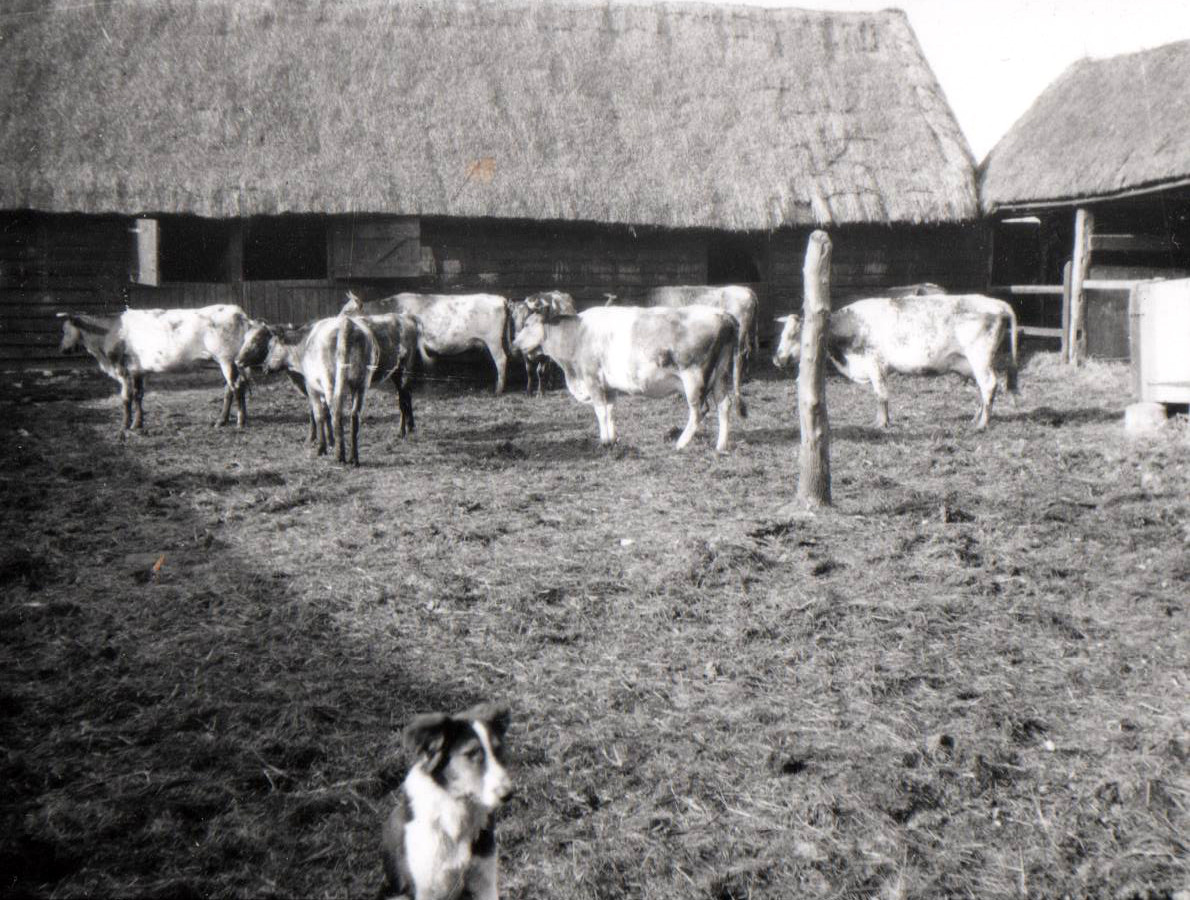
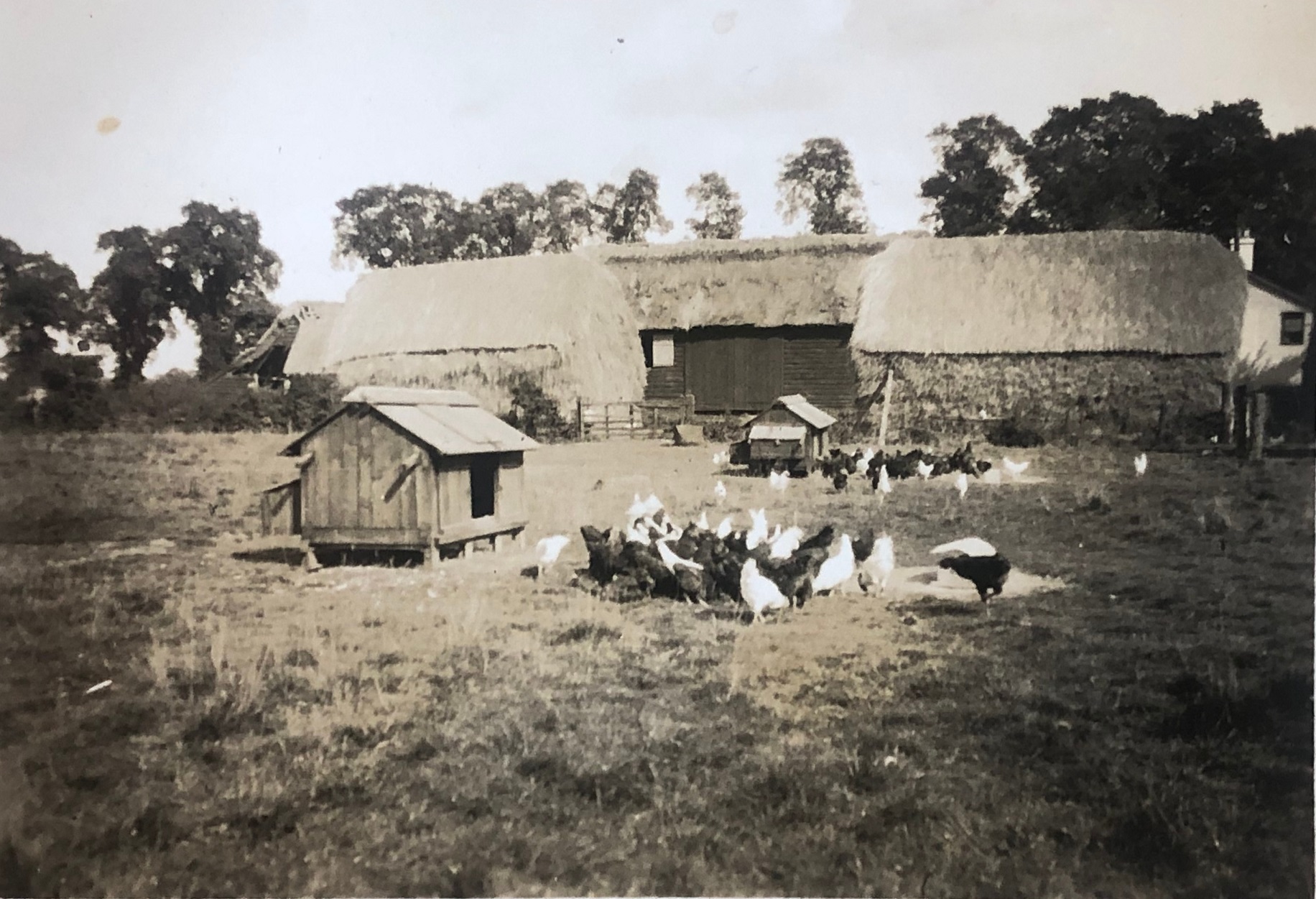
1940’s Farming at War
Nick was born in 1939 before the start of the war. Nick and Rachel were evacuated to their Grandparents in Sudbury Suffolk for the early 1940’s. South Essex was very dangerously positioned on the bombing flight path from Germany to London during the battle of Britain.
The bombers would empty their bombs as they were heading for home to Germany if they hadn’t dropped on London. They did this as that would make them lighter and this was particularly important if they were being followed by Spitfires at the time!
While they were away 14 bombs were dropped on the farm, some of which still lie unexploded underground. The children returned to Bradfields in the middle of the war.
The room on the west of the farmhouse was the local Air Raid Warden Post. The room was sandbagged and set out with a big table in the middle of the room with a map of this district on it. The map was made by Reg and had push cards to show where the raids were, and Nick remember the room being manned by men smoking large pipes. There was a traditional candlestick telephone and when it rang with “air raid message red” the wardens would drive round with a bell sounding to alert everyone to the air raid as there were no sirens.
The wardens went to incidents where the bombs had dropped. They would then alert the Fire Brigade if a response was needed. They covered the area from Pitsea to Wickford. Nick remembers his father coming back from one bomb site in Cranfield Park where half a house was lost and they had to restrain a man trying fetch his dressing gown that was still hanging on the back of the upstairs bedroom door when the bedroom was no more.
Grandad was a farmer by day and Air Raid Warden by night but sometimes the war was in the day time too. One day Reg was feeding the chickens in the movable folding chicken houses in the front field (near where the cow shed now stands). He heard a plane and then found himself being machine-gunned by a lone German fighter coming over, who seemed to open fire to try to make him run. Reg did run and had to hide in the bottom of the ditch but lived to farm another day.
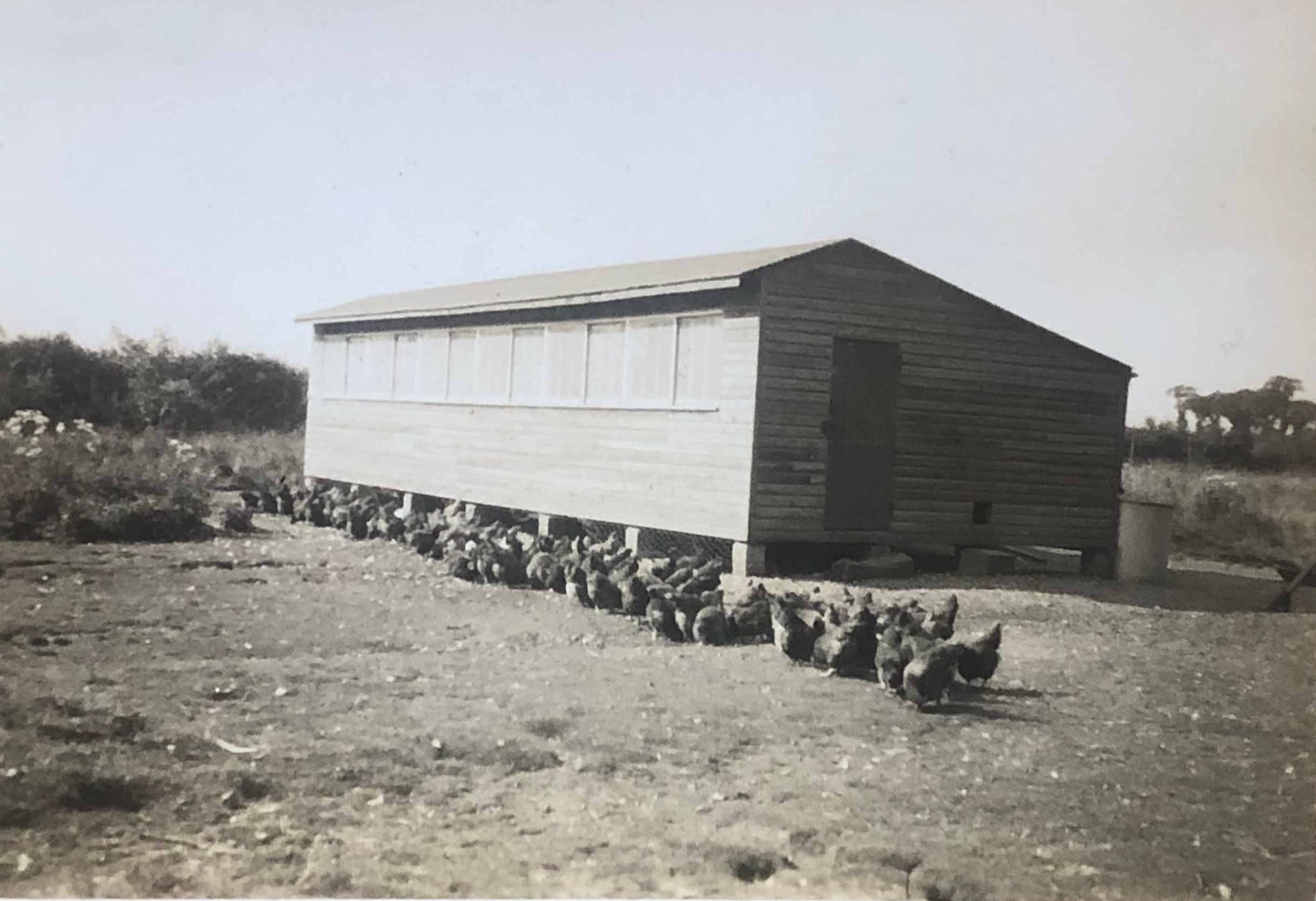
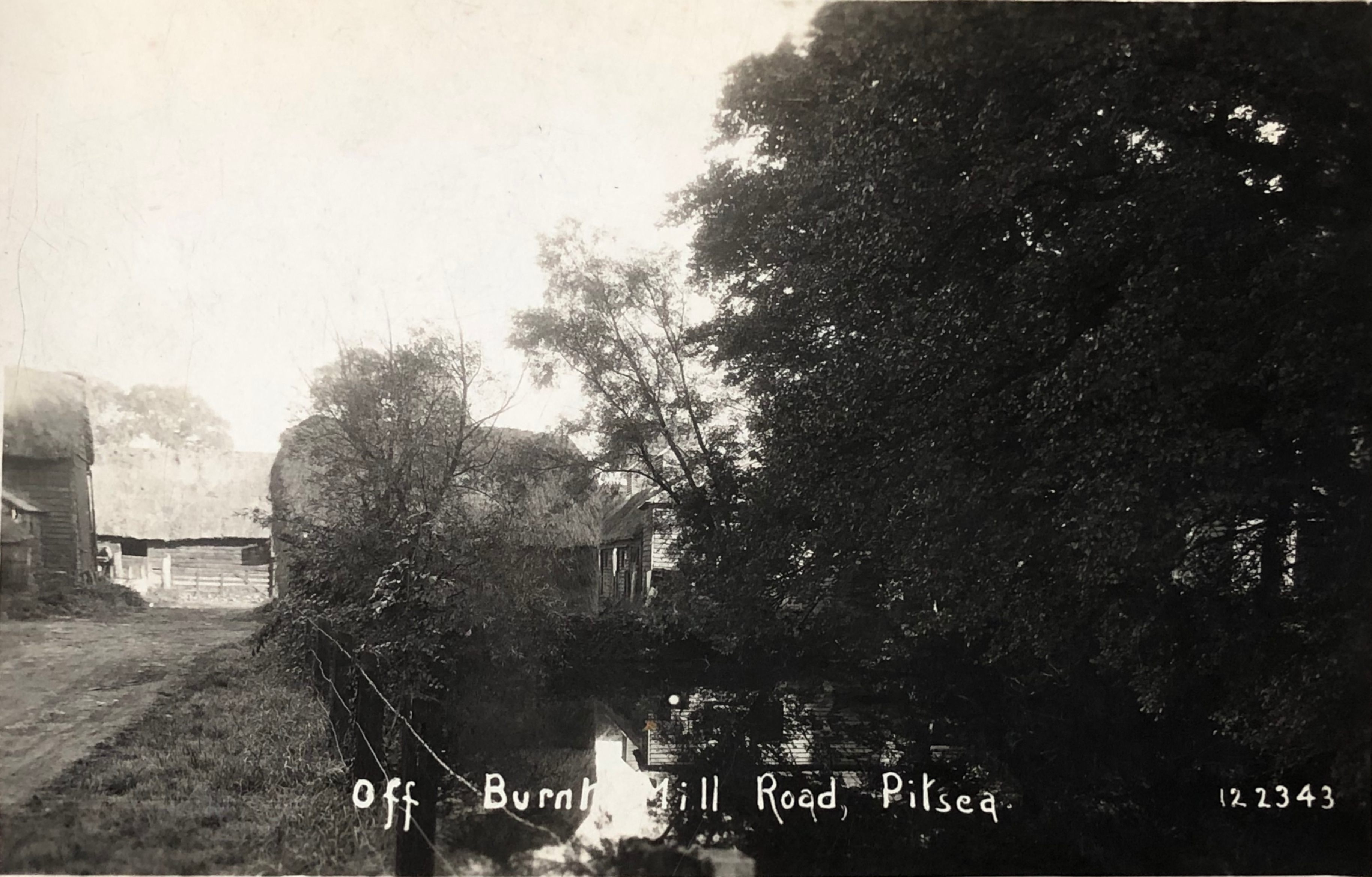
At this time the farm dairy was in the house, what most people would call a utility room in Bradfields is called the Old Dairy . This was where the milk was processed when Nick was little. The milk was tipped into a D pan and ran down a corrugated sheet with cold water on the other side and ran into a churn underneath. Much of the milk went to Wagers Dairies in Pitsea. The churns were rolled onto the concrete outside the house. Mr Wager took it from there. By the end of the war it was becoming frowned upon to have a dairy in the house because of new hygiene requirements.
Reg had a new dairy built in a brick building that sits at the end of the pond. At the same time a heavy winter gale took down the tree in the front garden and the cart/tractor shed was blown across the road into Pratts’ fields opposite. So the builders built the new cart lodge that is now home to the milk bar as well as the new dairy. The upright posts used in the cart lodge were all made from war damaged timber.
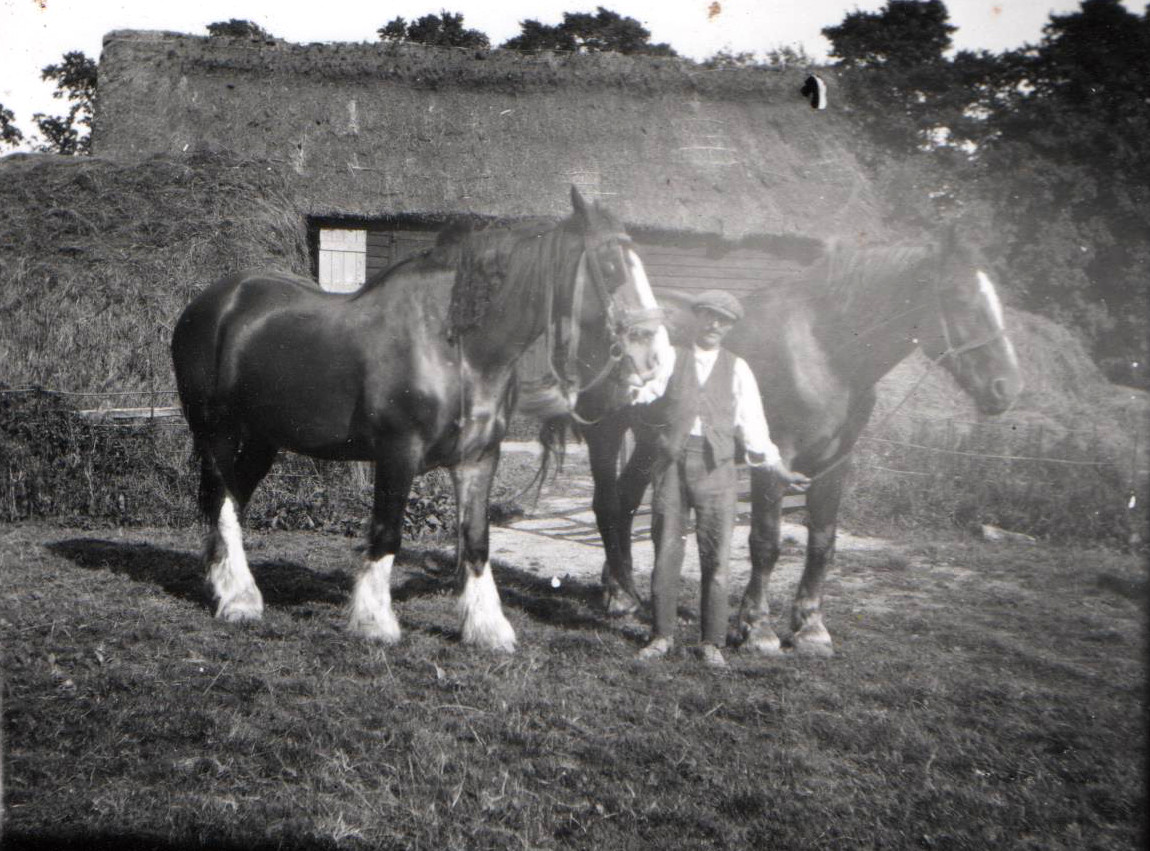
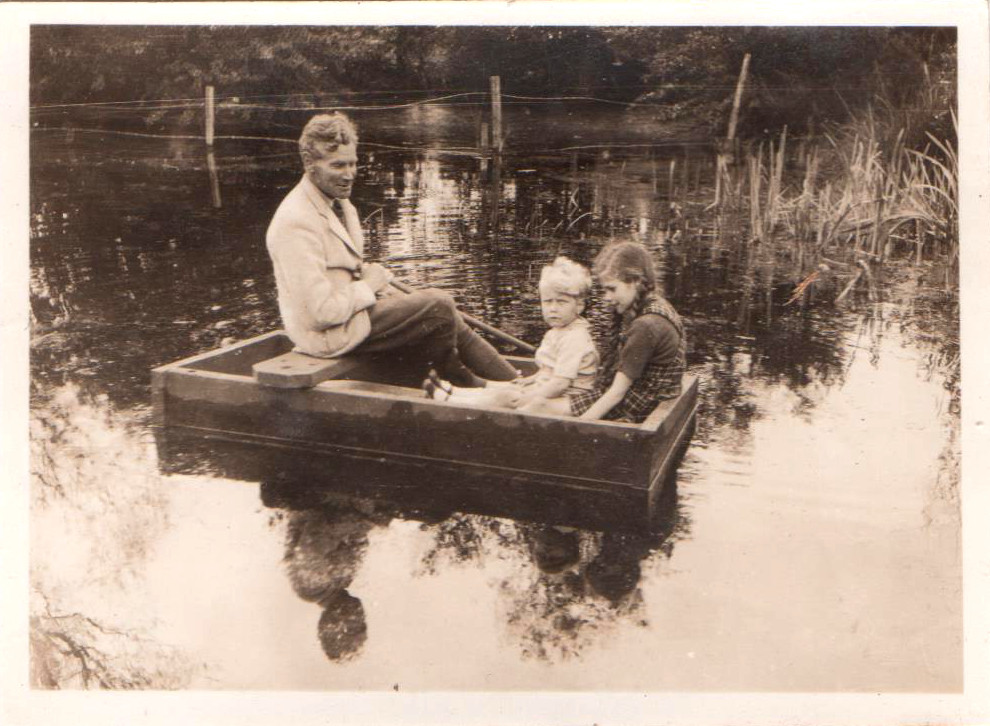
1950’s
After the war, Reg was focussing more on the cows and no longer kept pigs. In the 40’s of most cows had Tuberculosis and by the 50’s the government started to eradicate it. This meant the cows had to go and there were no cows on the farm for nine months.
Reg used the time to improve the buildings to comply with the new TB regulations. The old, tethered cow sheds were converted into loose yards, a new dairy and the farm’s first milking parlour
This was an abreast milking parlour with the cows coming in for milking standing next to each other, or abreast. The parlour had six stalls and between each pair of stalls the churns hung on a spring balance. The milk went straight into the churns and was measured on the spring balance. The churns then went onto a rotor freeze with in-churn cooling pipe using iced water to chill the milk then they were wheeled to the churn stand before being collected on a lorry.
In around 1953, Reg bought fifteen TB free heifers from Scotland to restock the farm. The girls were all red and white Ayrshire cows, they were all named in the order in which they calved, starting with Agnes, Heather, Morag… The names of all recorded in the book 3 years later.
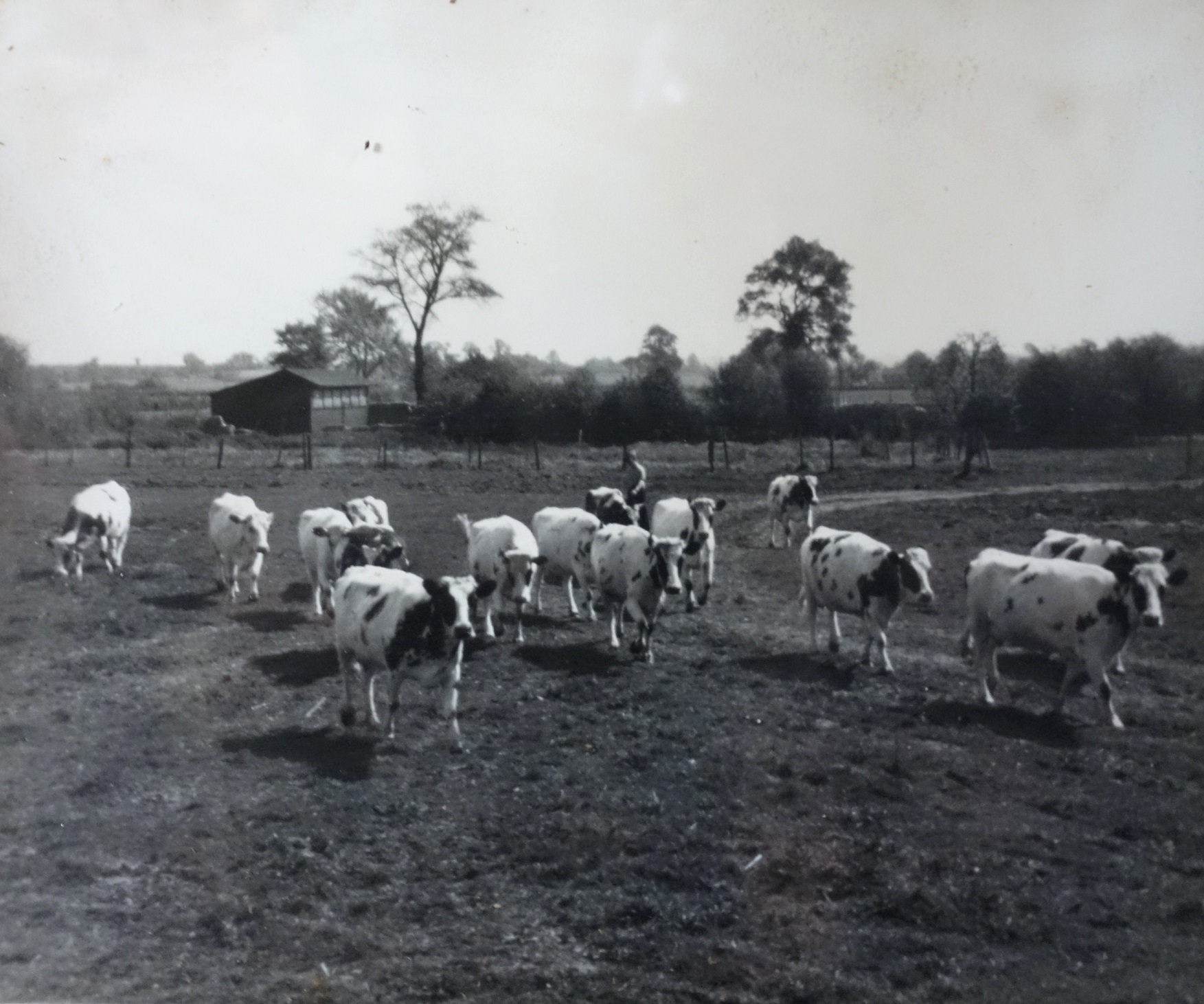
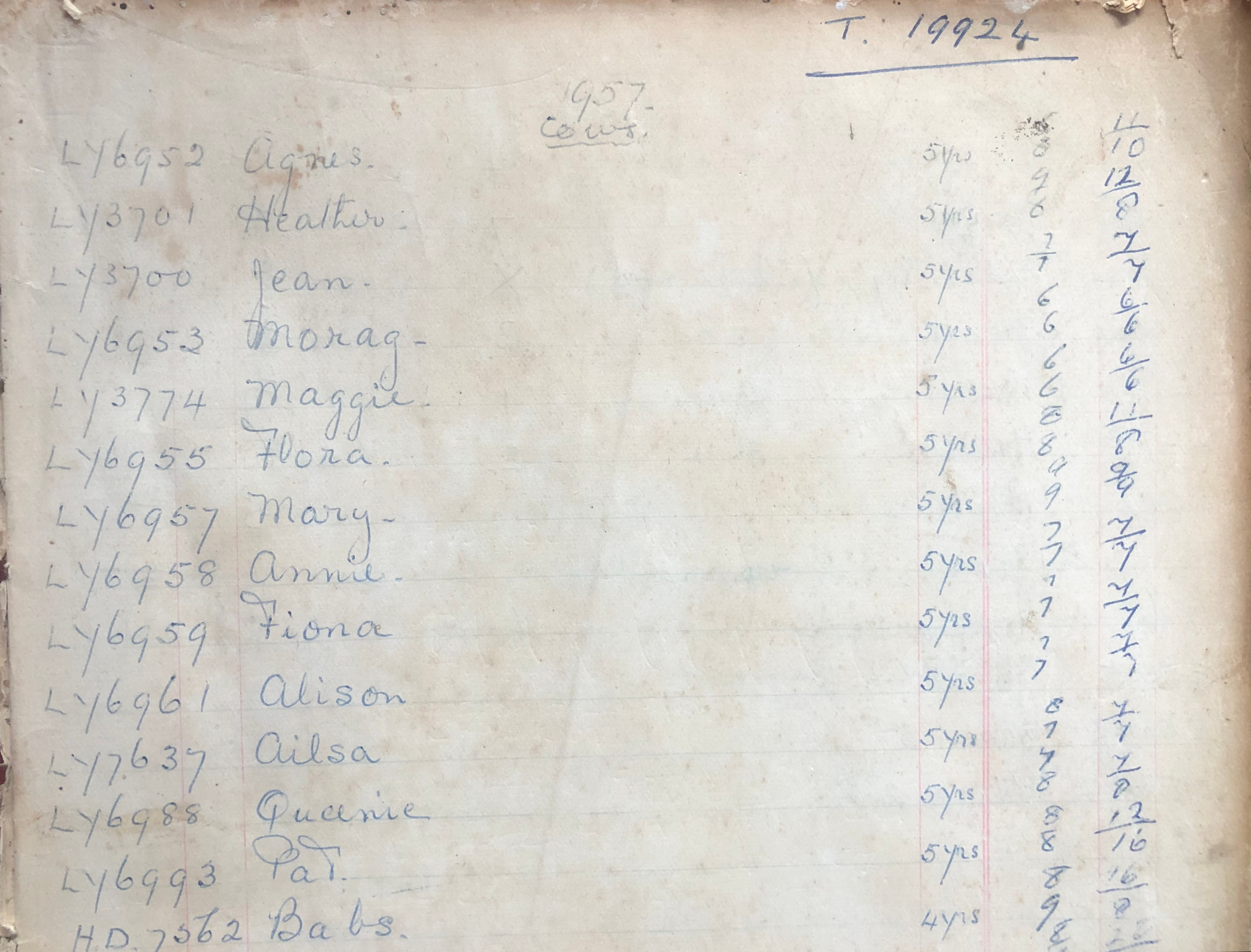
The bagger combine circa 1953. This photograph was taken during the “big harvest” of 1953 when most of the farm was laid to wheat. The combine was operated by two men. One drove while the other put the corn harvest into bags.
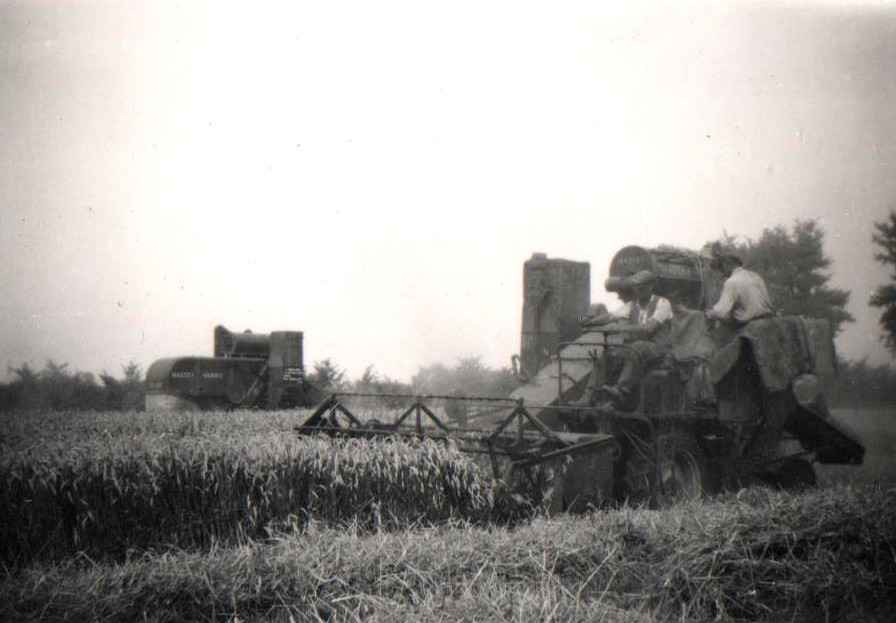
The corn bags were dropped off and picked up again. Each weighted two and a quarter hundredweight (150 kilos). Not easy to lug about! Reg and Arthur are the fellas doing the work here.
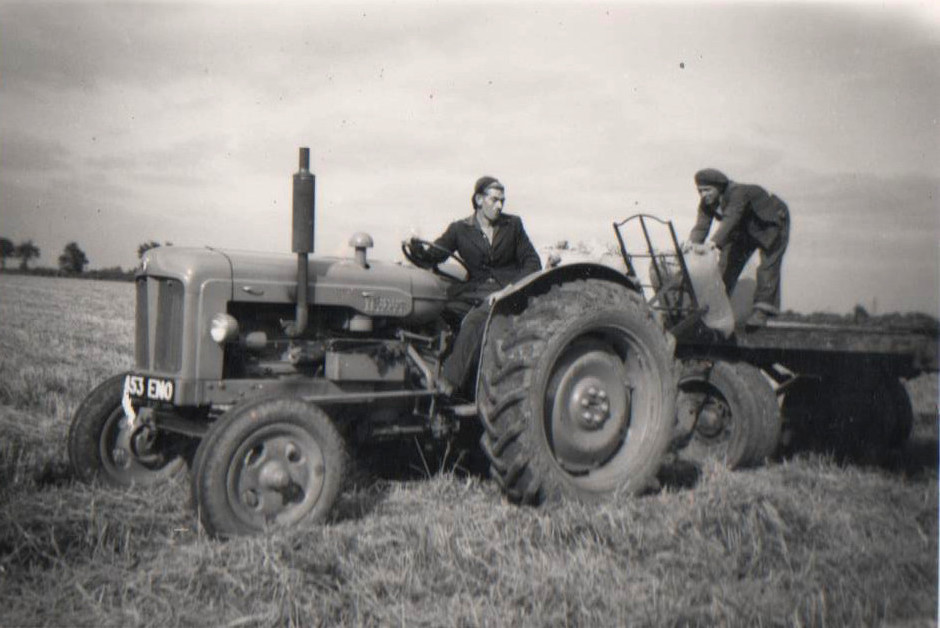
1960’s
In the 1960’s, Nick came back from studying at Writtle Agricultural College and Reg expanded the herd and bought in more cows. There weren’t many Ayrshires about so other cows were introduced and the first black and white Friesians came to the farm.
In 1963, they reared their own Friesian bull, Jotmans Blazer. He was very prodigious and he turned all the cows black and white.
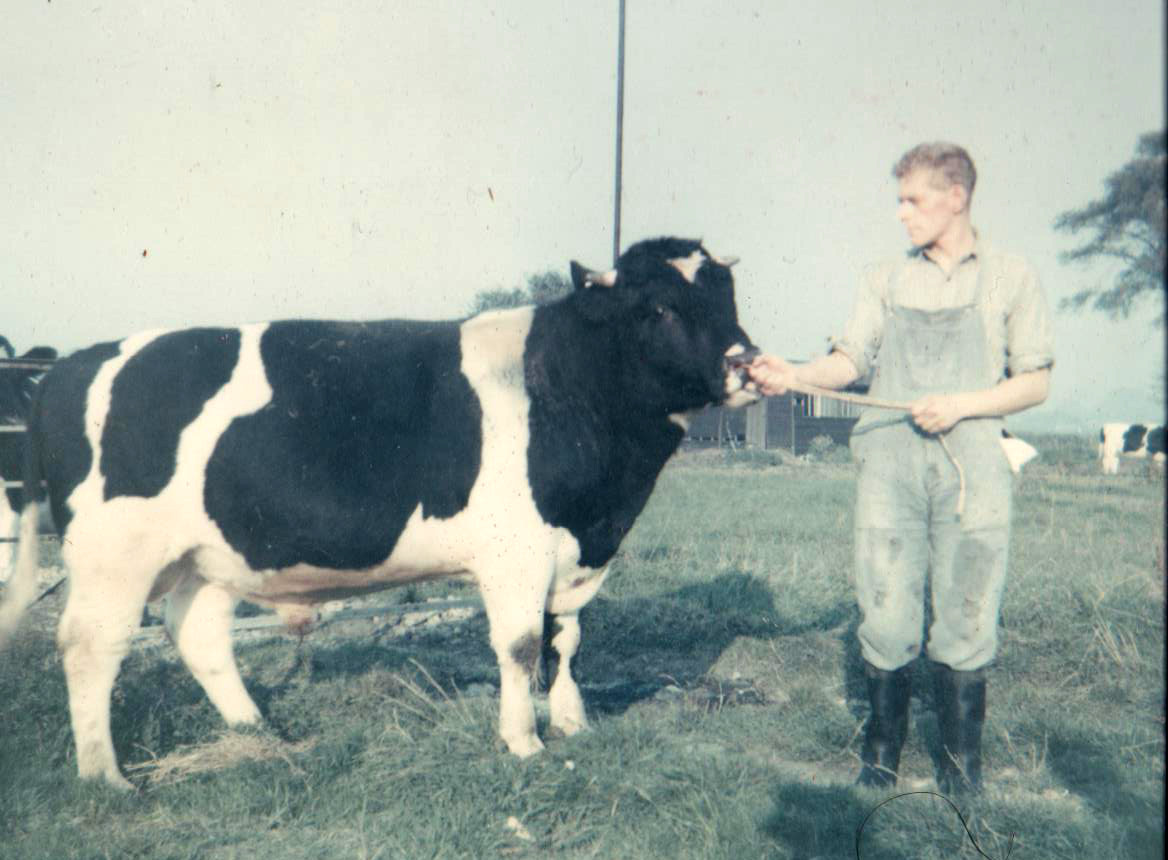
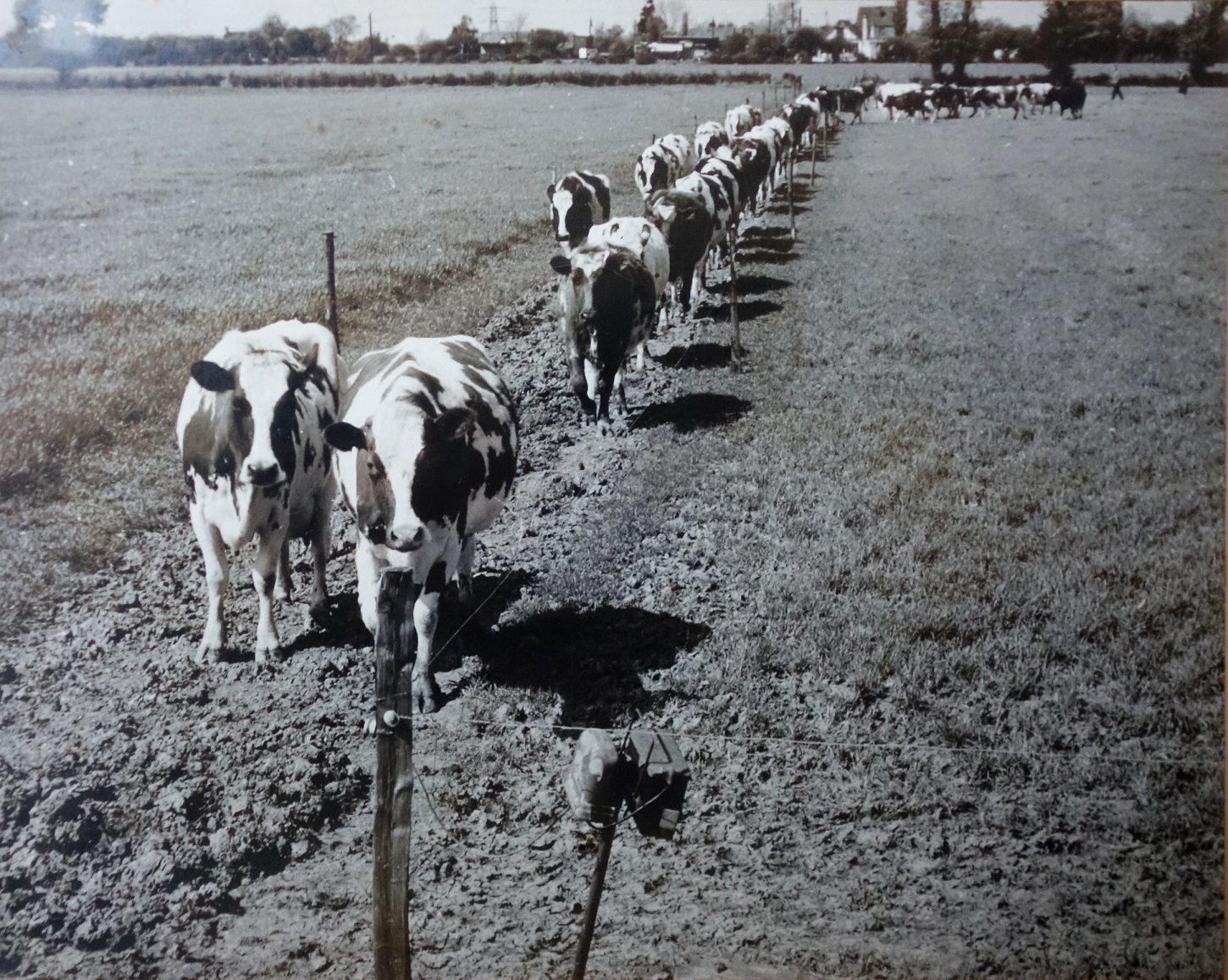
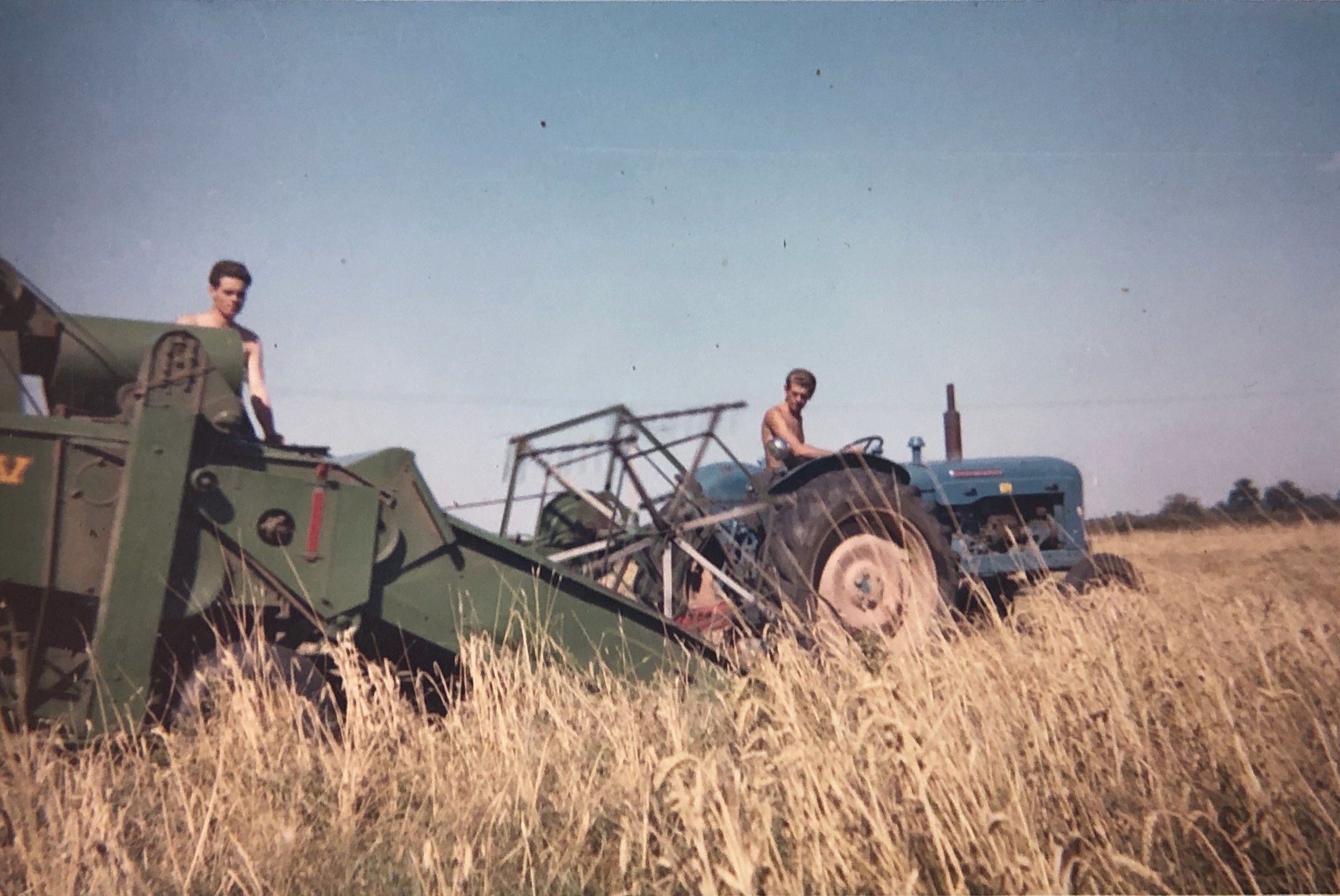
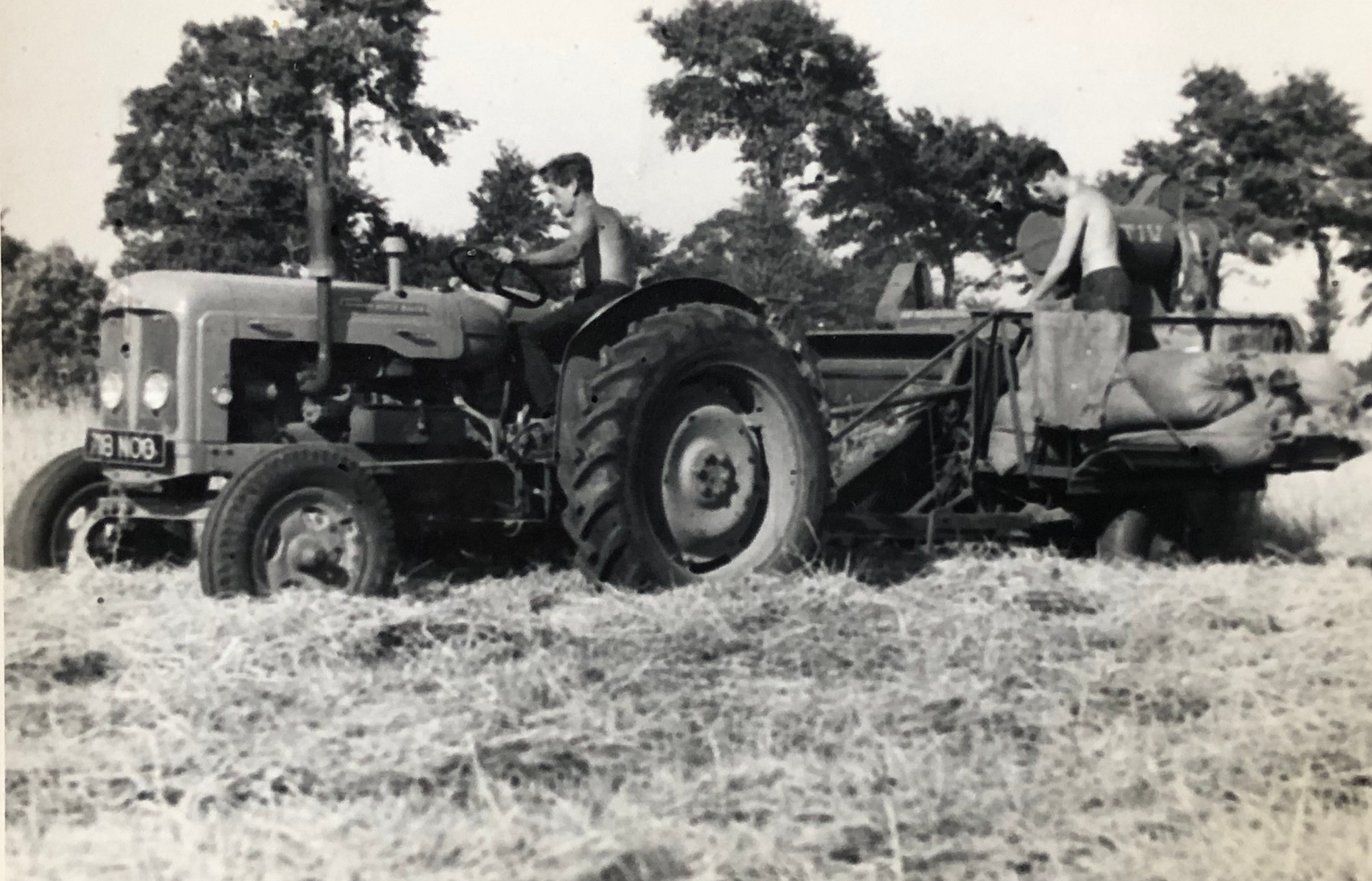
In the 1960’s refrigeration improved and a rotor freeze was installed. Soon there was a move from churns to bulk milk tanks and our first ice bank tank was put in. These have a frozen bank of ice at the bottom with water circulating over it to chill the milk.
Guelda joined the family when she married Nick in 1966 and moved into Lavender Cottage on the corner of Burnt Mills Road and Pound Lane. Guelda was a science teacher before becoming a stay at home mum, calf feeder, book keeper and maker of silage and harvest teas for the farm team.
The late 60’s were a difficult time. First the electricity transformer by the road blew up and started a large fire in the straw stack in the front field. This destroyed all the straw, cow feed and most of the cow sheds. A new pole barn had to be put up within two weeks so the cows could come in for the winter. Then a tragic car accident took Reg from us. Nick and Guelda moved to the farm full time with their eldest daughter Kate.
1970’s
After the turbulent late 60’s the 70’s were a calmer time. Nick and Guelda stayed at Bradfields and farmed the farm for Wynne Nick’s mum and had 2 more daughters Sarah and Clare. The farm belonged to Reg’s sisters at this point, the tenancy was only in Reg’s name but the sisters let Wynne and Nick carry it on.
Nick expanded the herd up to 100 cows, still using the six stall parlour but milking 3 times a day.
1980’s
Wynne passed away in 1983 and Nick and Guelda were given an opportunity to buy Bradfields and the current business partnership NJ & GM Lambert was created. They began retailing raw milk and expanded the herd to 120 cows to be able to pay the mortgage.
A new herringbone parlour was built, housing 5 cows on each side with the milker on a lower level called a parlour pit, much easier on everyone’s backs than bending down in the old abreast parlour. The new parlour was second hand and taken out of a near by farm. The children painted all the metal work before it was put back together at Bradfields.
This is basically the parlour we still use today, though we have upgraded much of the equipment the parlour frame remains the same.
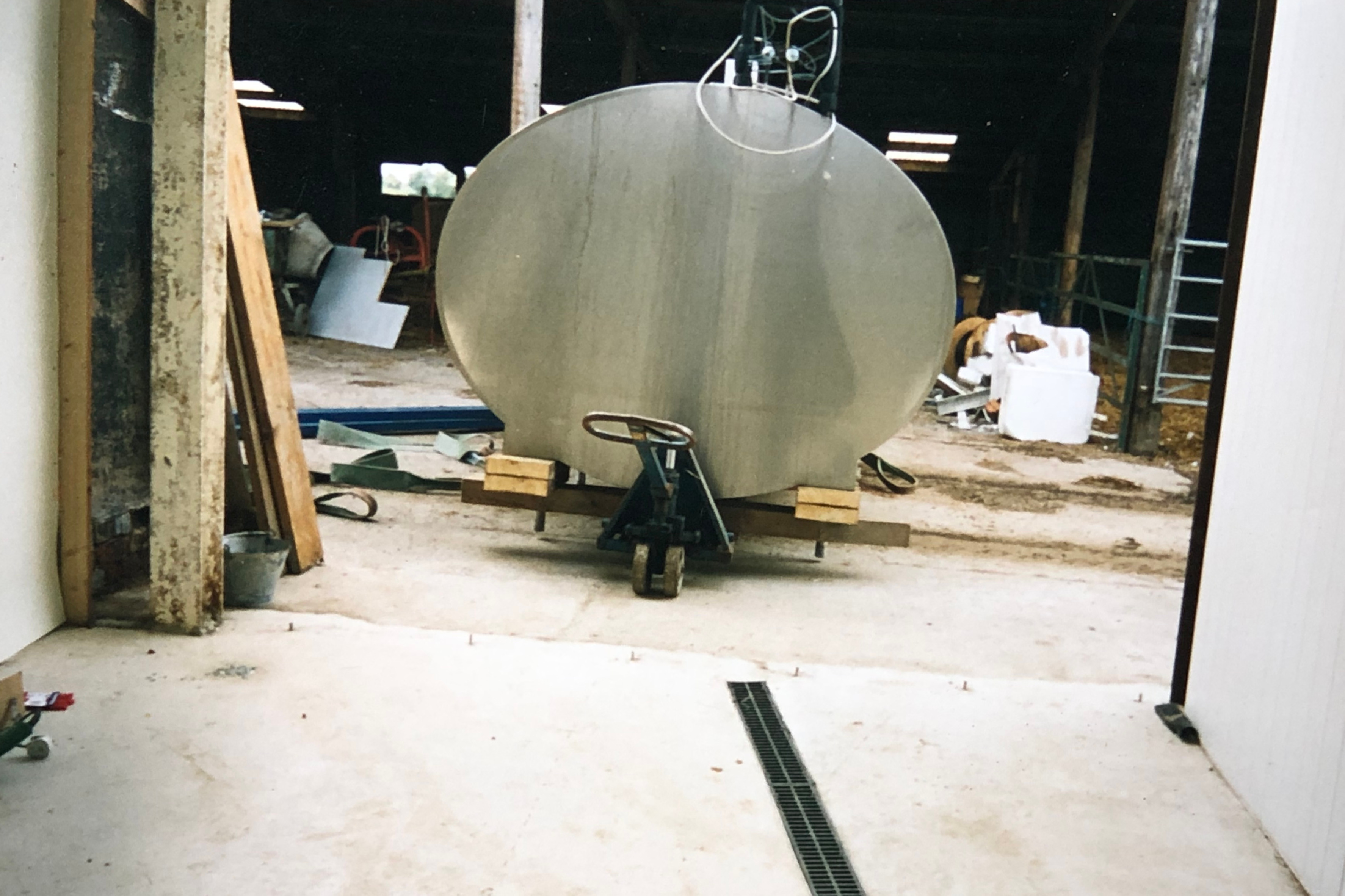
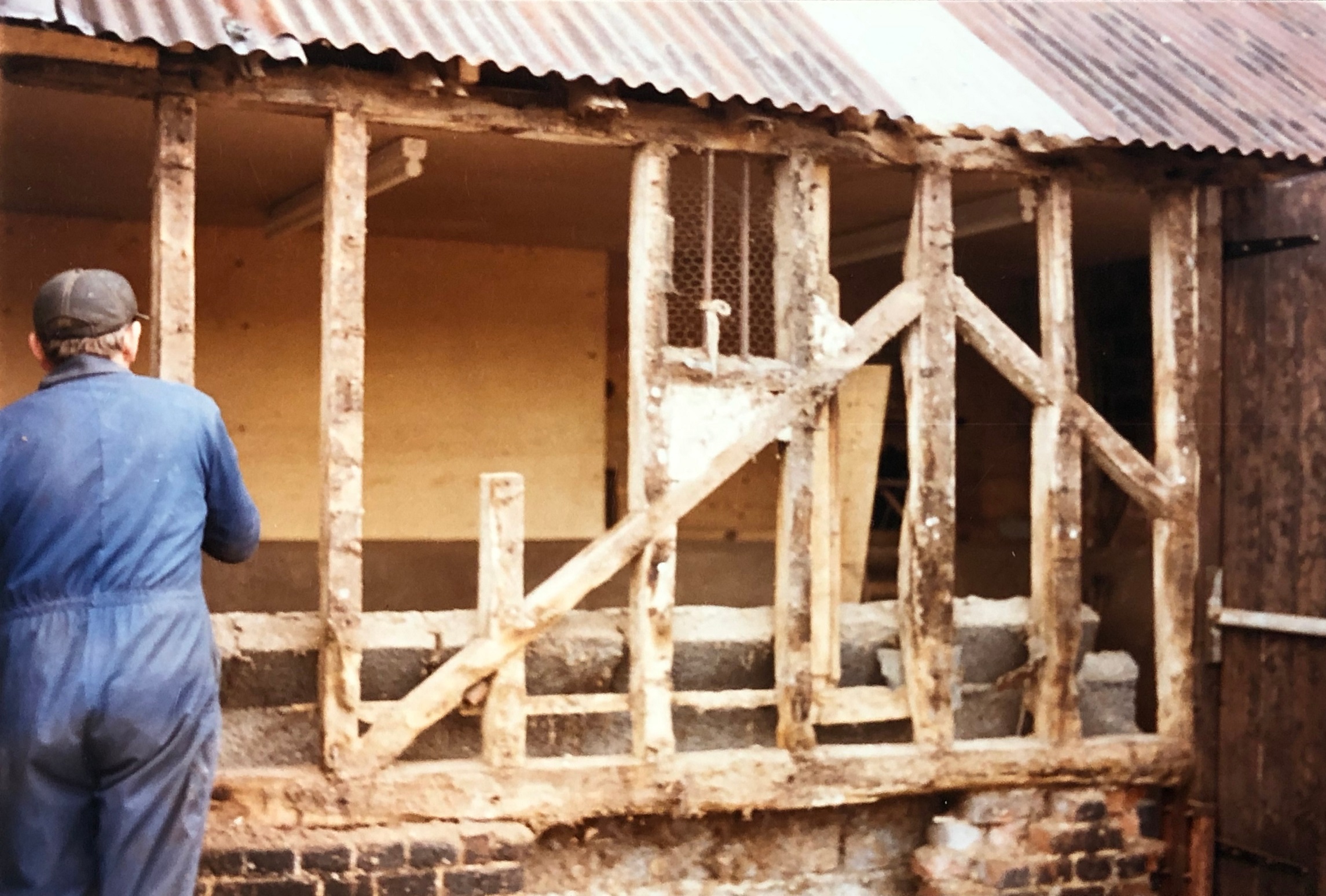
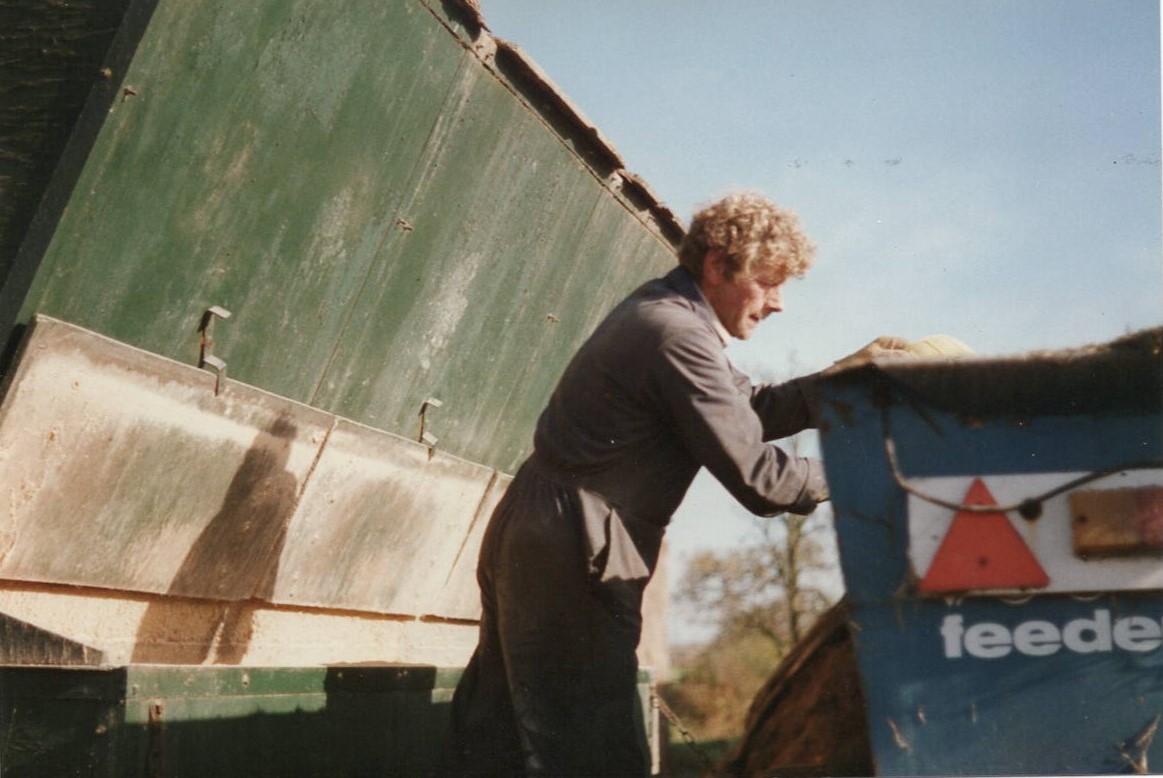
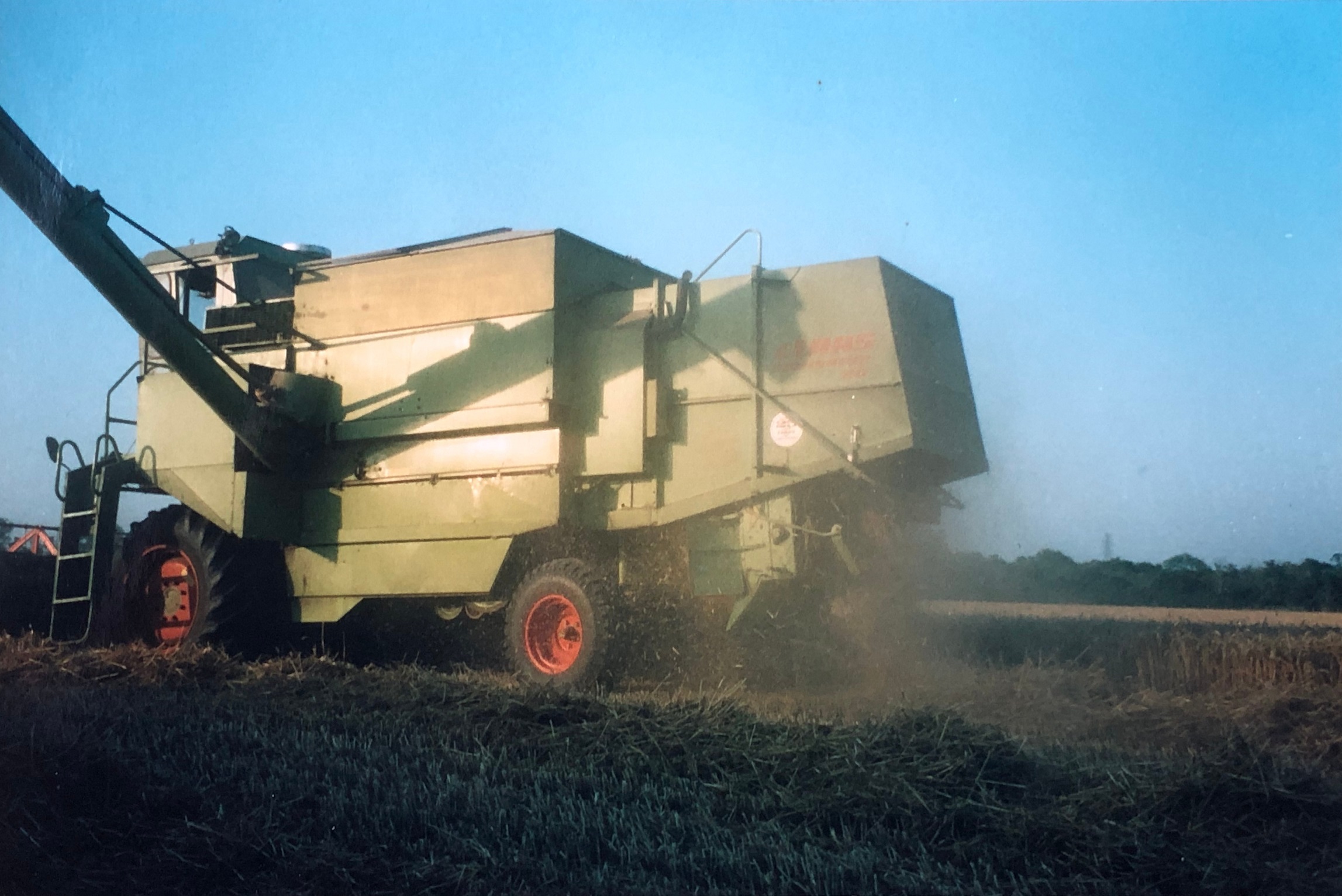
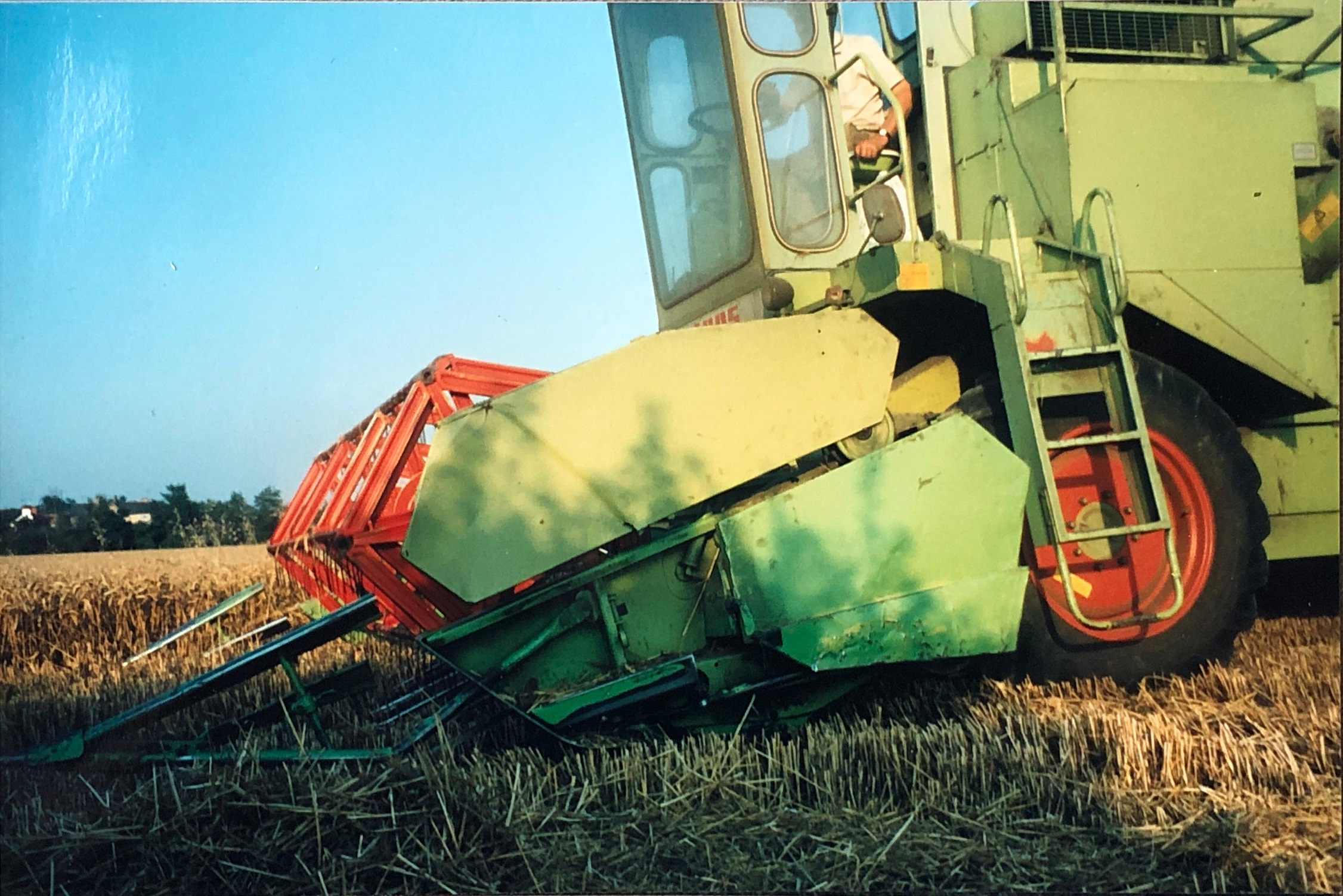
The farm was all set to up to grow in the 80’s but Europe bought milk quota’s in, putting an end to that by limiting how much milk every farm could sell.
In 1987 the farm was hit like most of the south of the country by the hurricane. The farm lost roof panels and most significantly the willow tree in the front garden part of which went through the bedroom window.
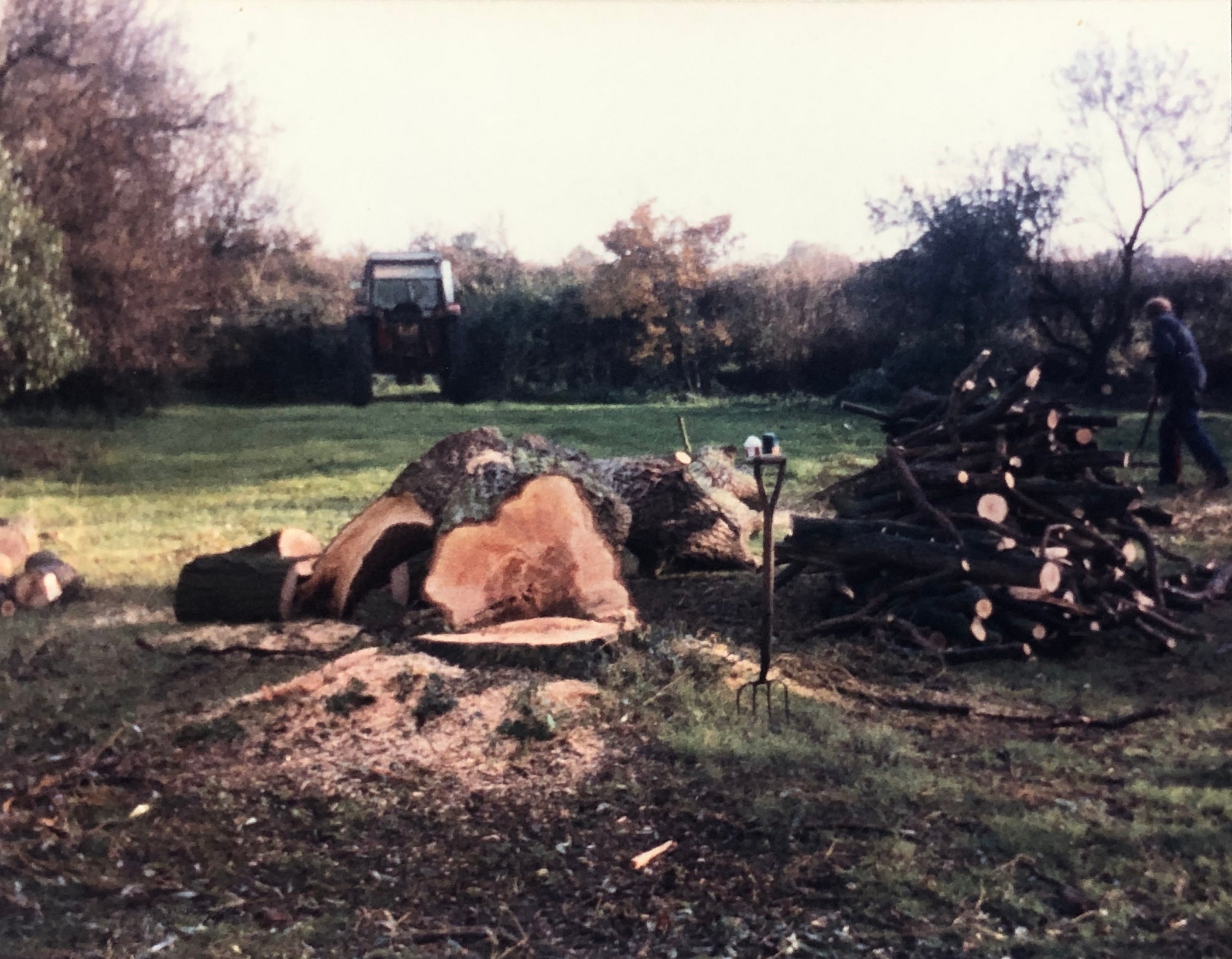
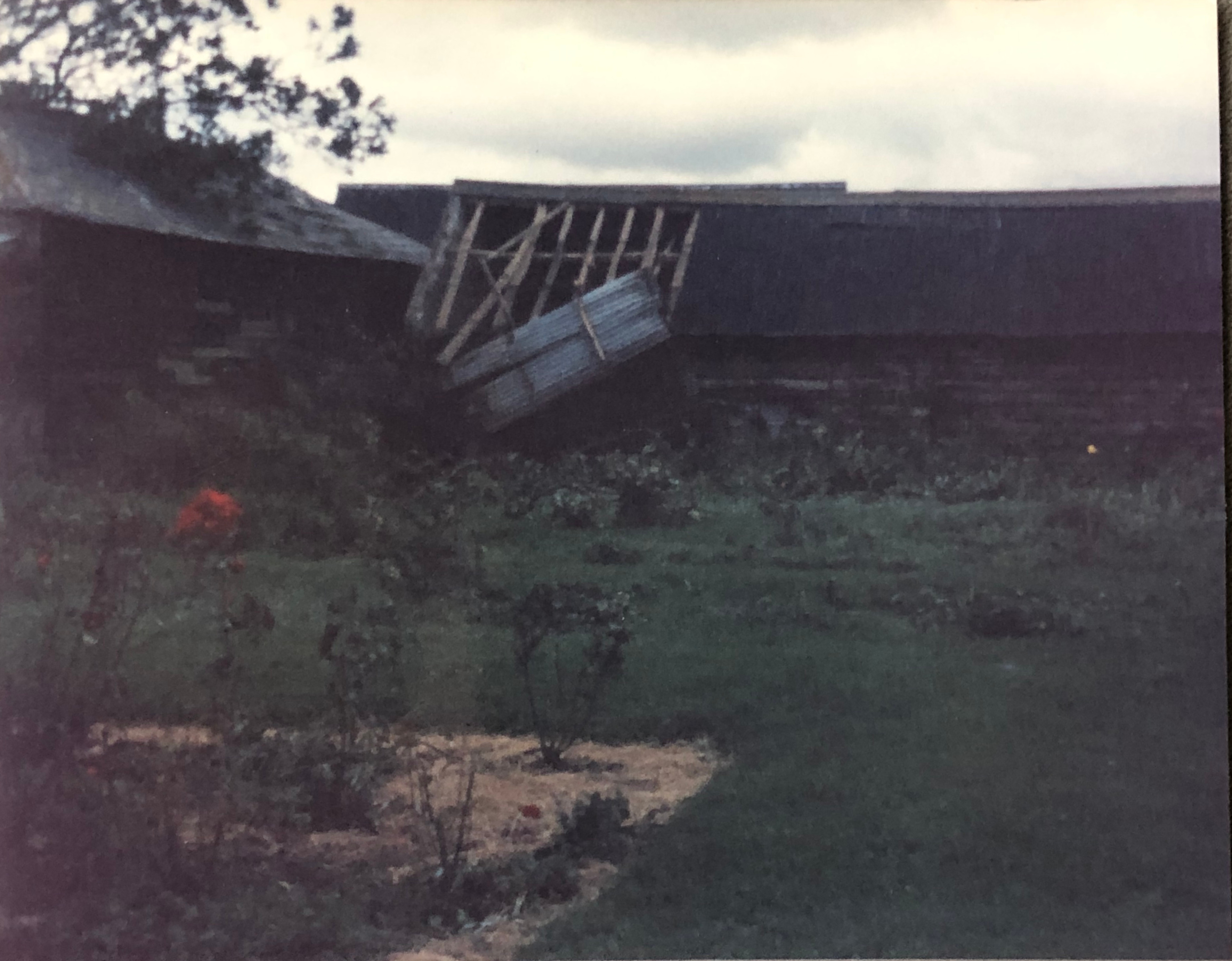
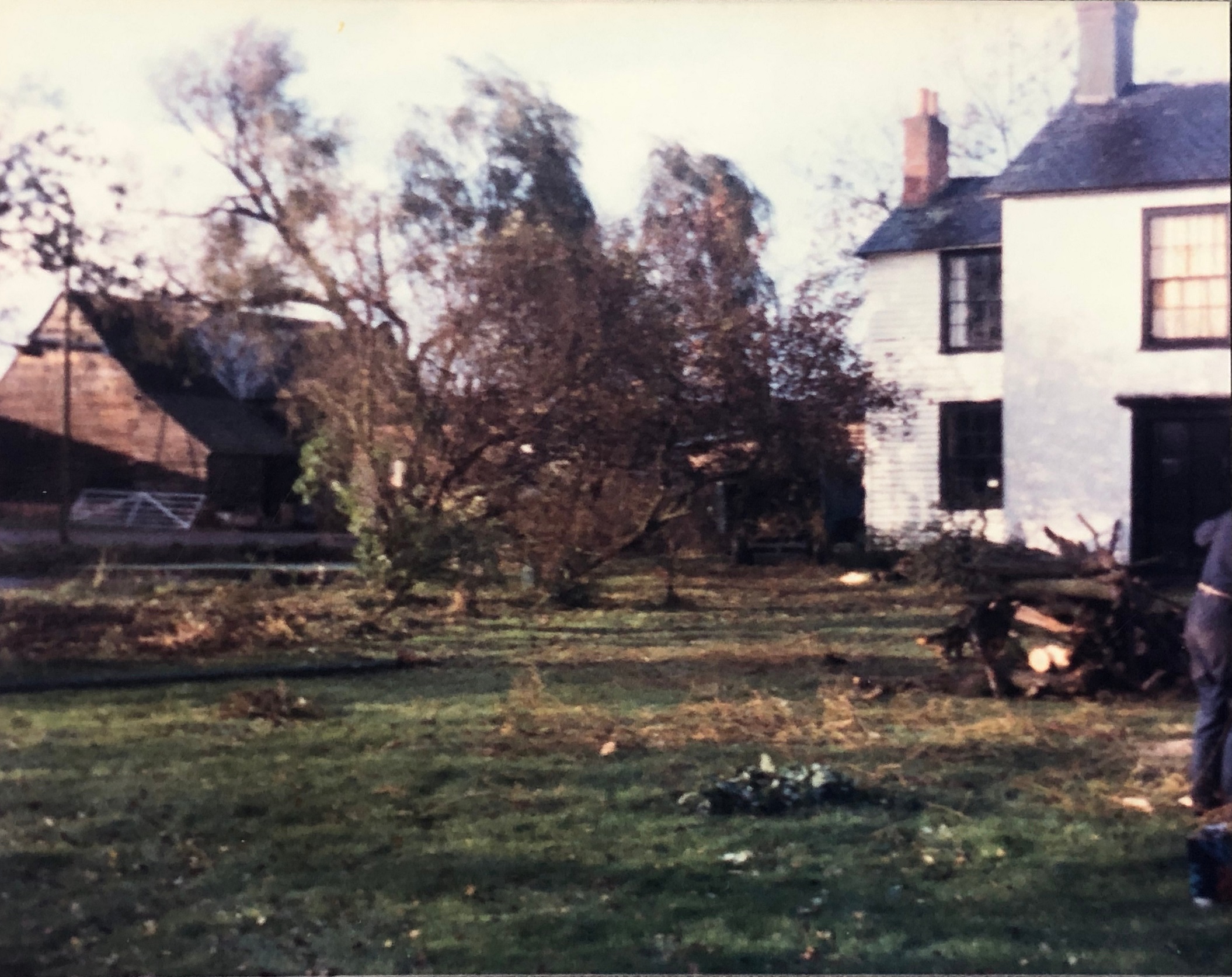
1990’s
The 1990’s bought fire back to the farm again. An awful blaze in the back shed saw the whole shed lost along with our combine harvester and lots of other vital equipment. The fire brigade used the water from the pond to help put out the fire. Fortunately none of the animals were injured.
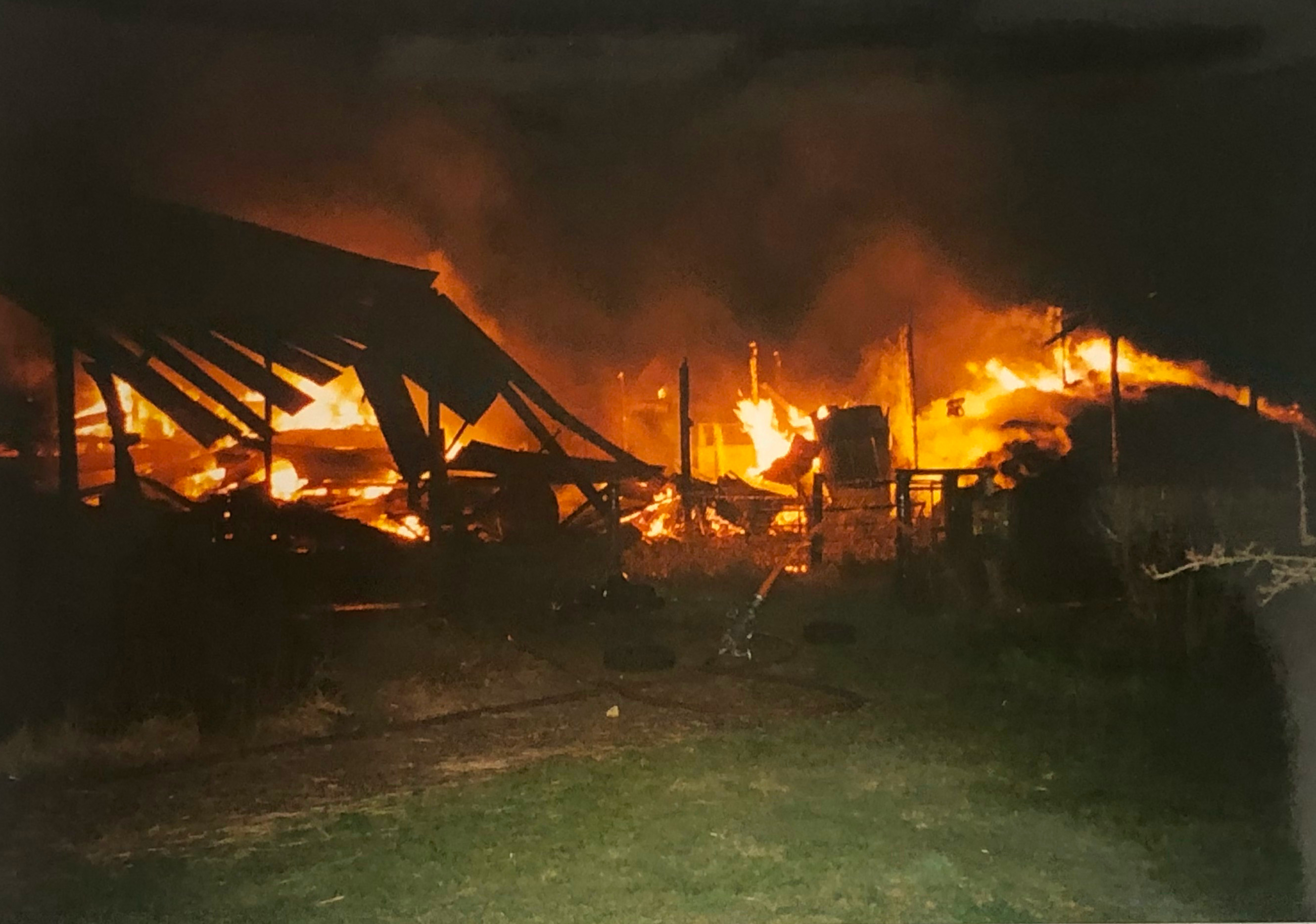
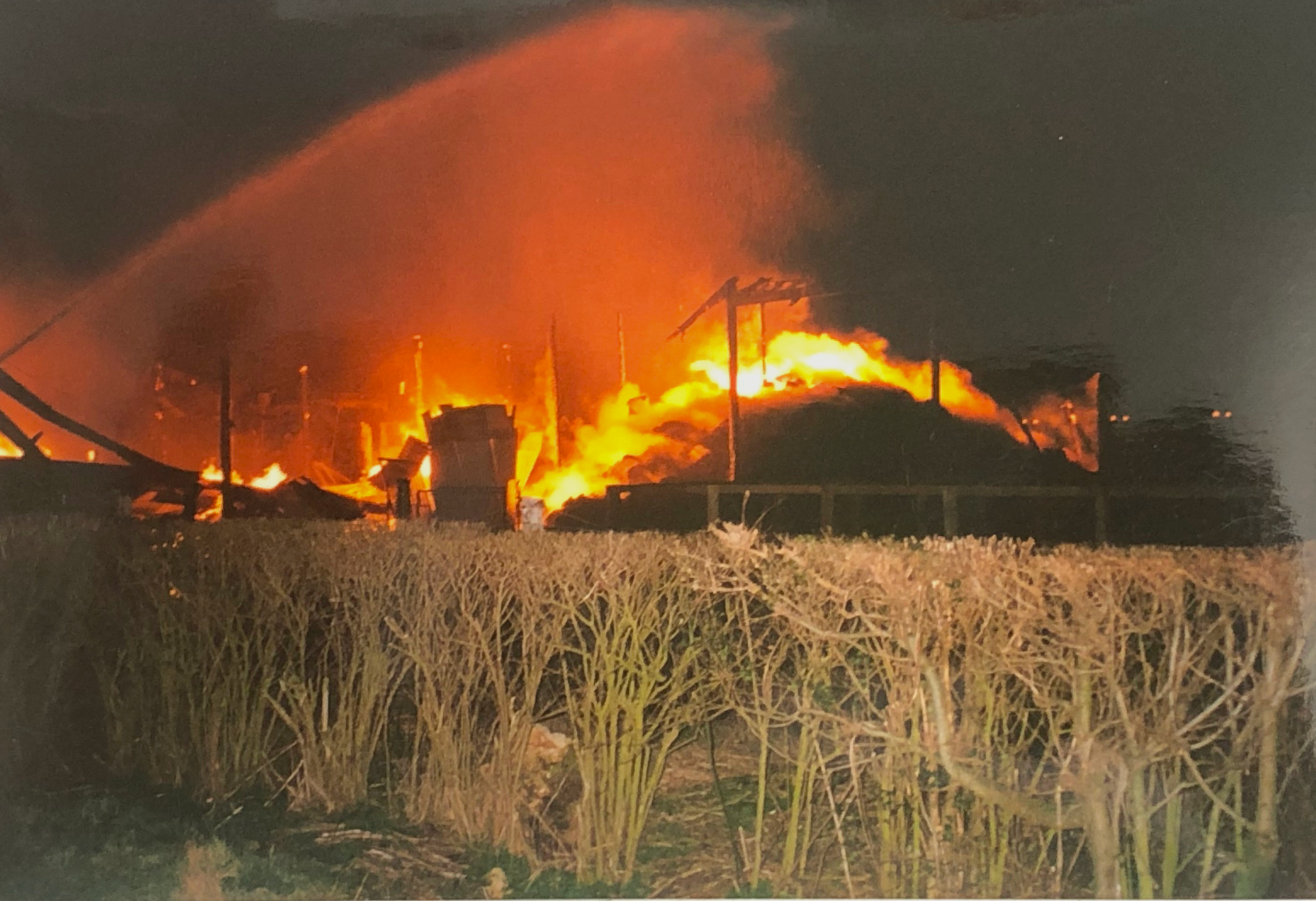
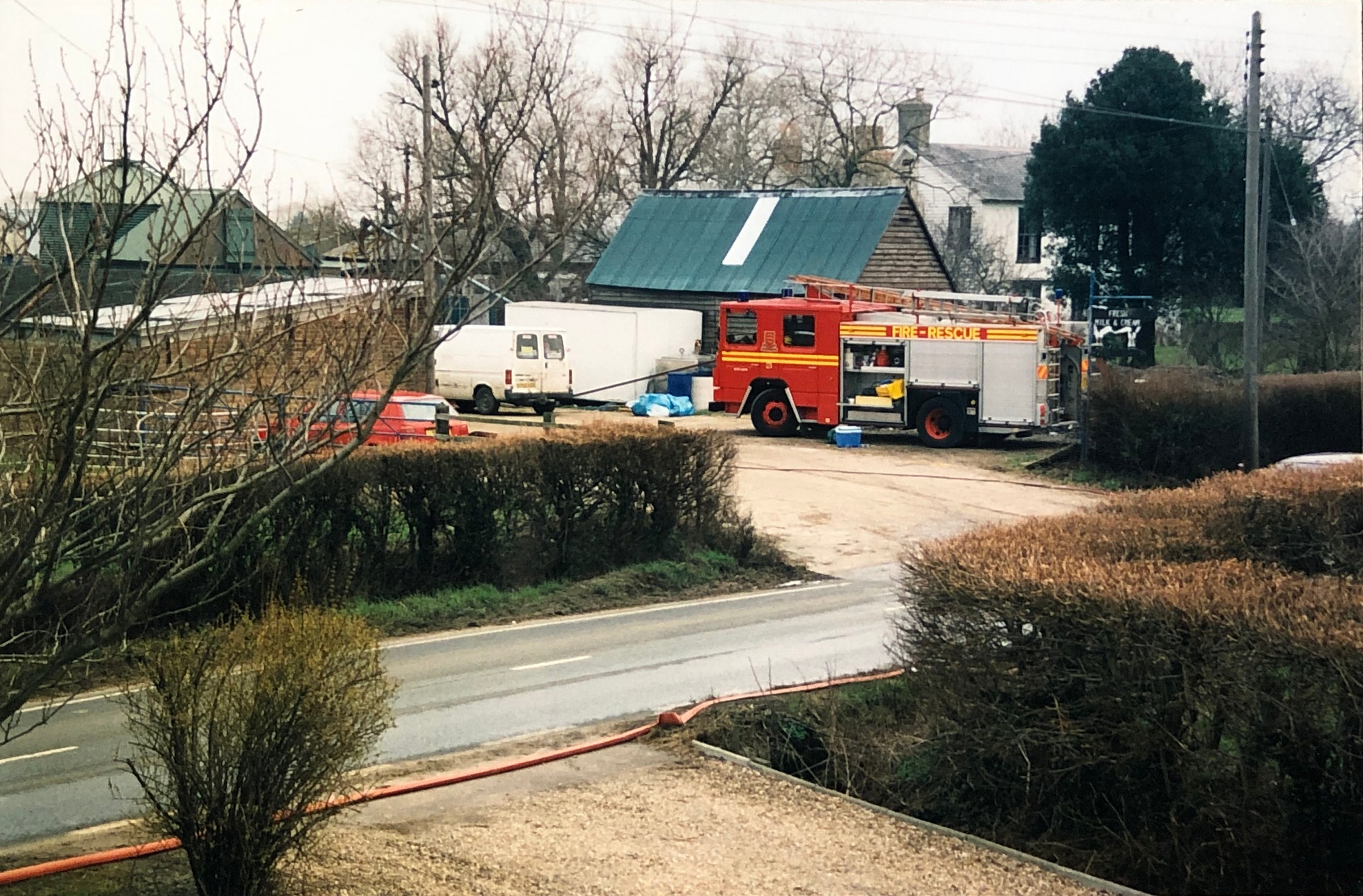
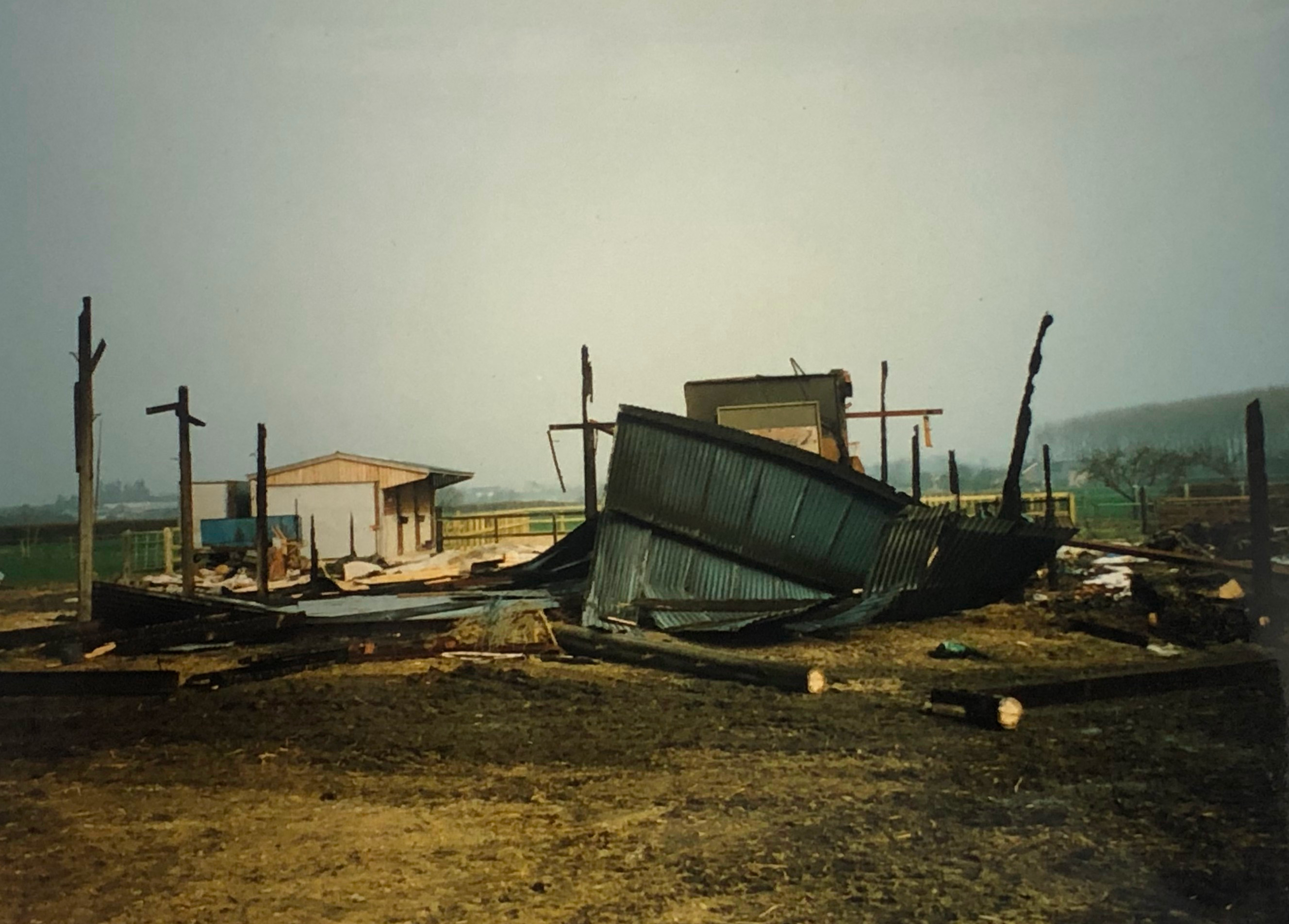
The new green shed was put up to replace the lost pole barn. We didn’t replace much of the specialist machinery and have used contractors to harvest our crops since then. A new maize silage clamp was built too.
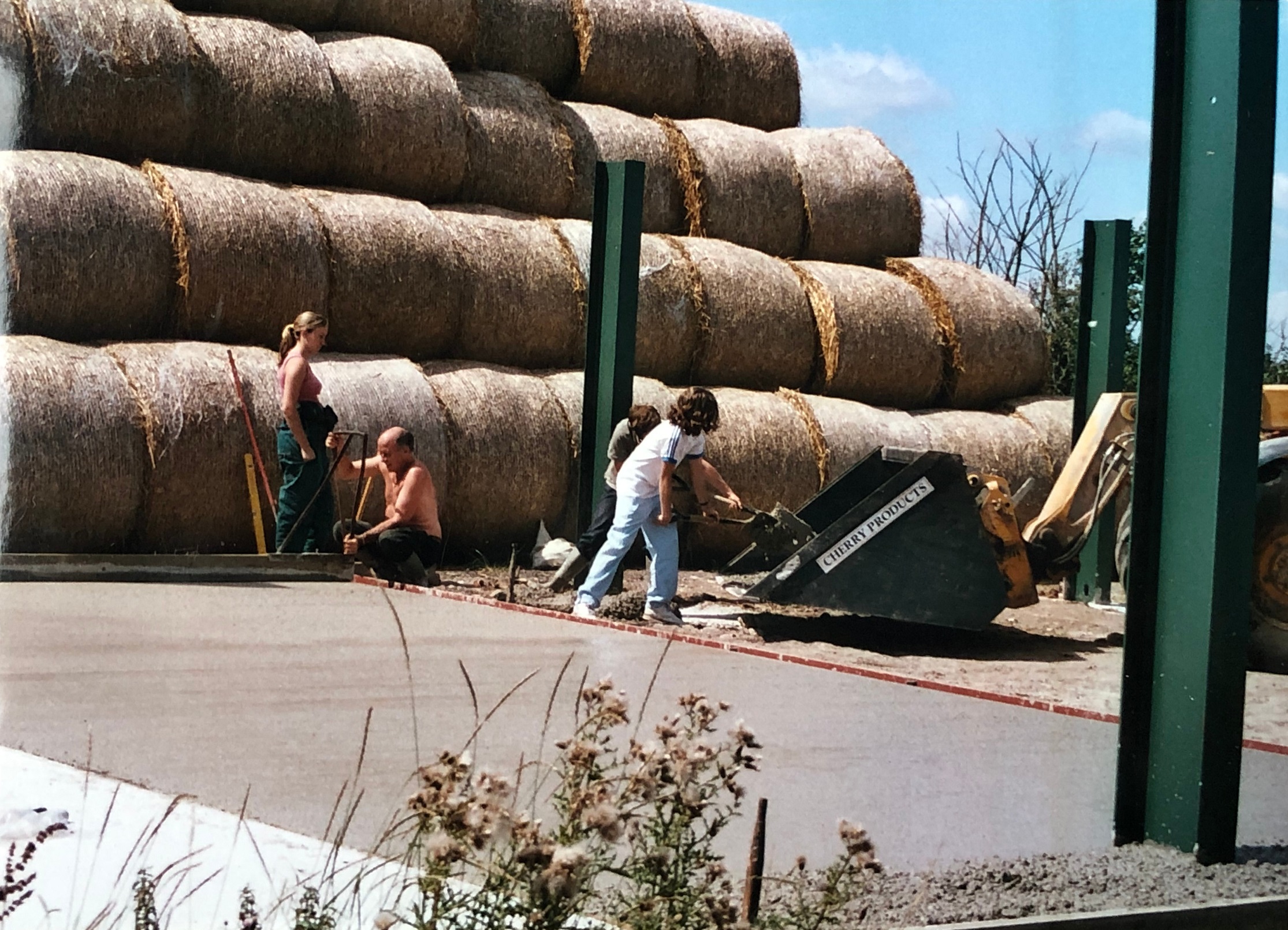
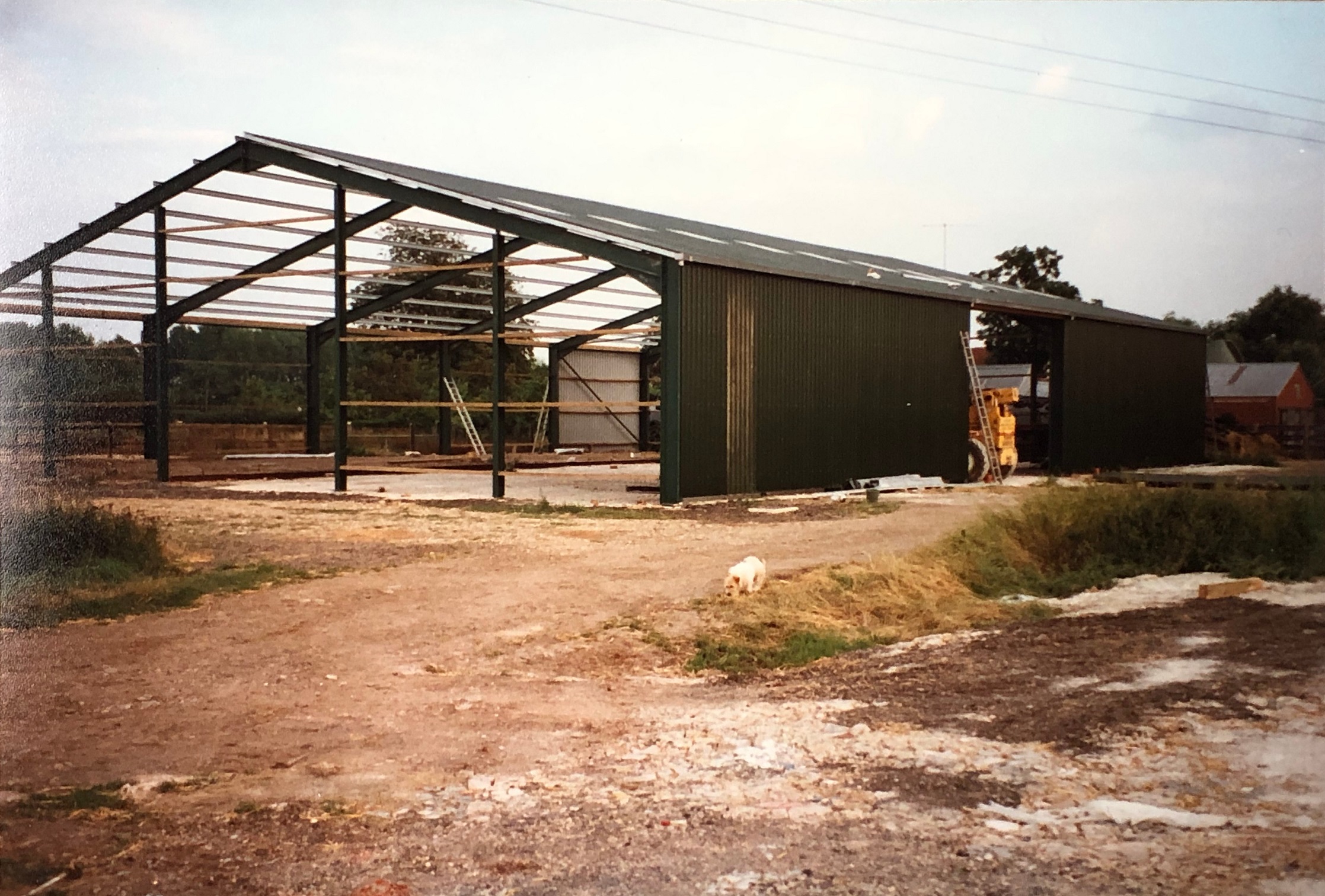
Sarah returned from agricultural college and joined the partnership and the farm took on a neighbouring farm, Little Chalvedon Hall, when Reg Acre’s retired and gave up his herd of jersey cows. Some of the jersey cows came to join us at Bradfields too.
When we expanded the cow numbers we needed more straw for the cow sheds so started buying large round bales from our neighbouring farmers.
2000 to date
In the last 20 years, the most significant change at the farm is the start of Bradfields Farm Dairy, as well as the start of cheese and yogurt making and the opening of our dairy shop.
In February 2017 we opened the dairy as a new enterprise. We have a small shop selling our new cheese as well as our fresh milk and cream. Having fresh cream and milk on sale at the Farm also harked back to earlier years when we had Farm gate sales.
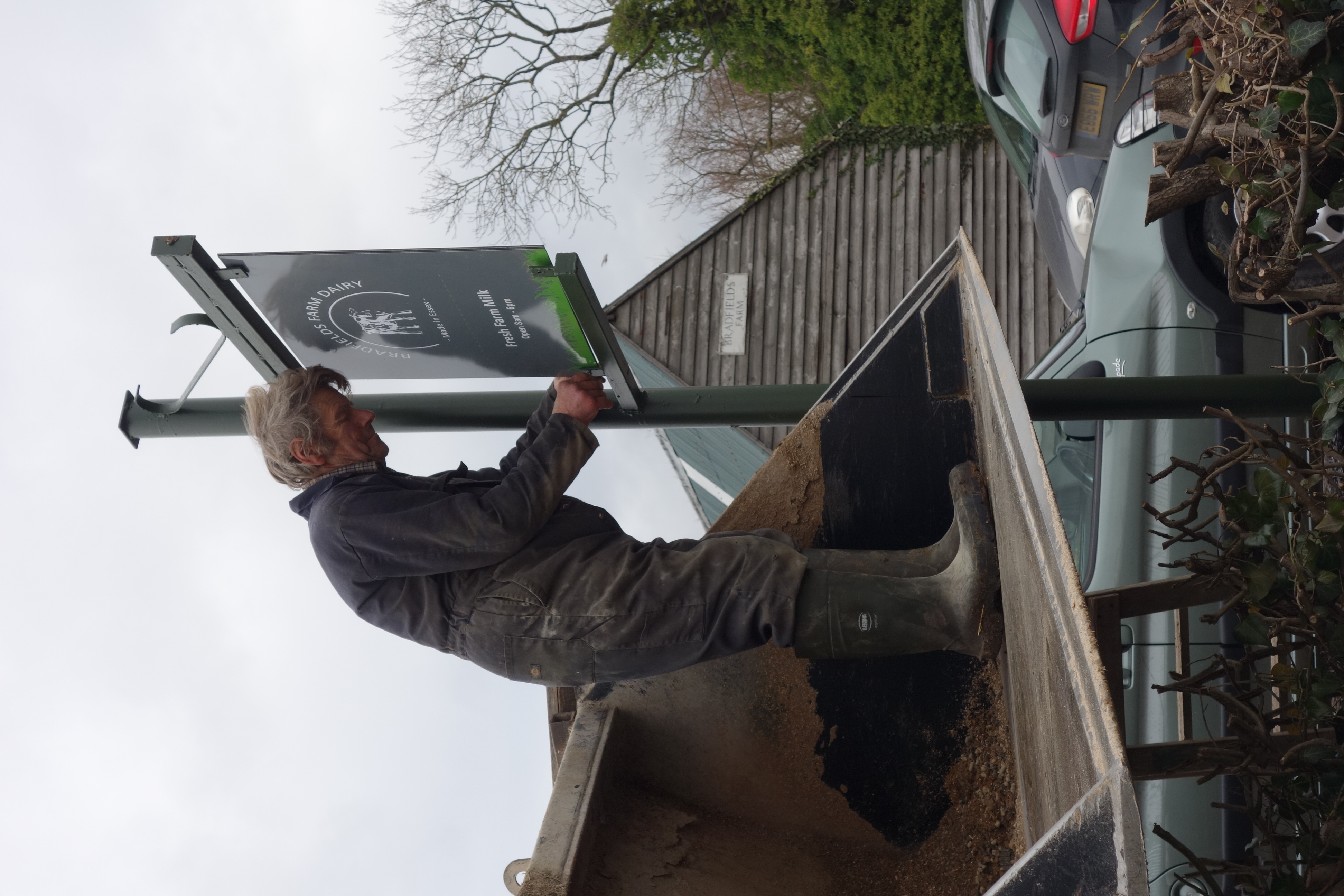
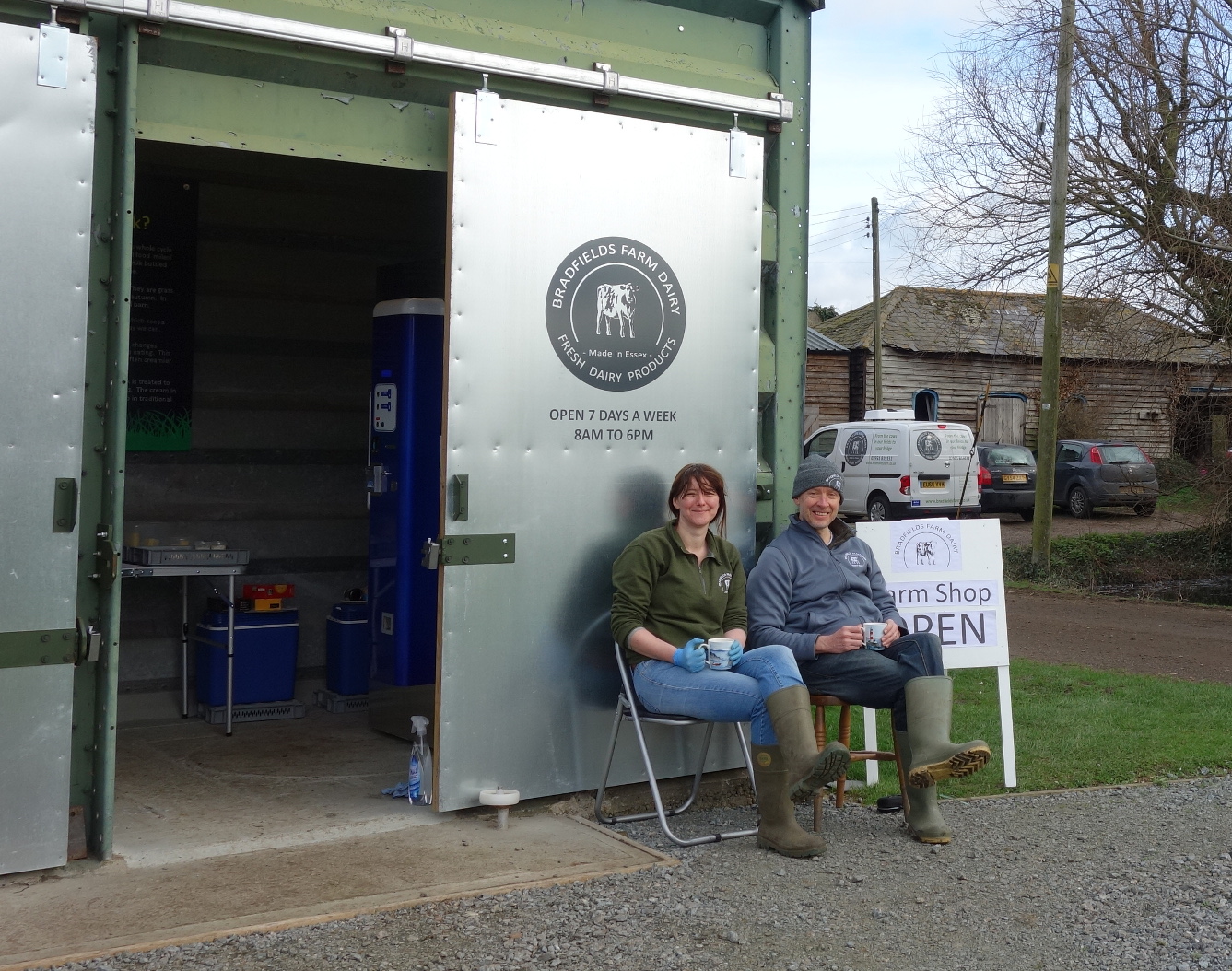
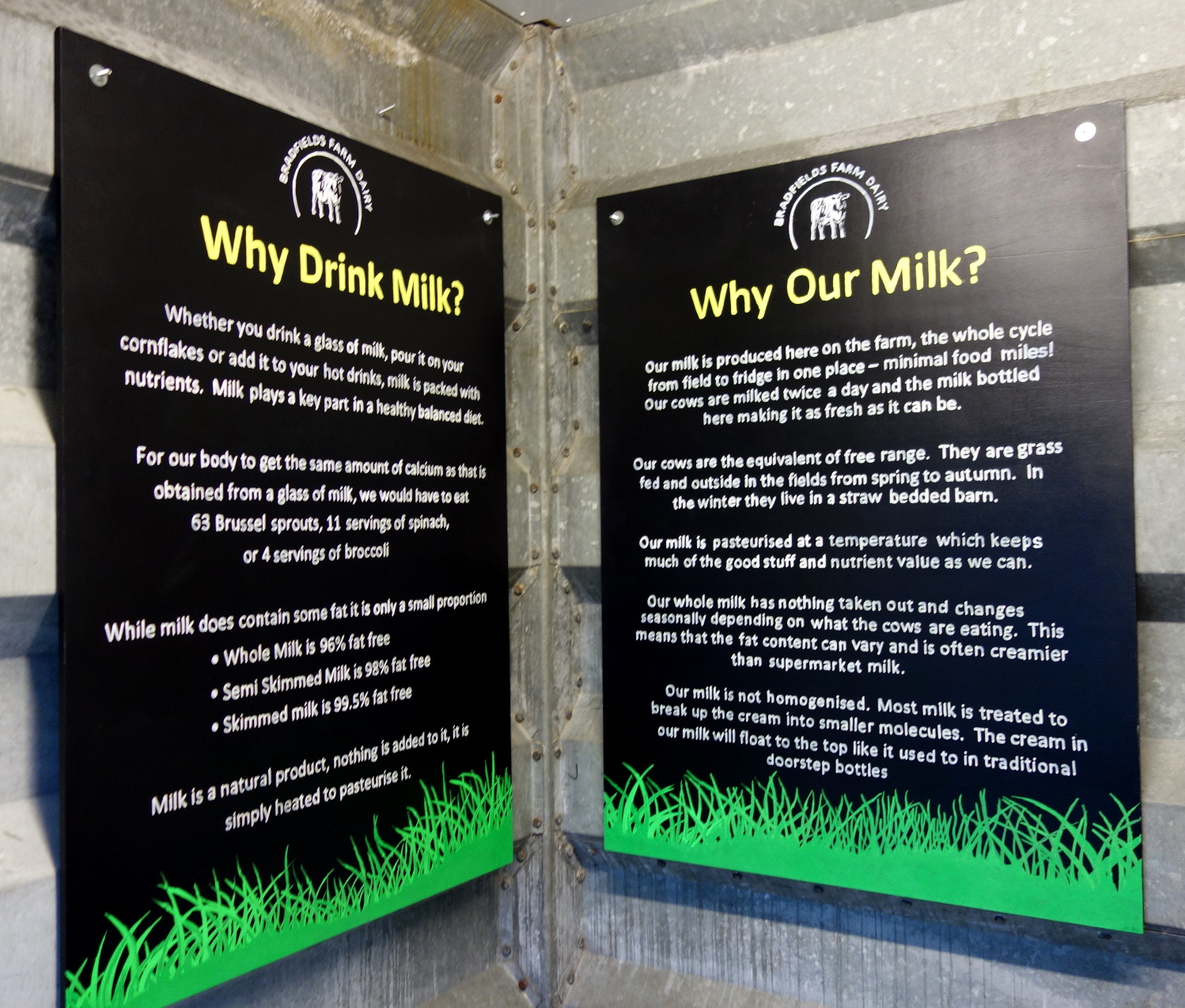
We experimented with home cheese making for a few years before we refurbished our workshop into the “cheese room”. This is an insulated room which helps keep the cheese at the warm temperature it needs while it is being made. The first cheese made from our milk in our small new “cheese room” was called Chalvedon.
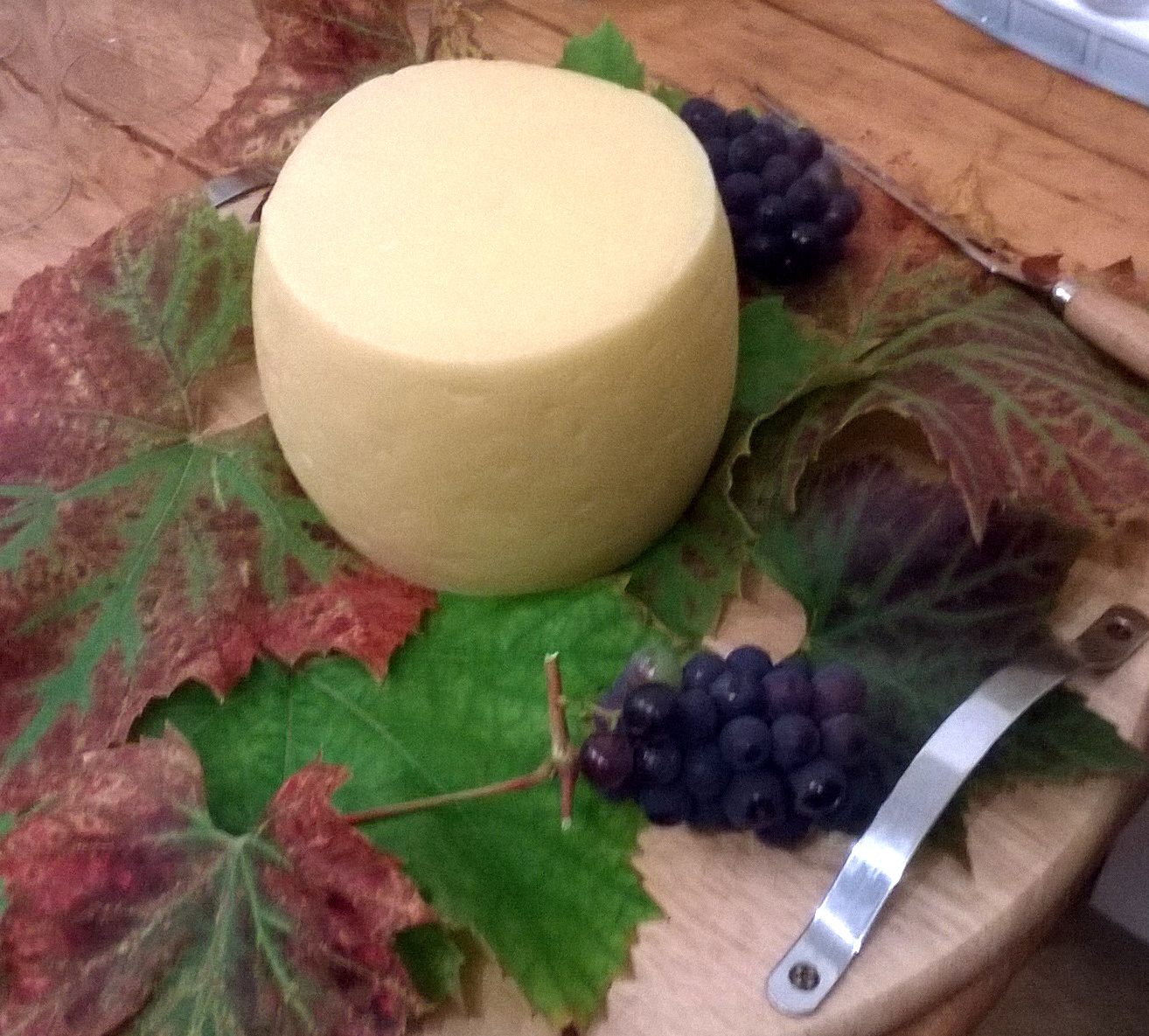
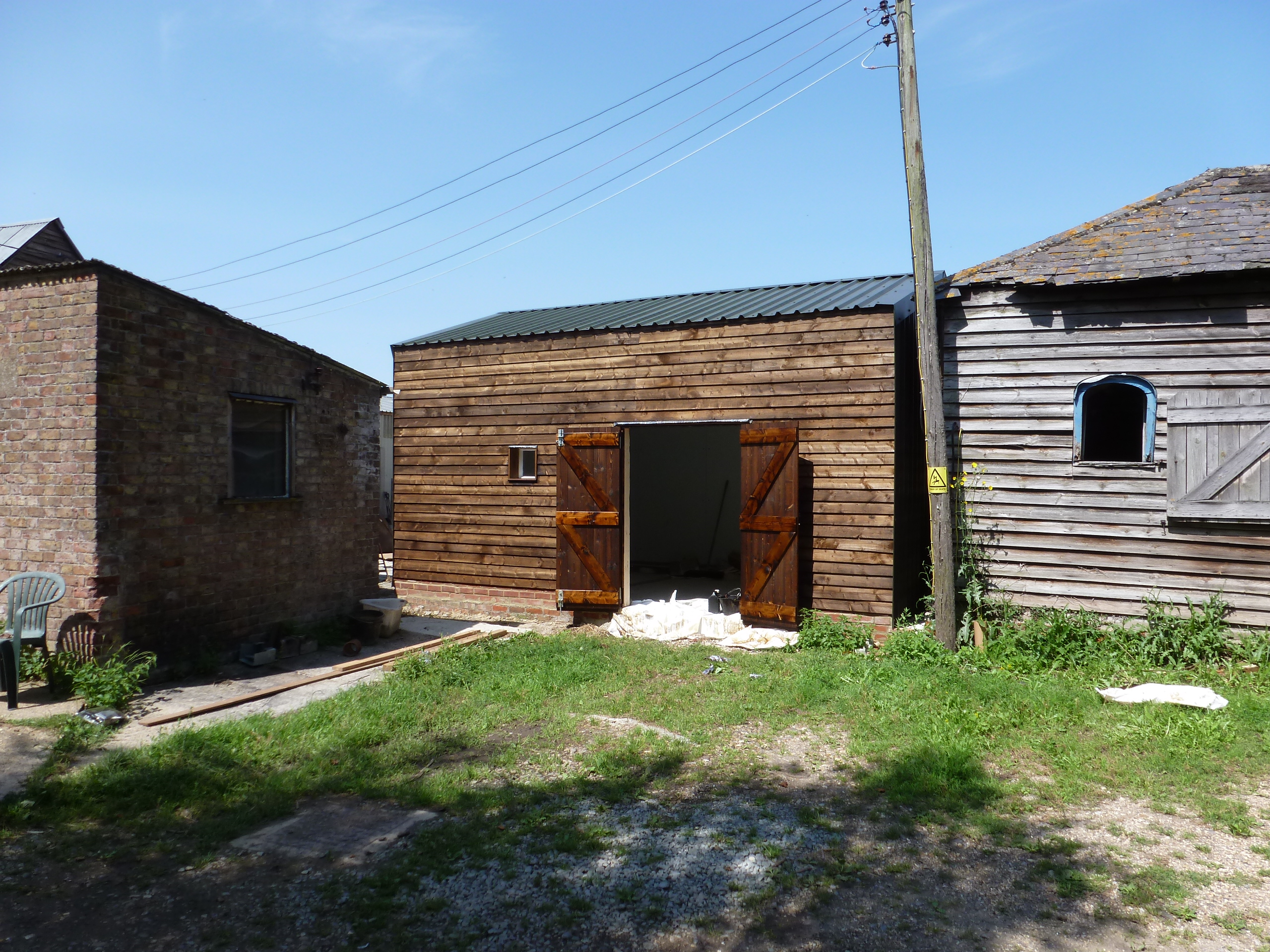
Then we built our milk pasteurising room inside the barn. A building inside a building and later we added our packing room next door, again this being inside the barn.
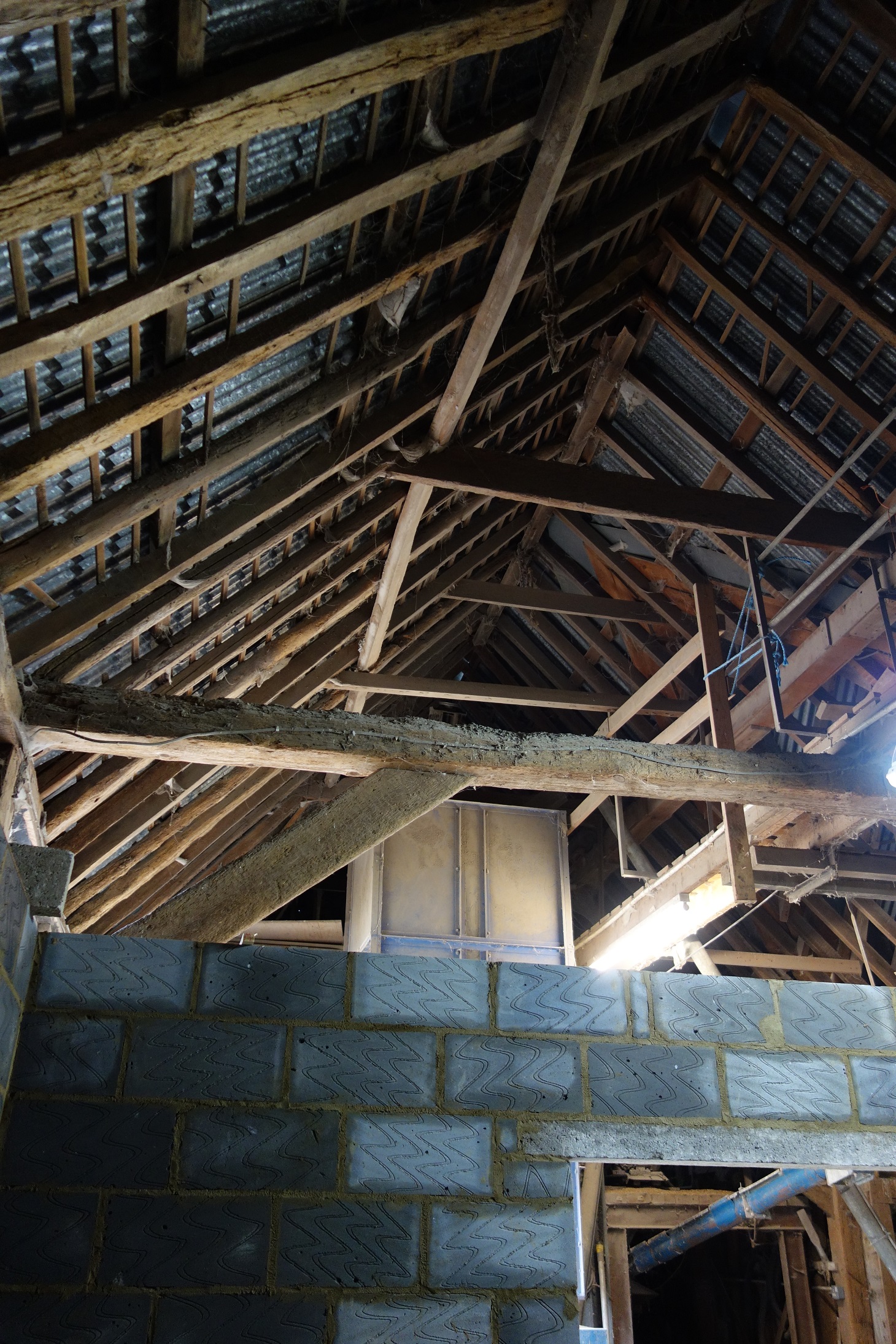
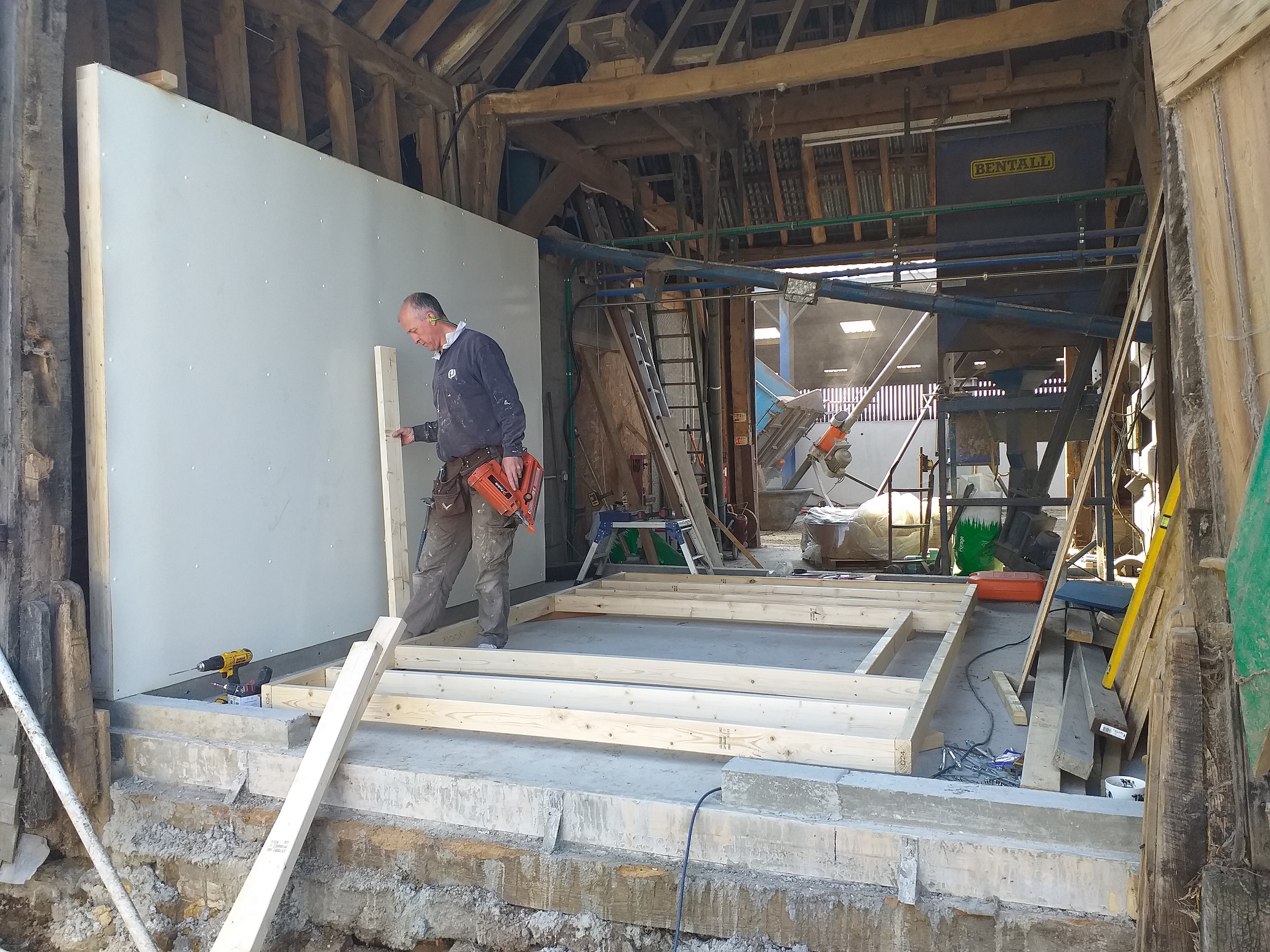

We opened our dairy shop in February 2017 with a milk vending machine. This proved instantly popular!
We then added a rotary vending machine (with help from our farming friends the Keelings). Not the easiest thing to put in.
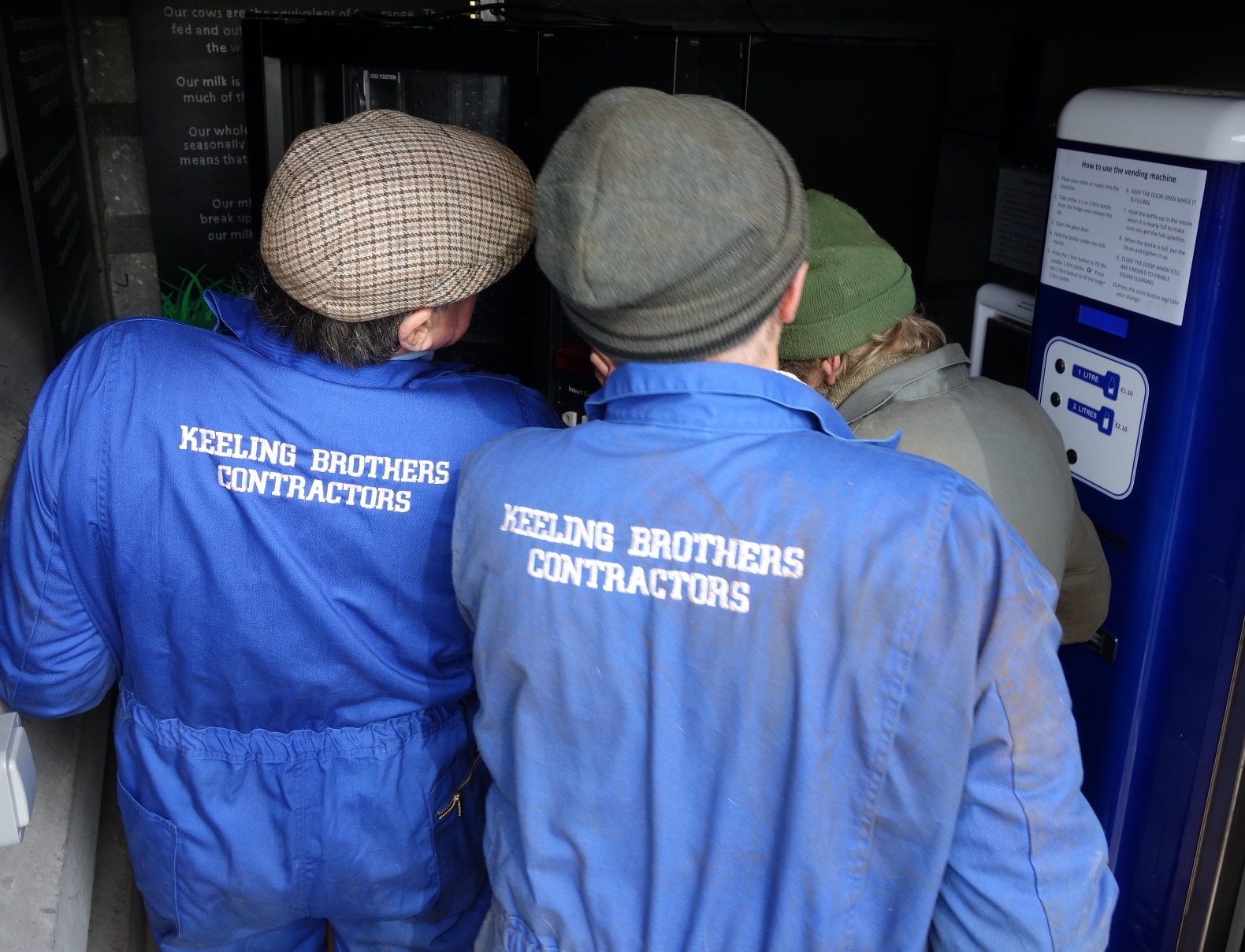
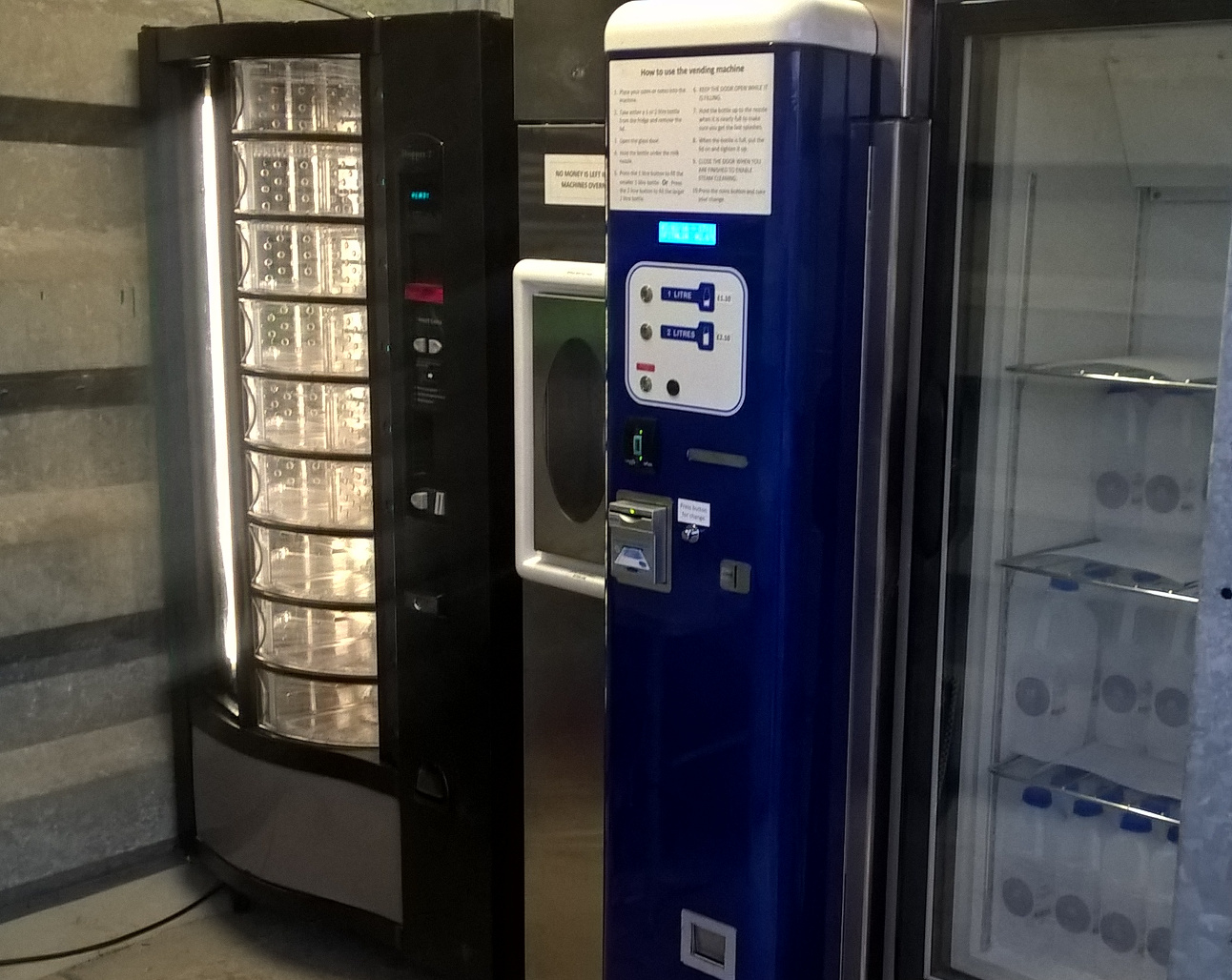
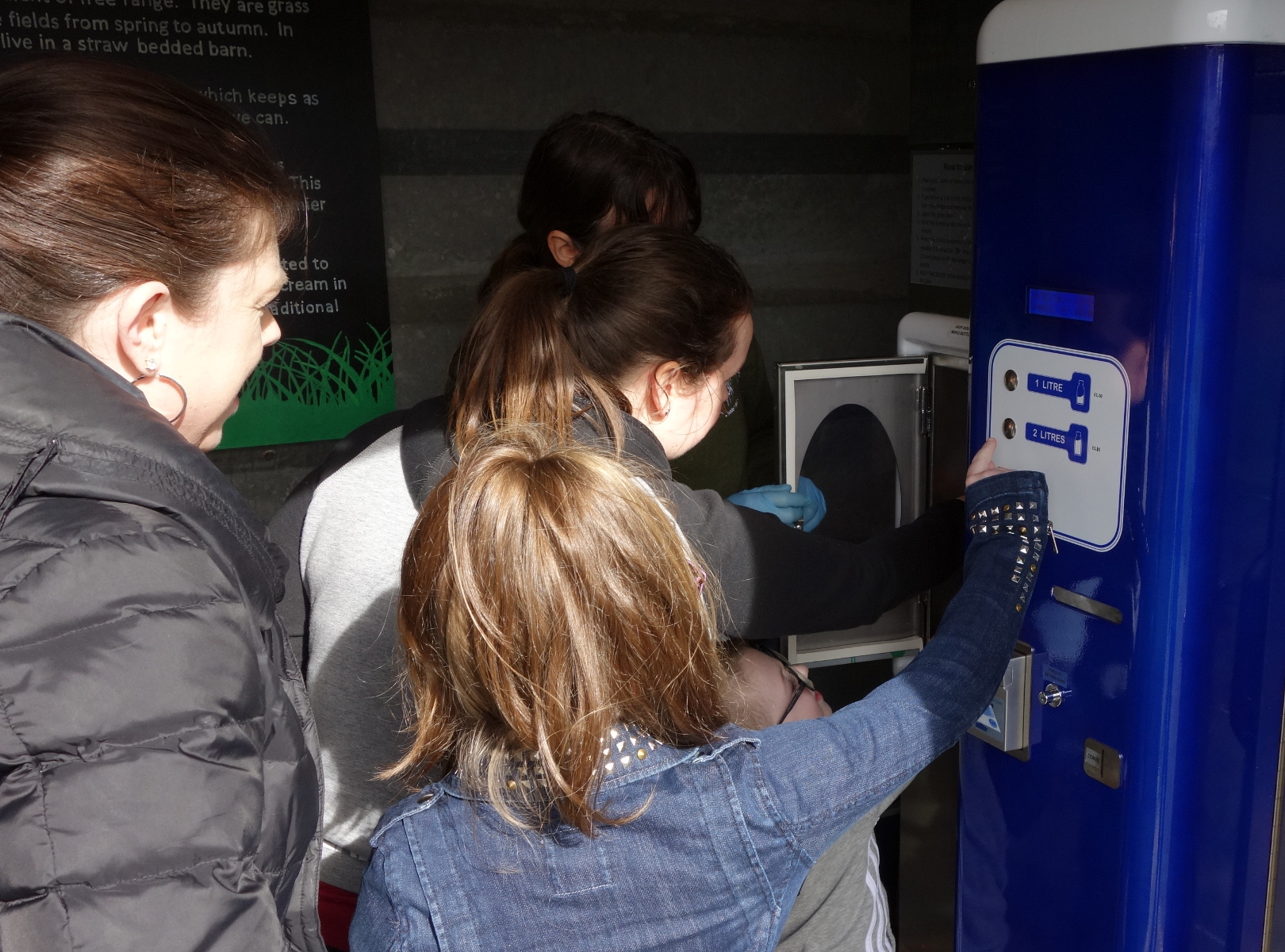
In 2018 we launched with London Farmers Markets at Blackheath Farmers Market. The next Spring we expanded to other markets. We now do 5 markets in London every week at Blackheath, Parliament Hill, Wimbledon, Leytonstone and Swiss Cottage.
We deliver milk and the other dairy products to local shops and cafes on a Monday, Wednesday and Friday every week.
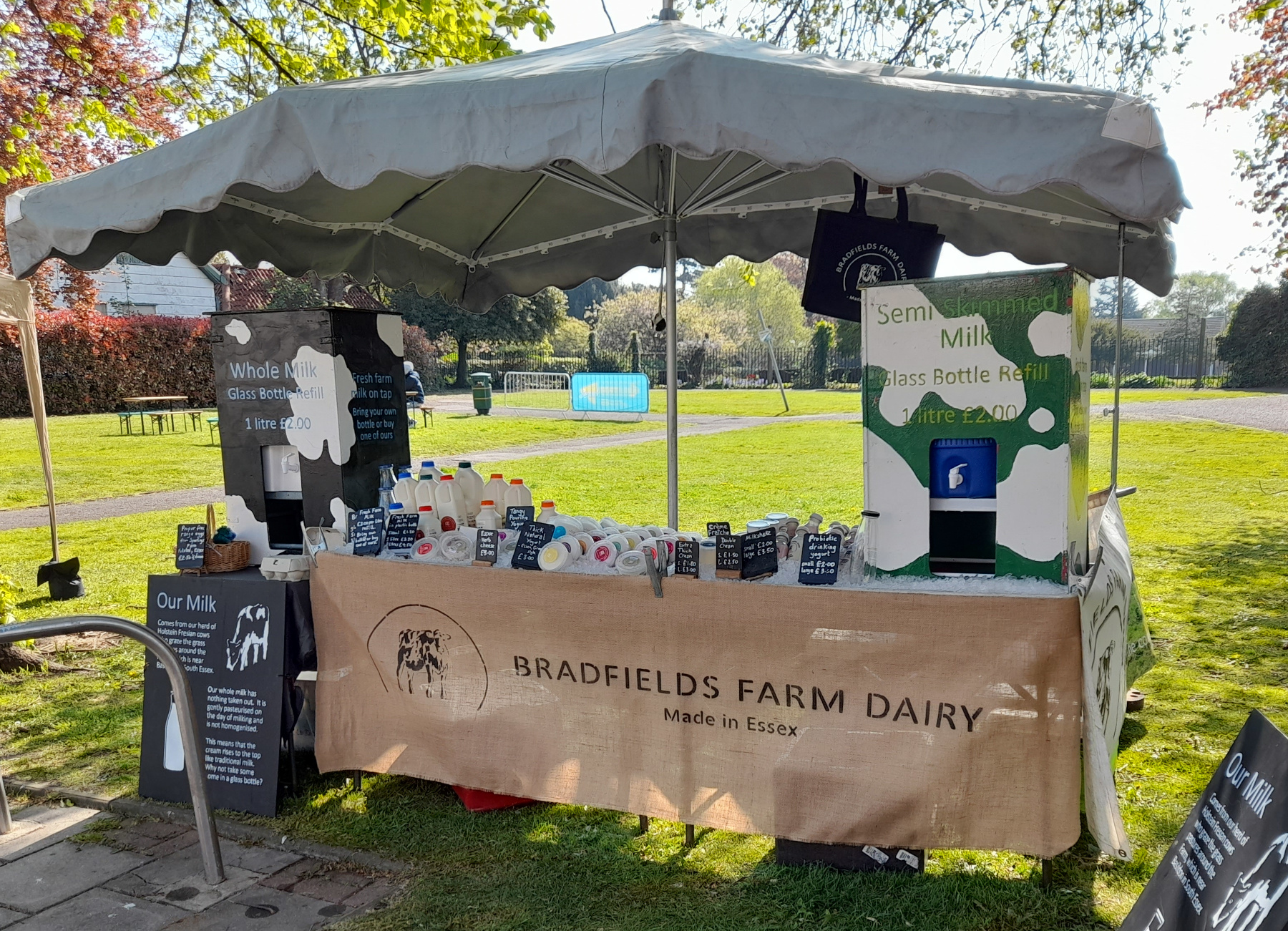

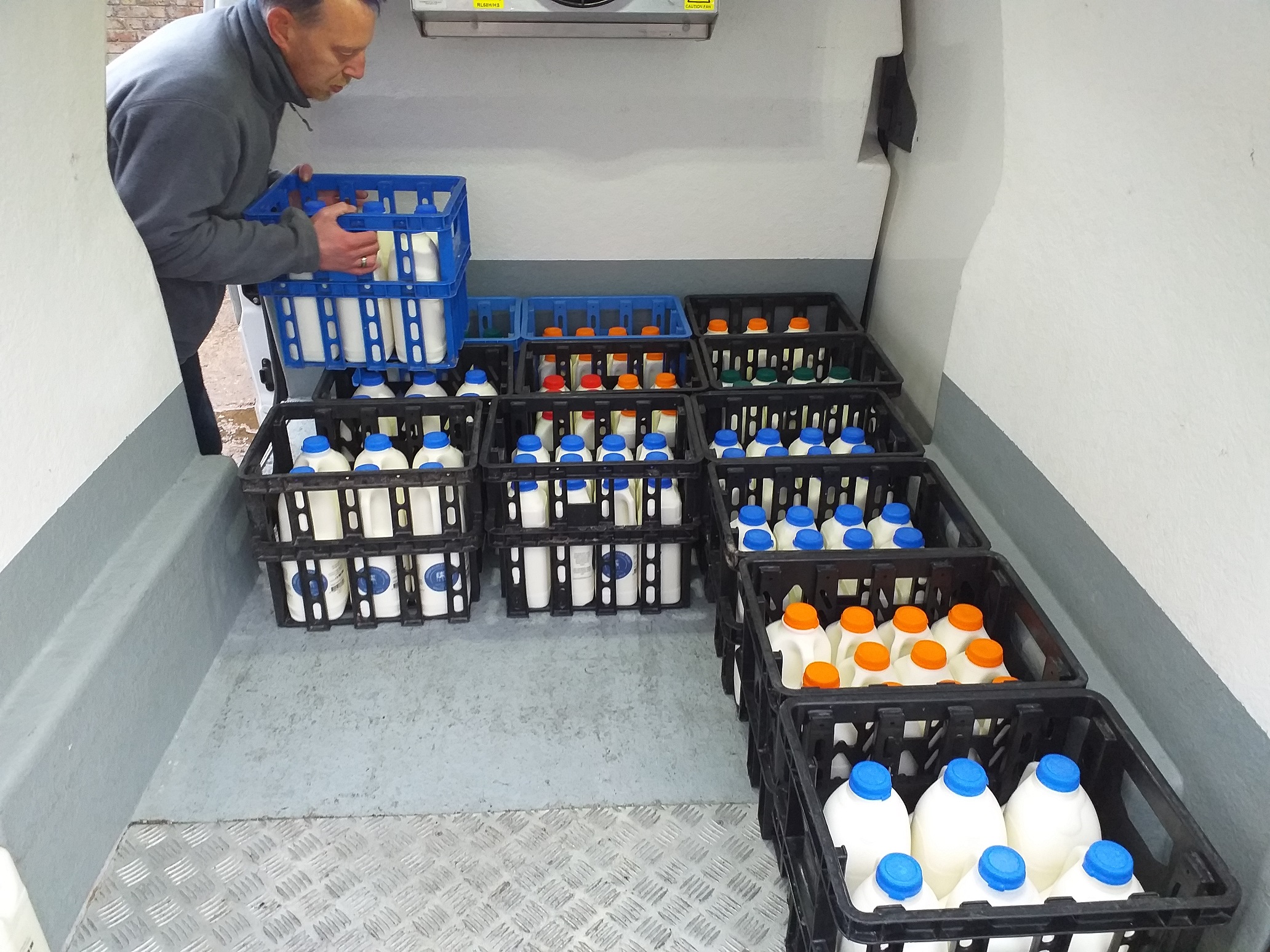
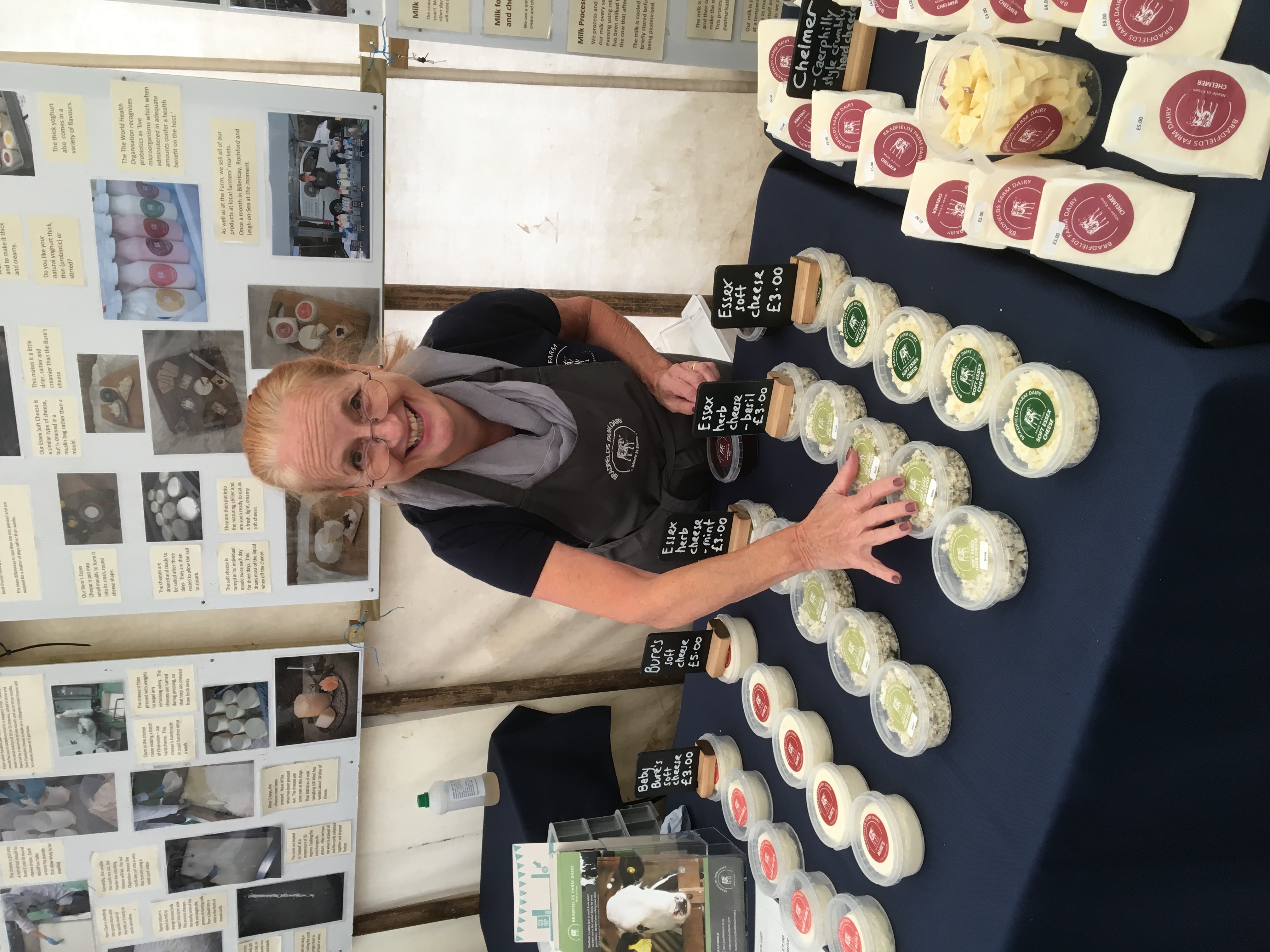
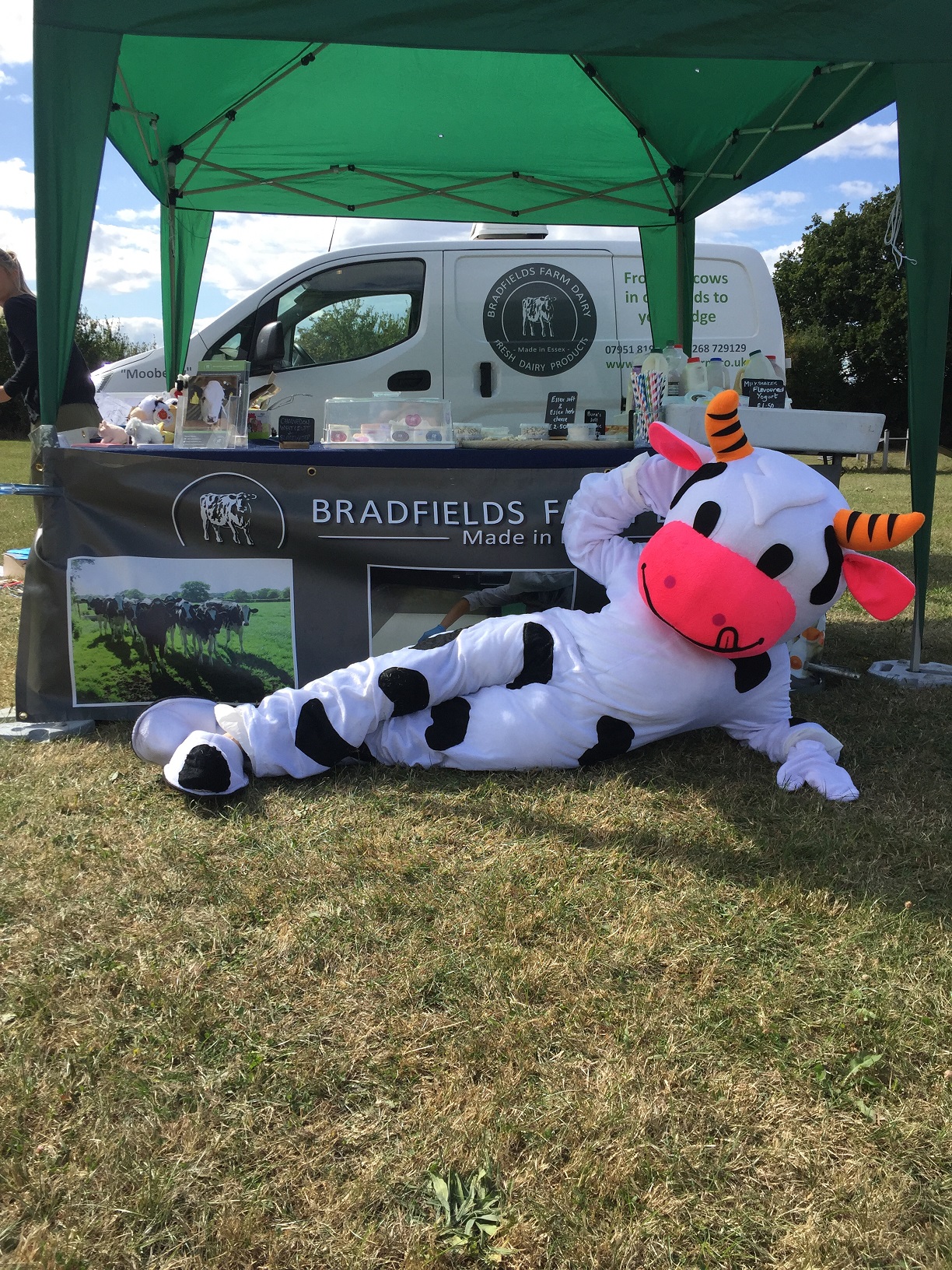
We have also had regular Open Days where people can get to see more of the farm as well as Mini Farmers Markets during the summer.
We have received quite a lot of publicity through interviews and fun things on BBC Essex and have even been the recipient of some awards.
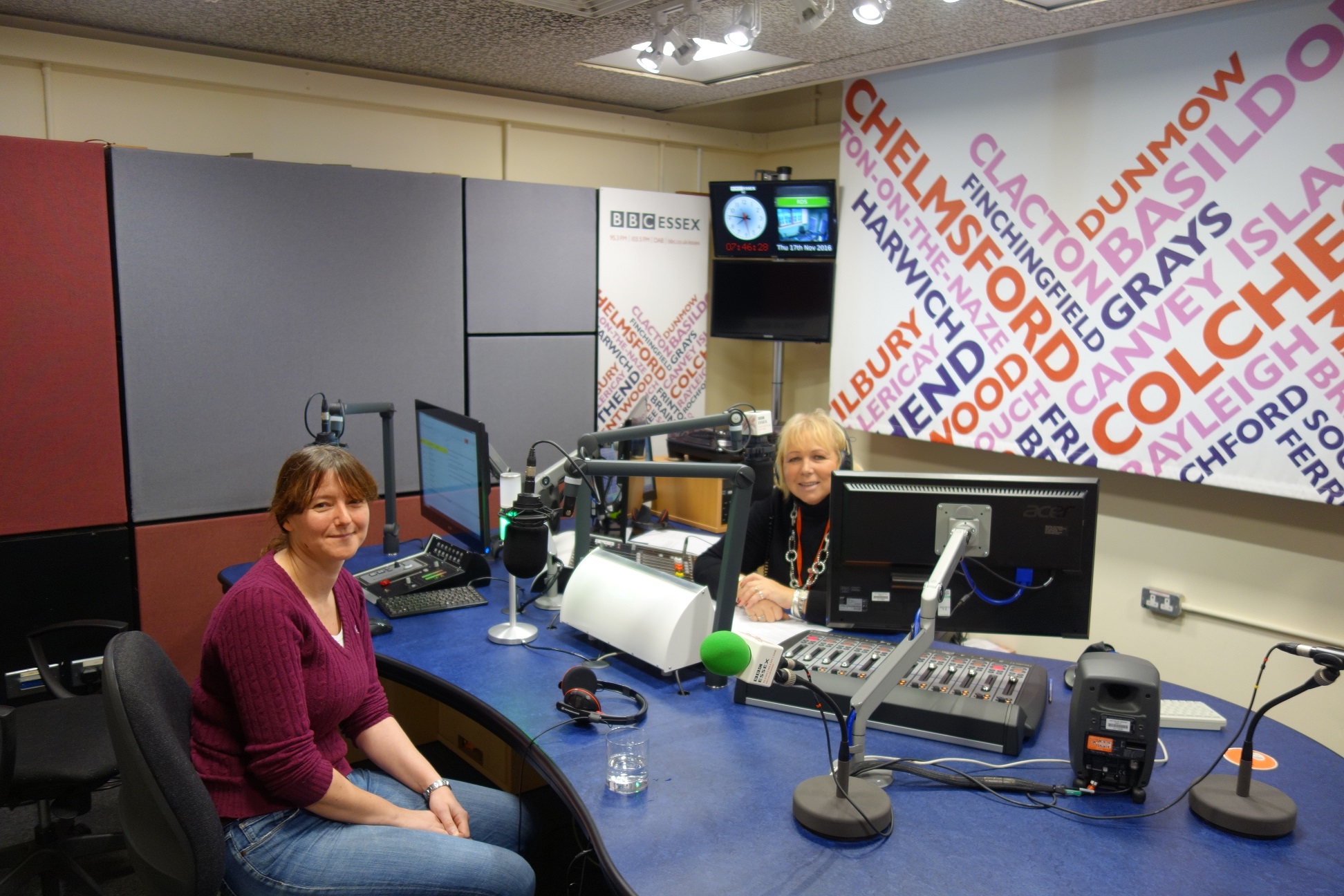
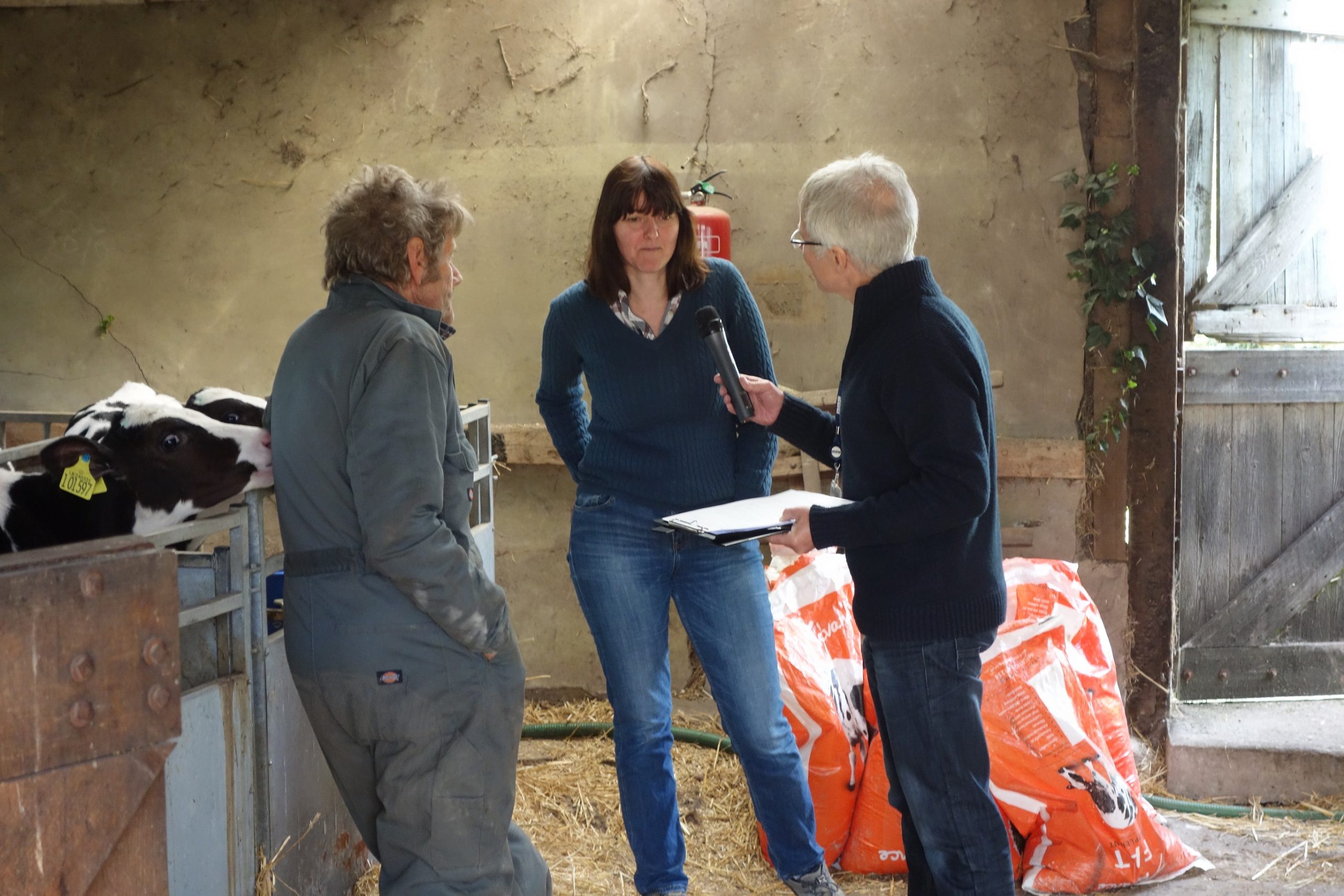
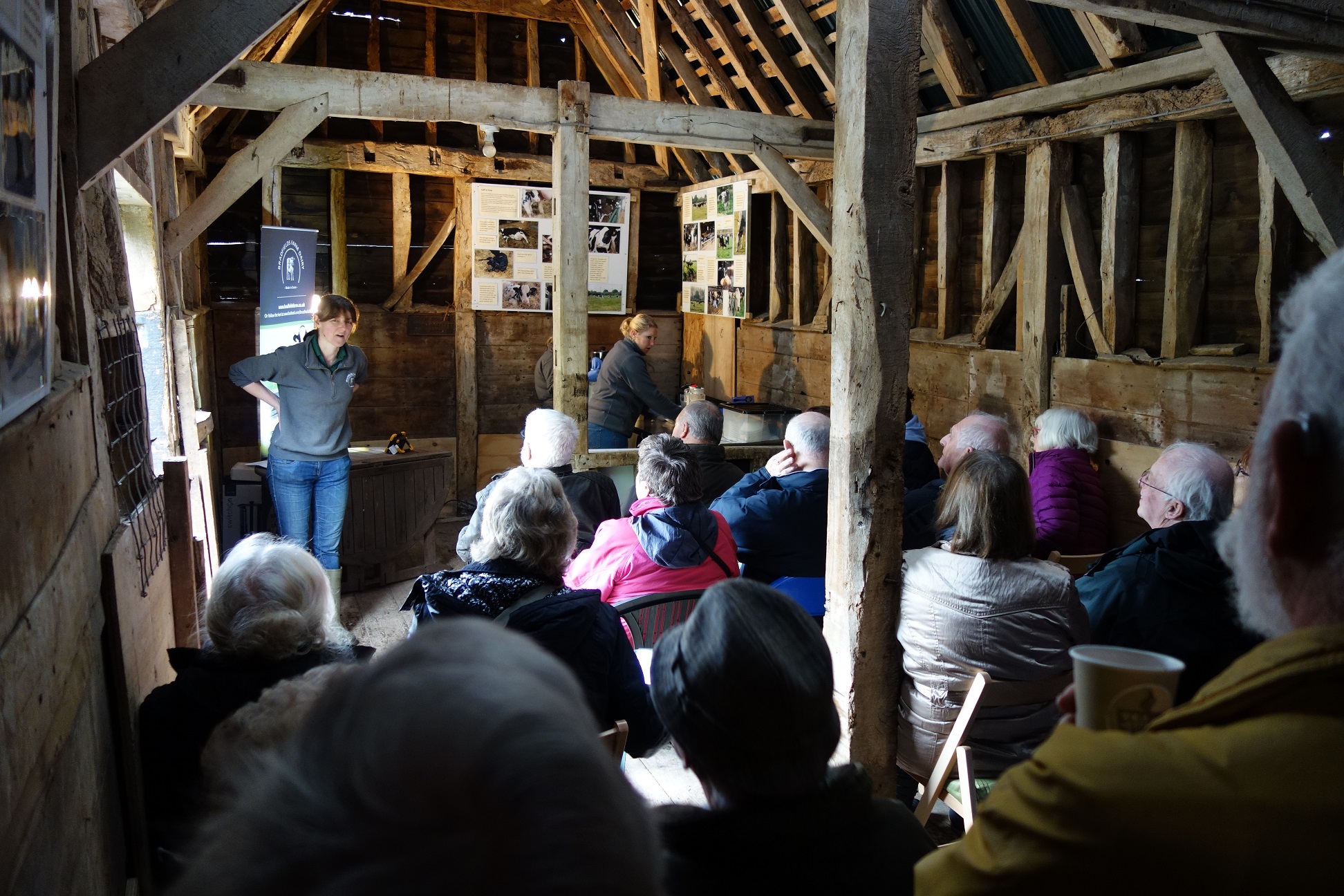
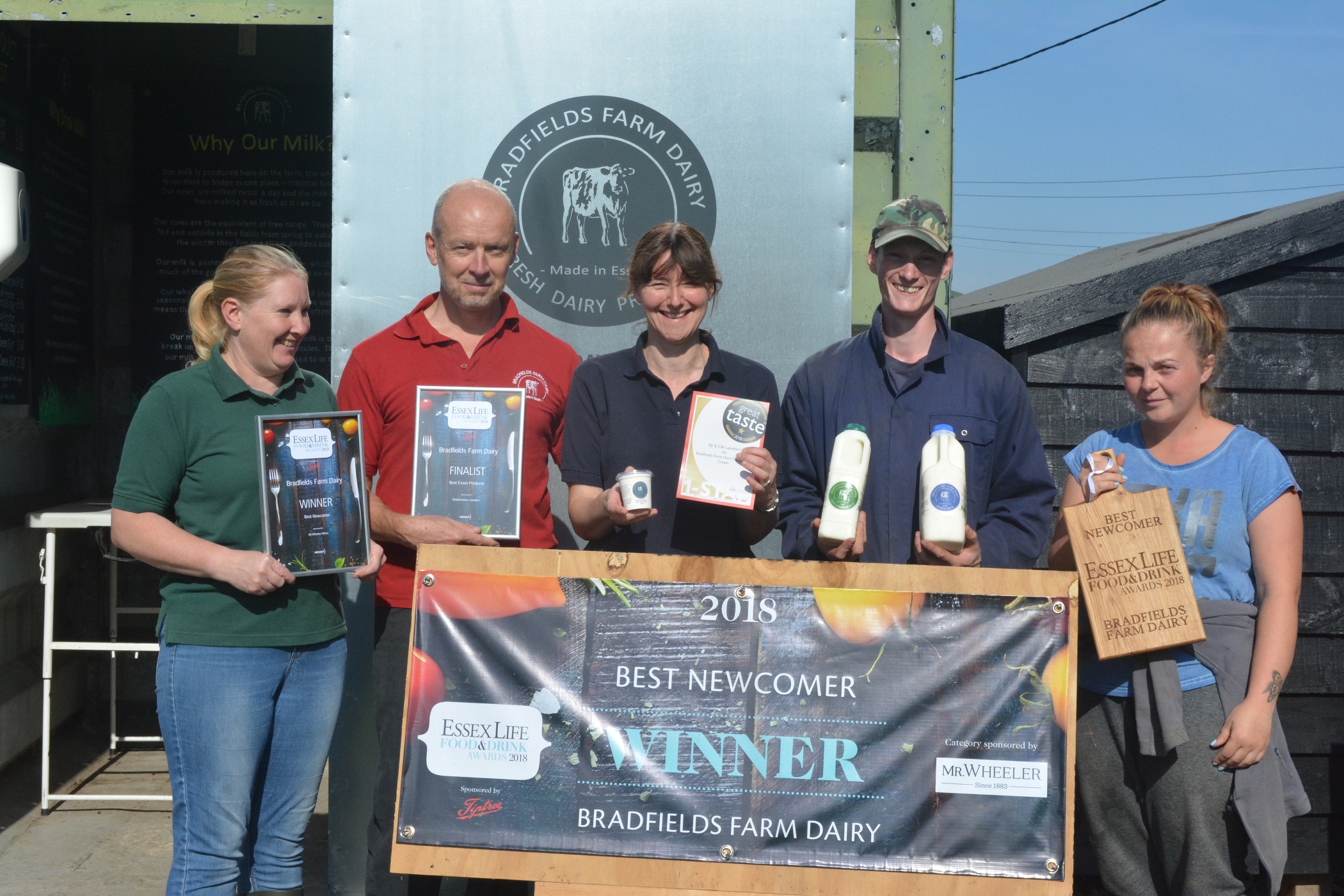
While our profile is now higher than it was, the heart of everything remains the same as it has been for more than a hundred years – the Farm and Farm workers dedicated to their animals, what they eat and what they produce.
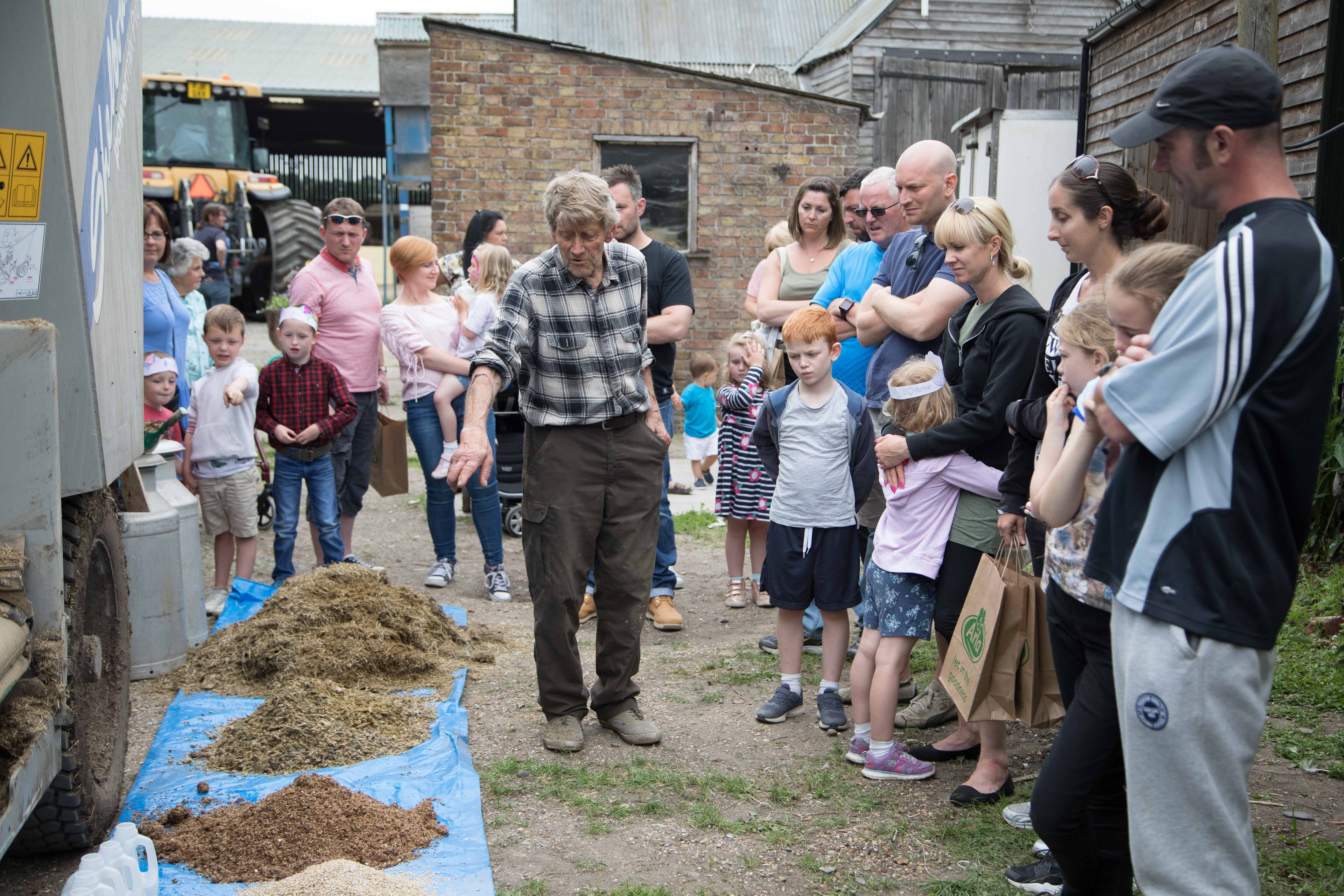
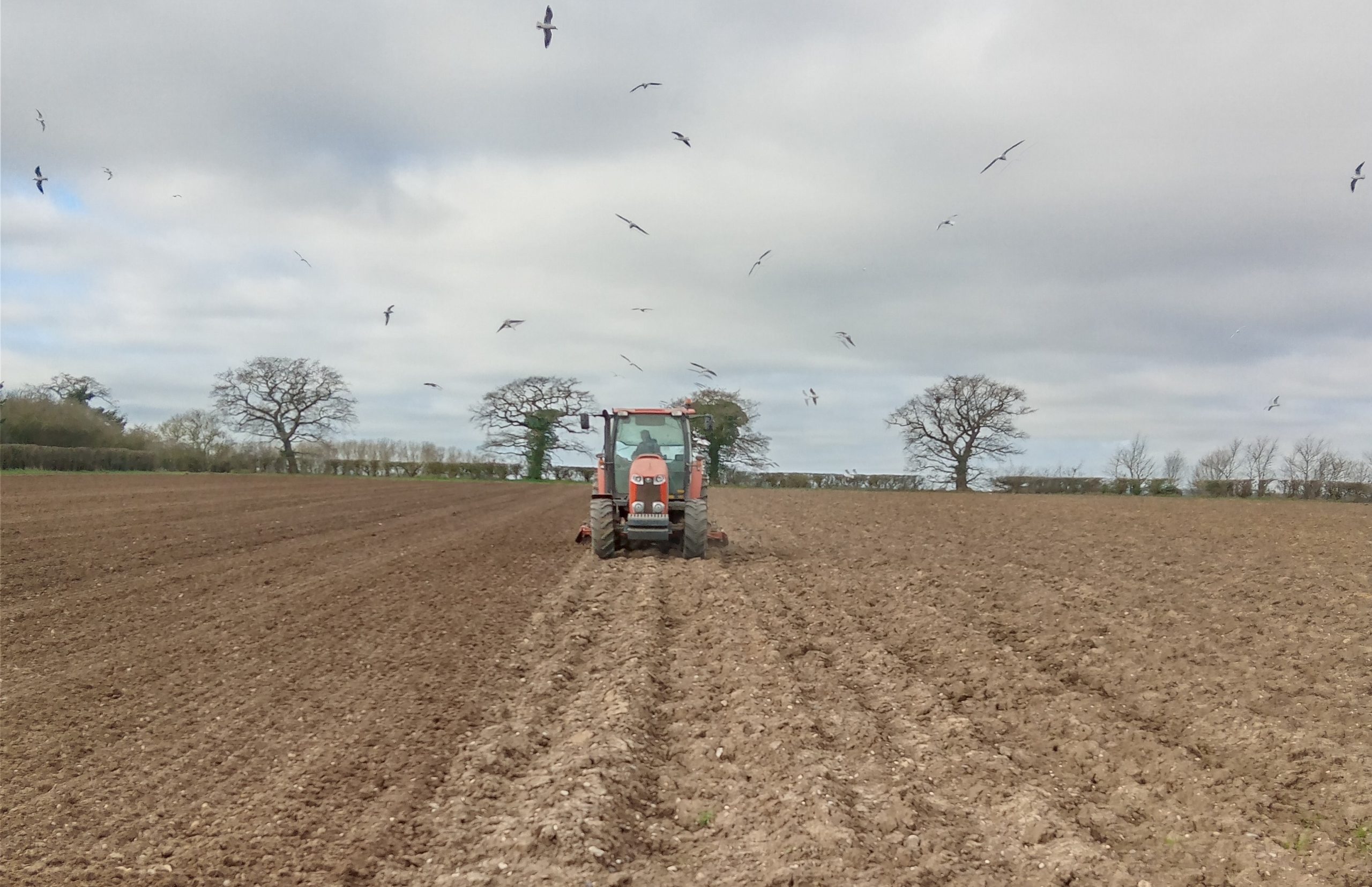
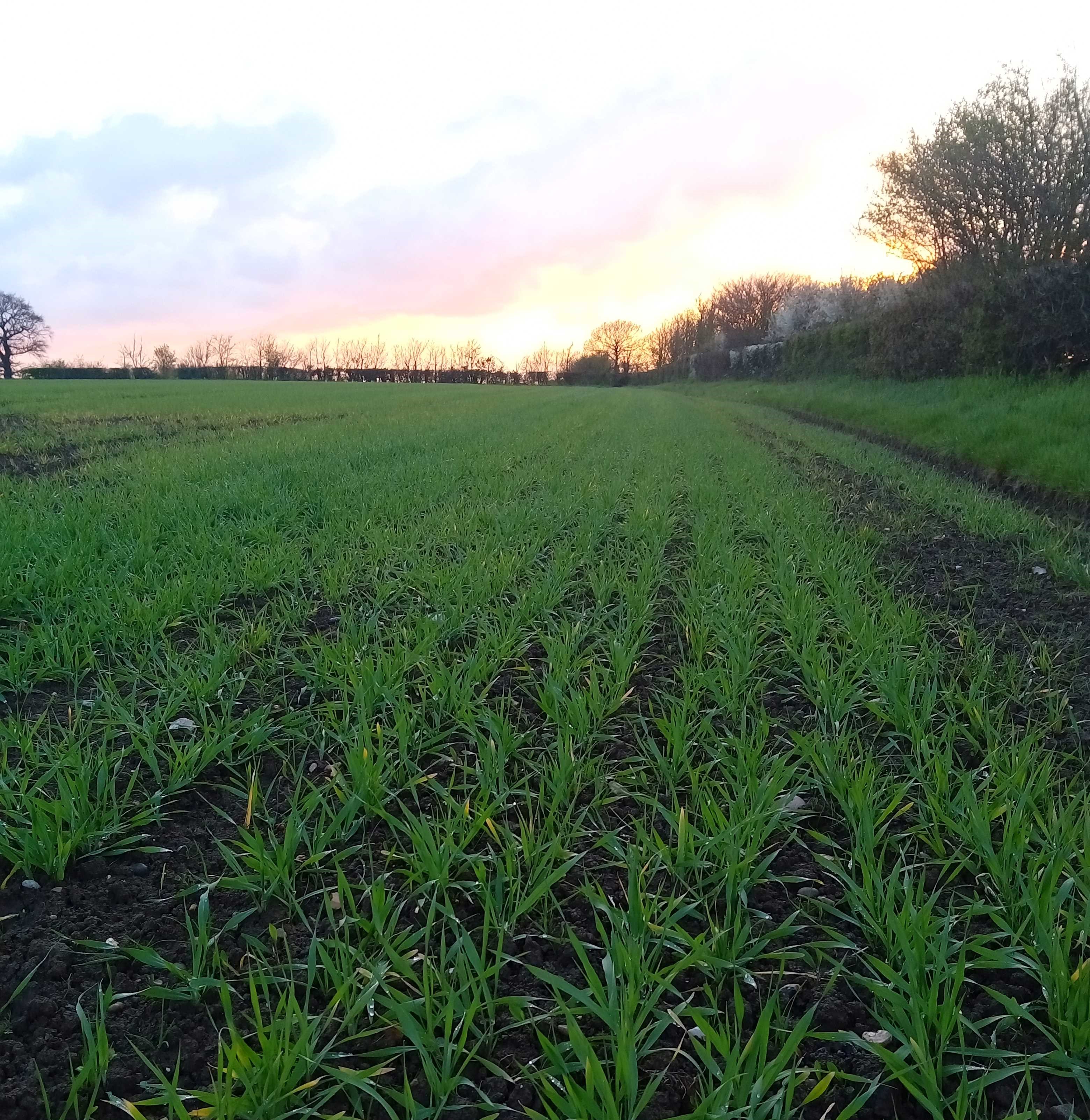
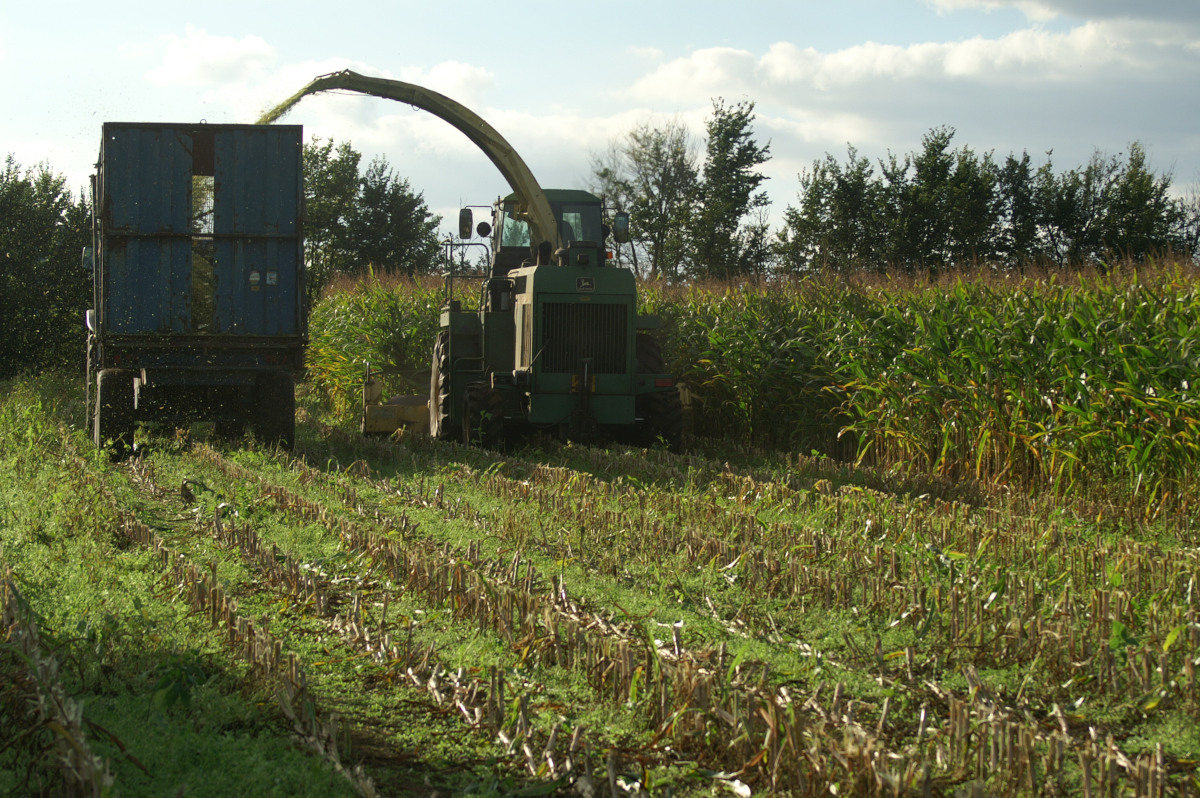
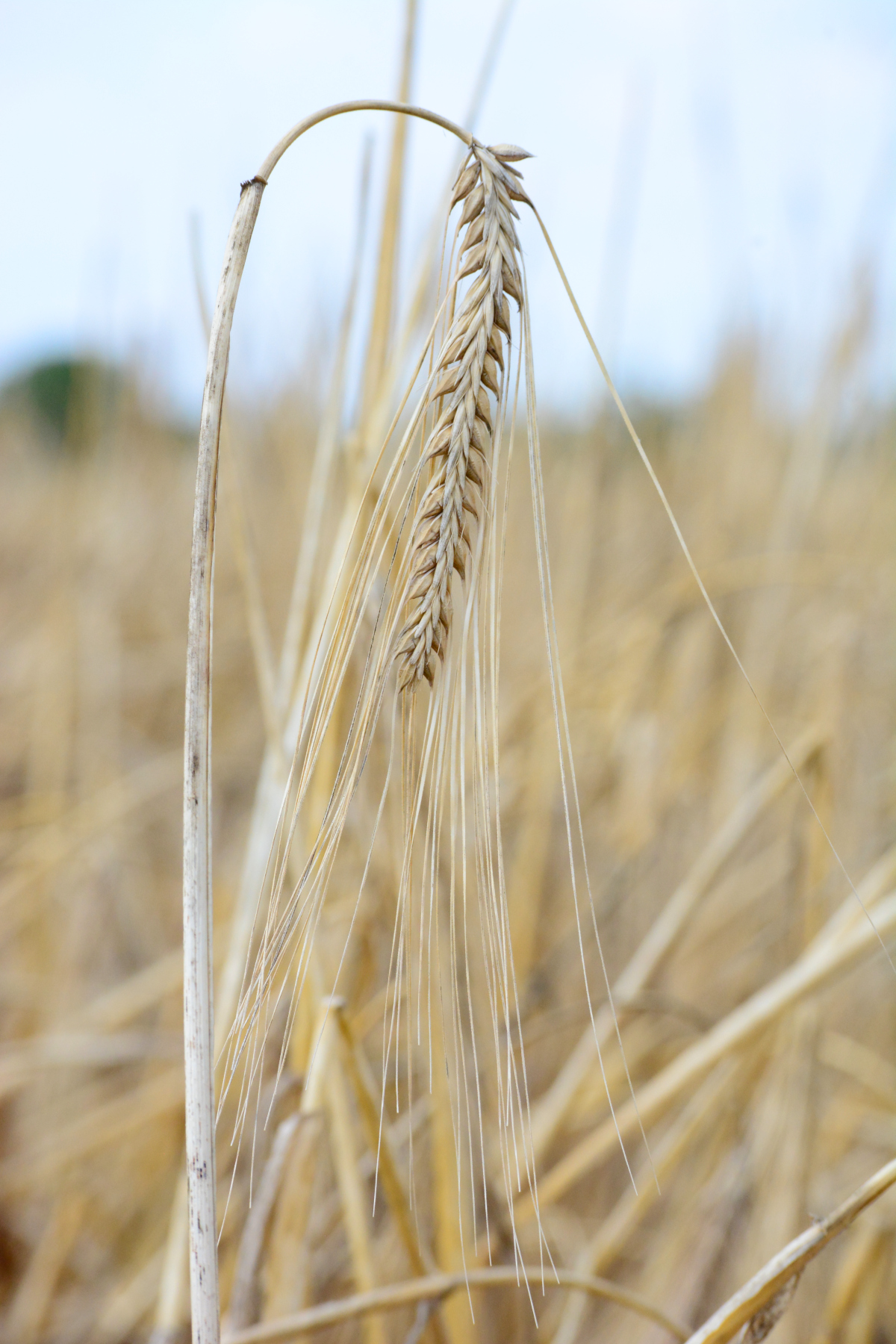
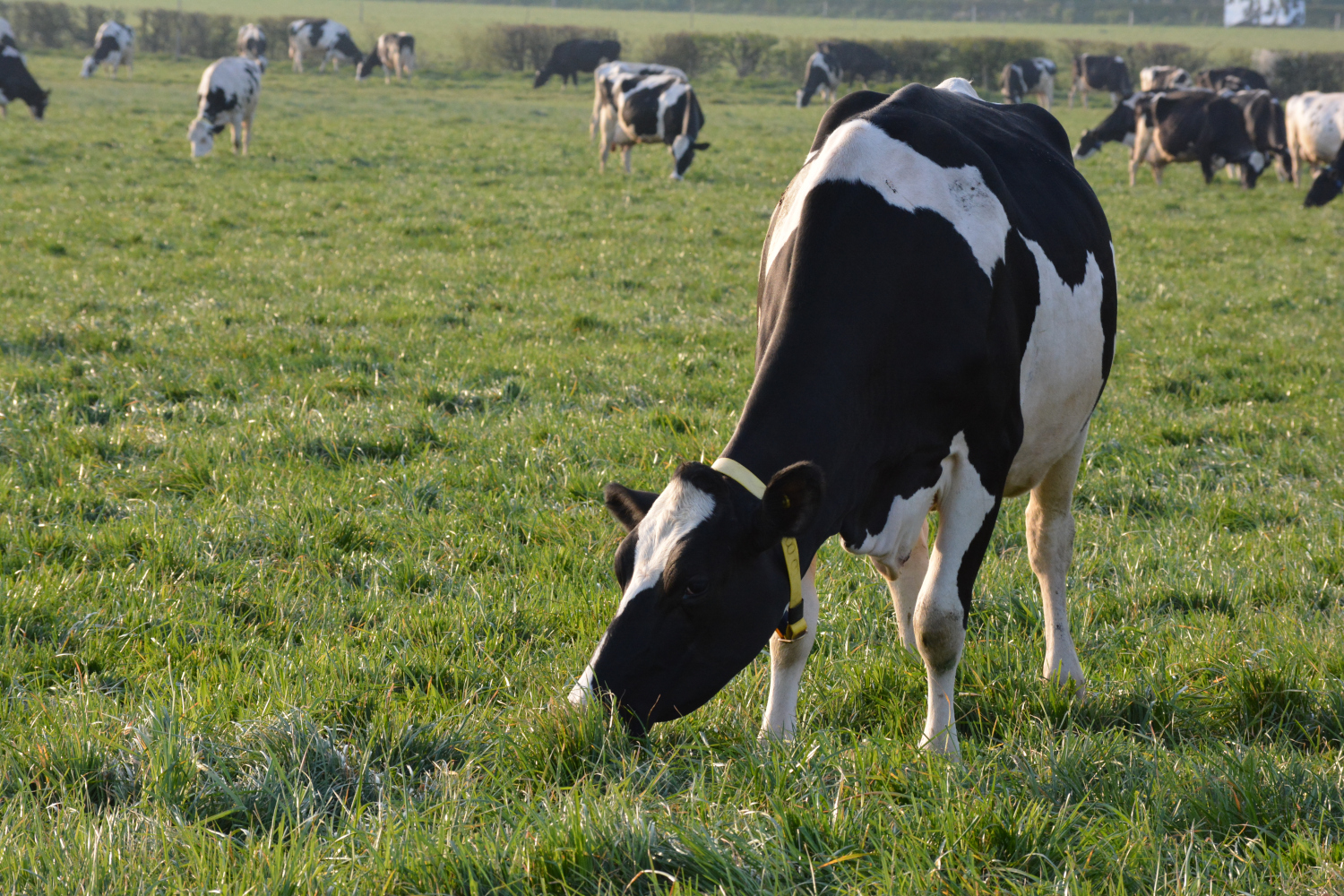
Happy cows
